May 14 - 20, 2017: Issue 312
A Historic Catalogue And Record Of Pittwater Art I – Of Places, Peoples And The Development Of Australian Art And Artists
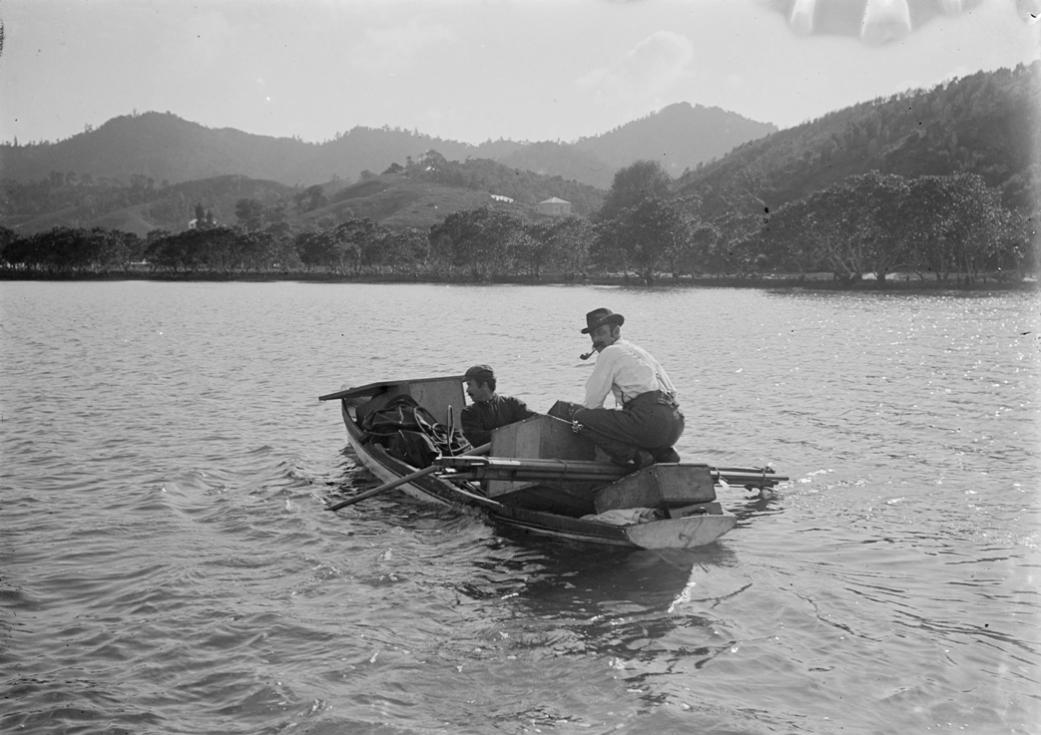
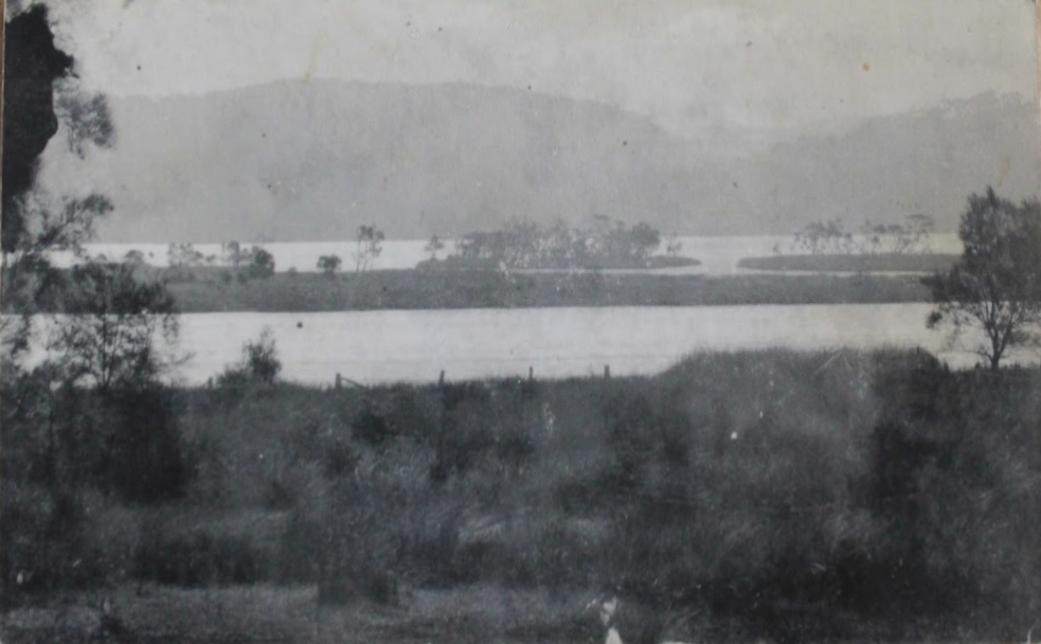
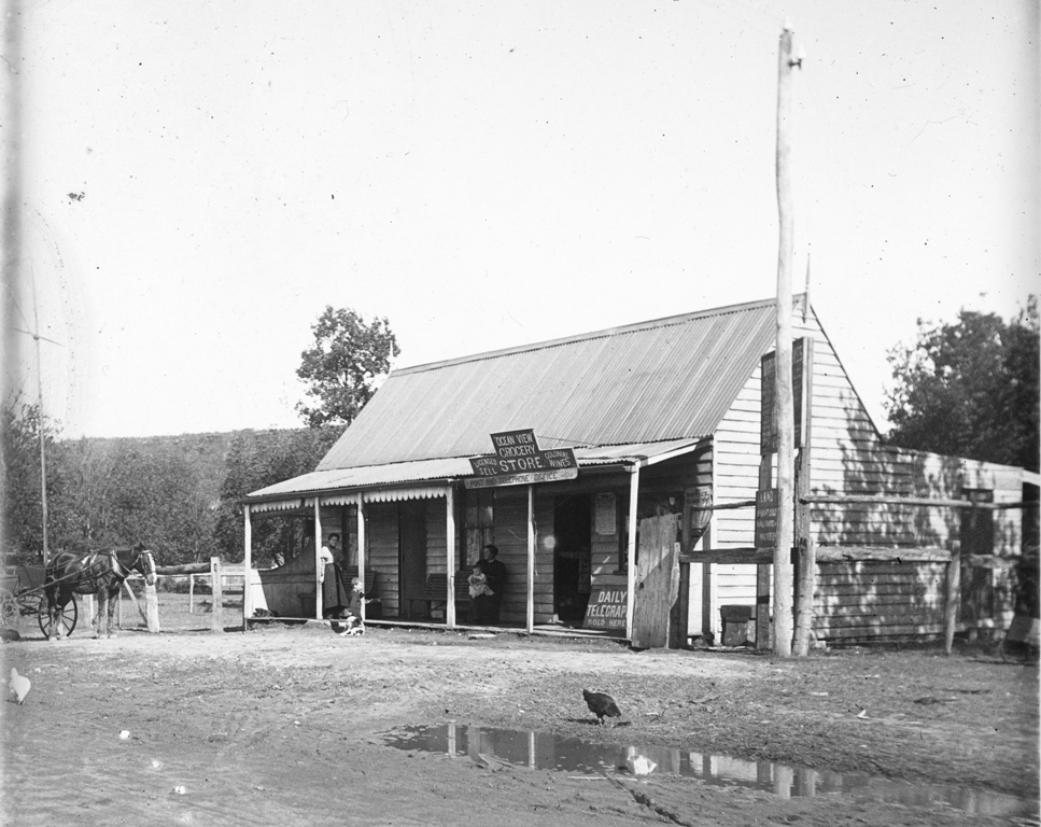
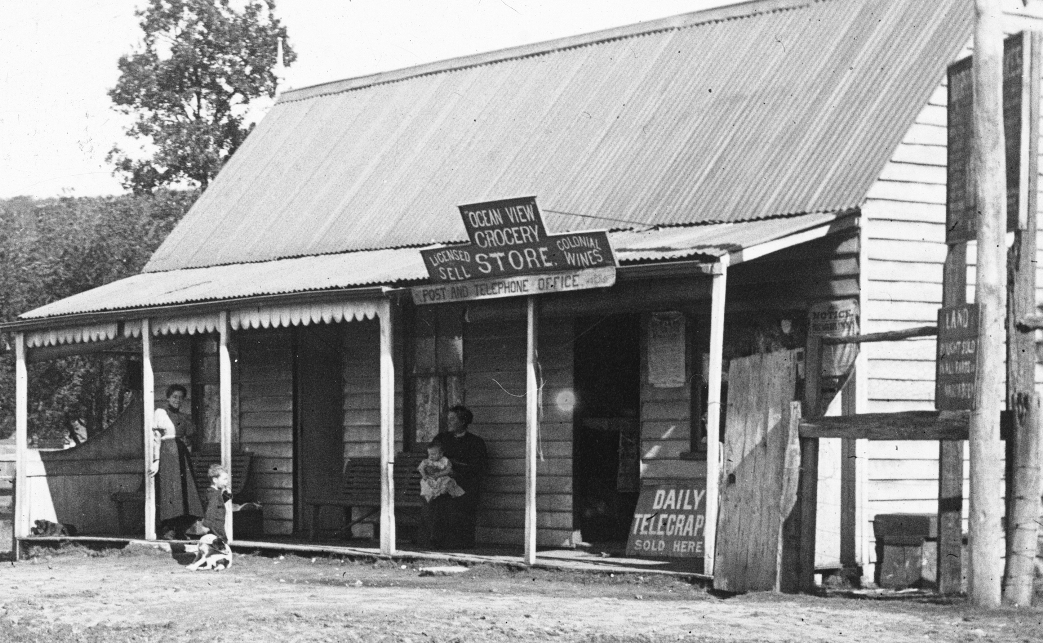
Narrabeen Art From 1876/1877 Engraving Used To Illustrate An Article - Note Spelling: 'Narrabean'
SCENE ON NARRABEAN LAGOON.
Narrabean And Mona Vale.
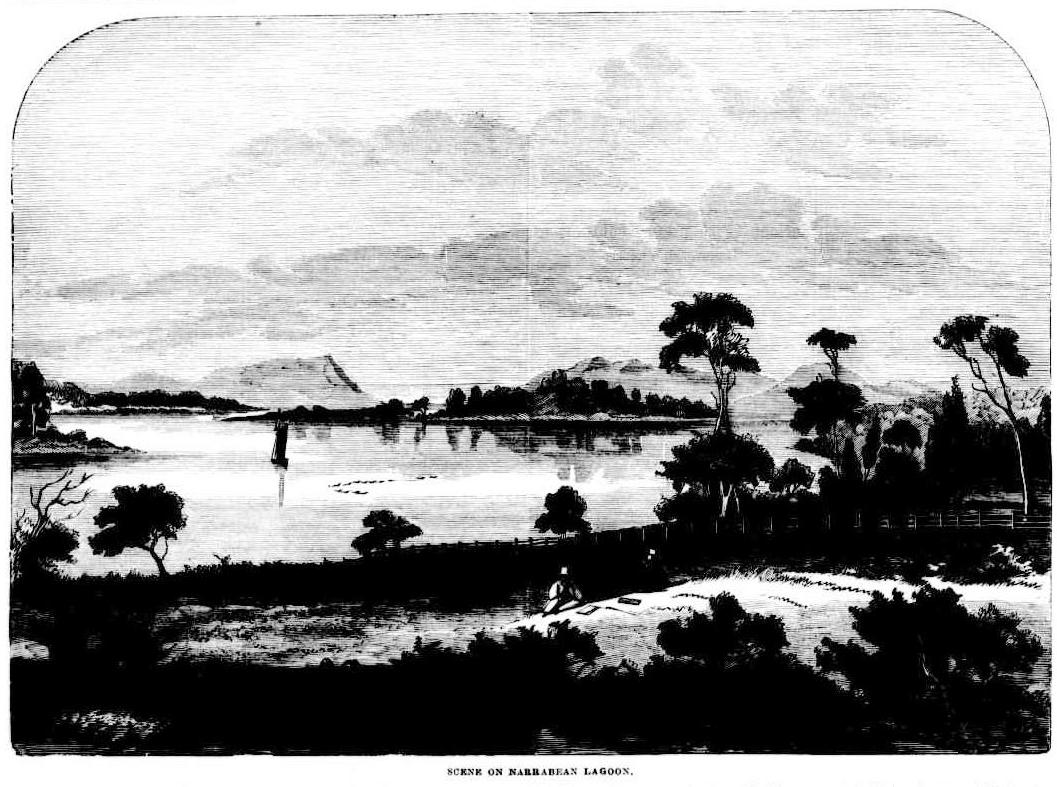
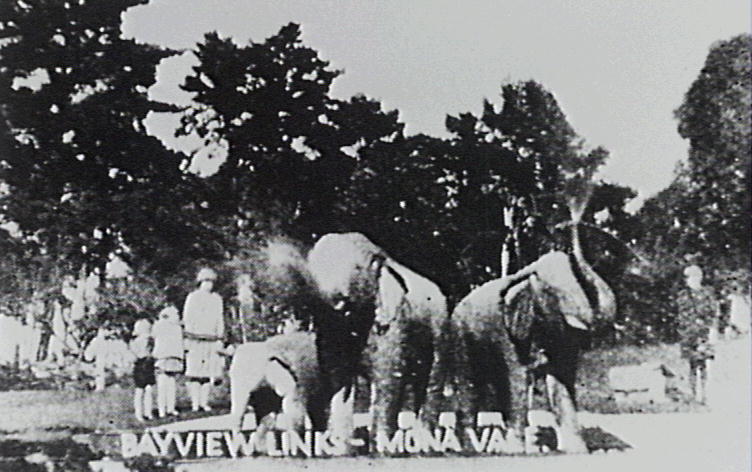
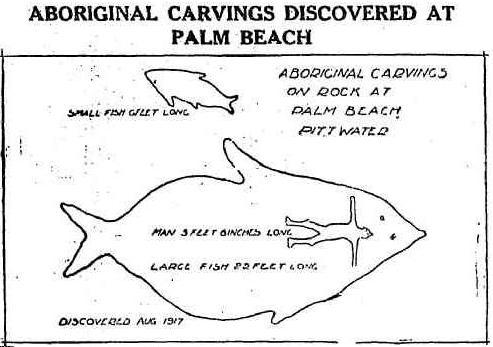 Sir,-I enclose a copy of some aboriginal carvings at Palm Beach, which should be of Interest to the public The outline drawings represent two kinds of fish and a man, cut on a flat rock; on the hill between Sand Point, Pittwater, and Cabbage Tree. Boat Harbour, Palm Beach, Barranjoey. The fish measures 22ft, the man 6ft 6in, and the smaller fish 6ft
Sir,-I enclose a copy of some aboriginal carvings at Palm Beach, which should be of Interest to the public The outline drawings represent two kinds of fish and a man, cut on a flat rock; on the hill between Sand Point, Pittwater, and Cabbage Tree. Boat Harbour, Palm Beach, Barranjoey. The fish measures 22ft, the man 6ft 6in, and the smaller fish 6ft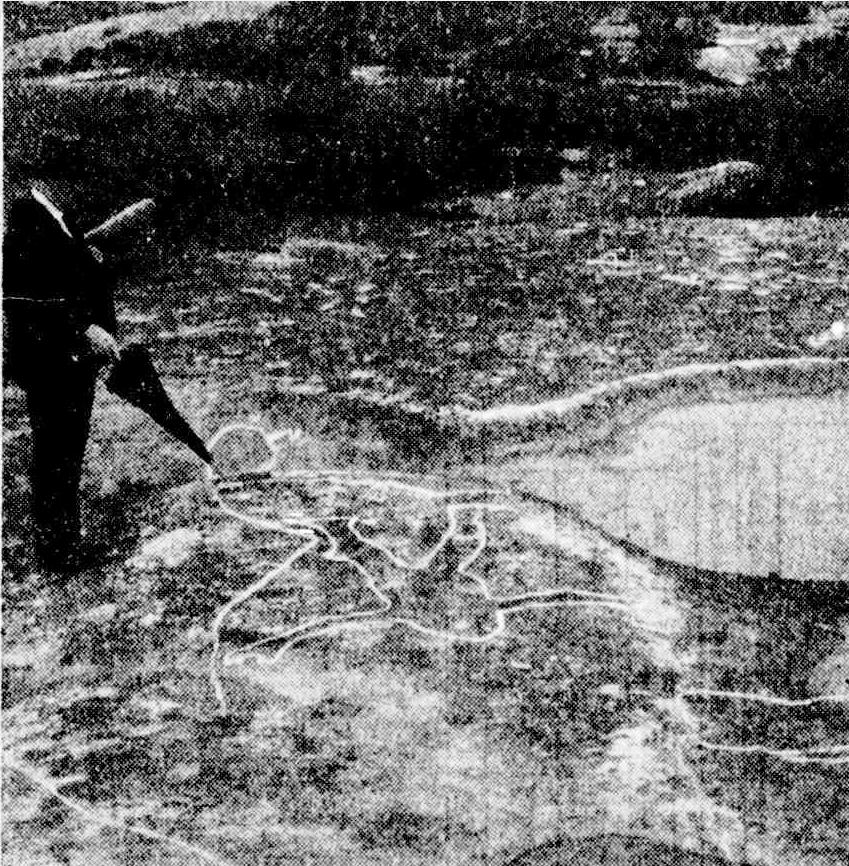
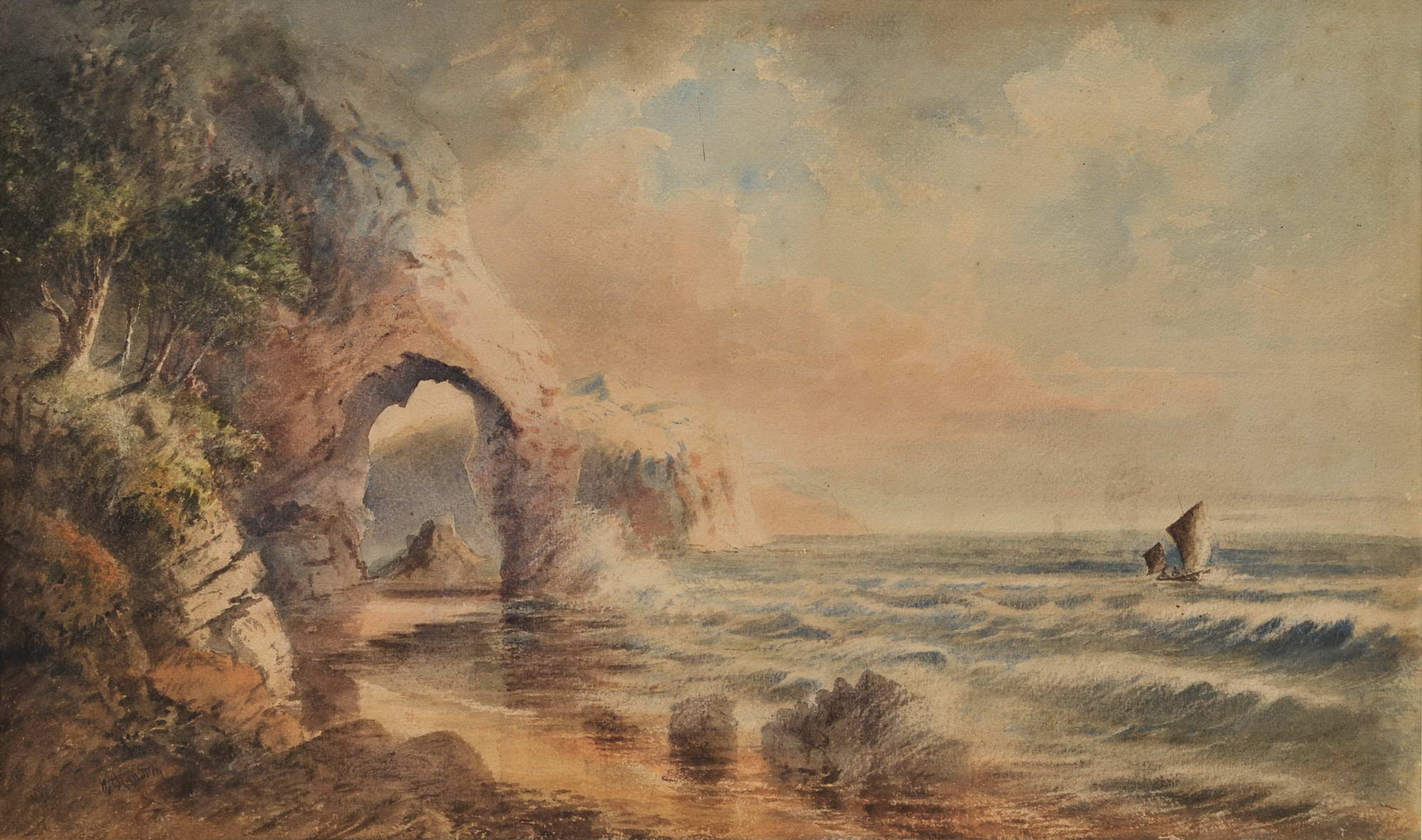
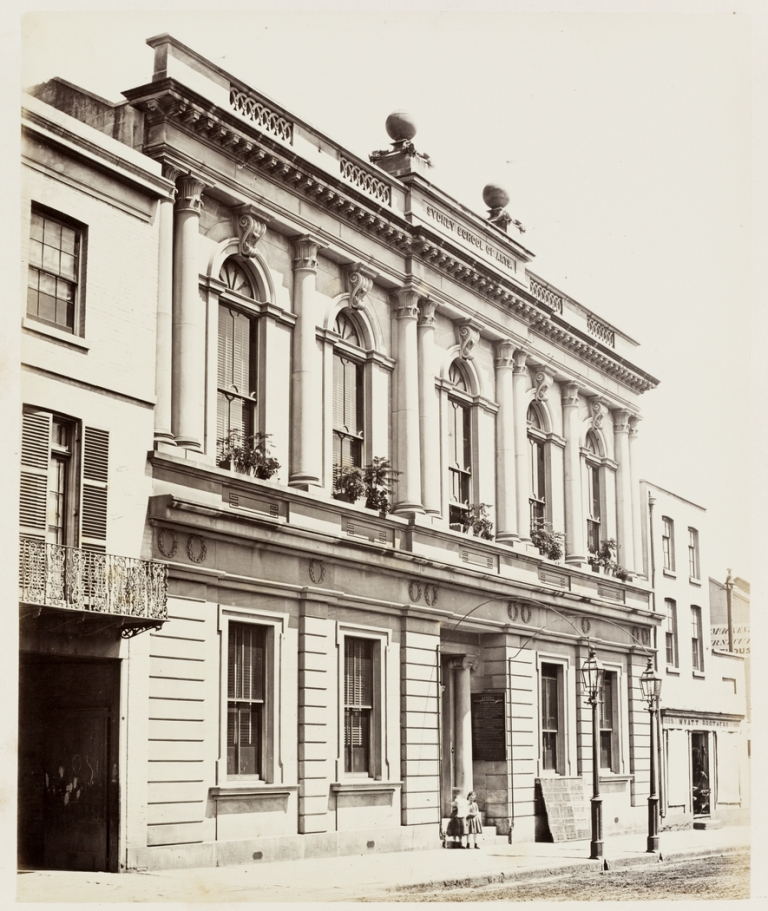
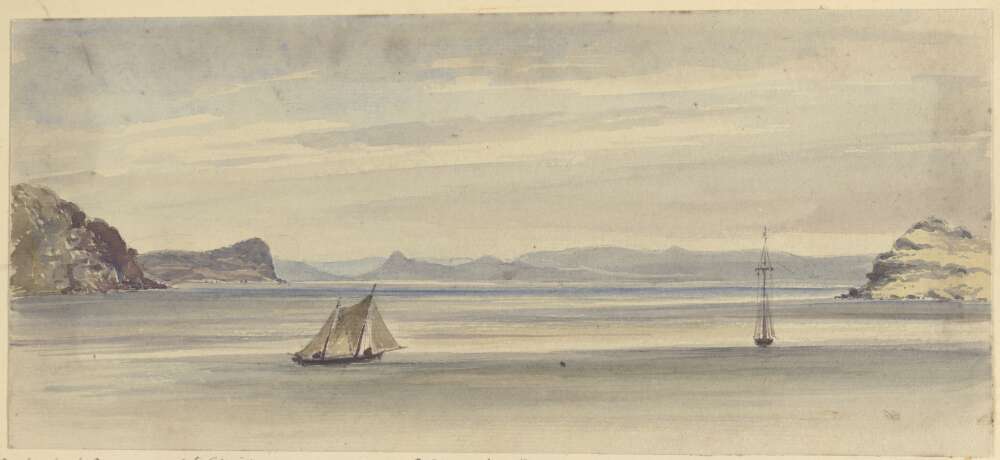
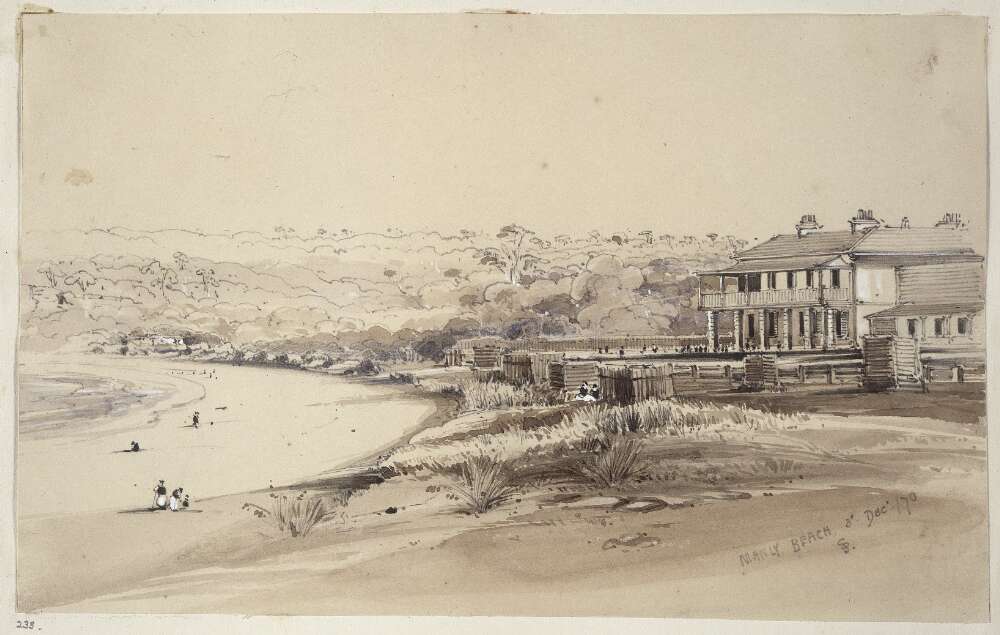
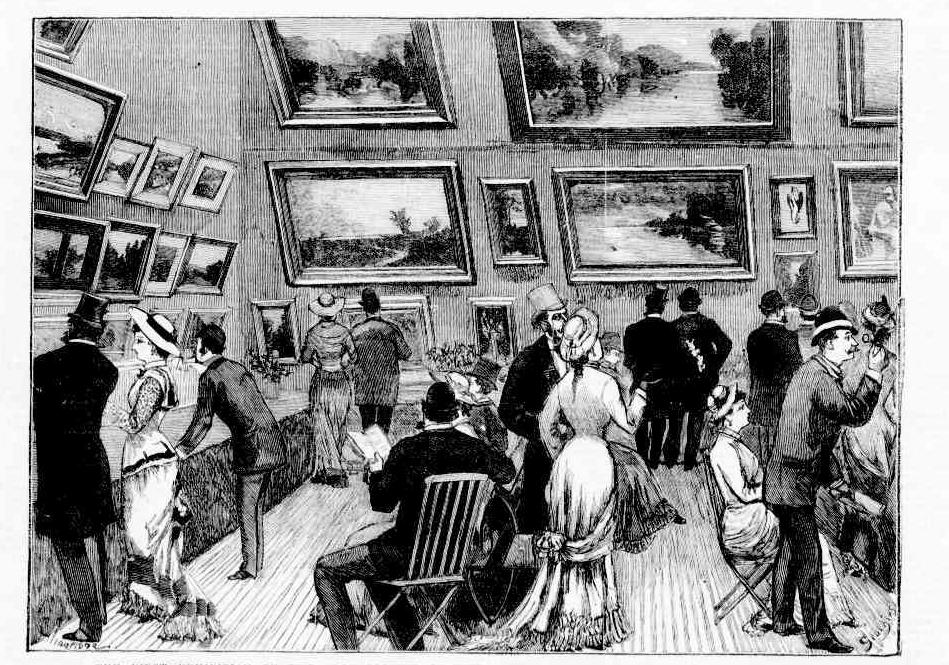
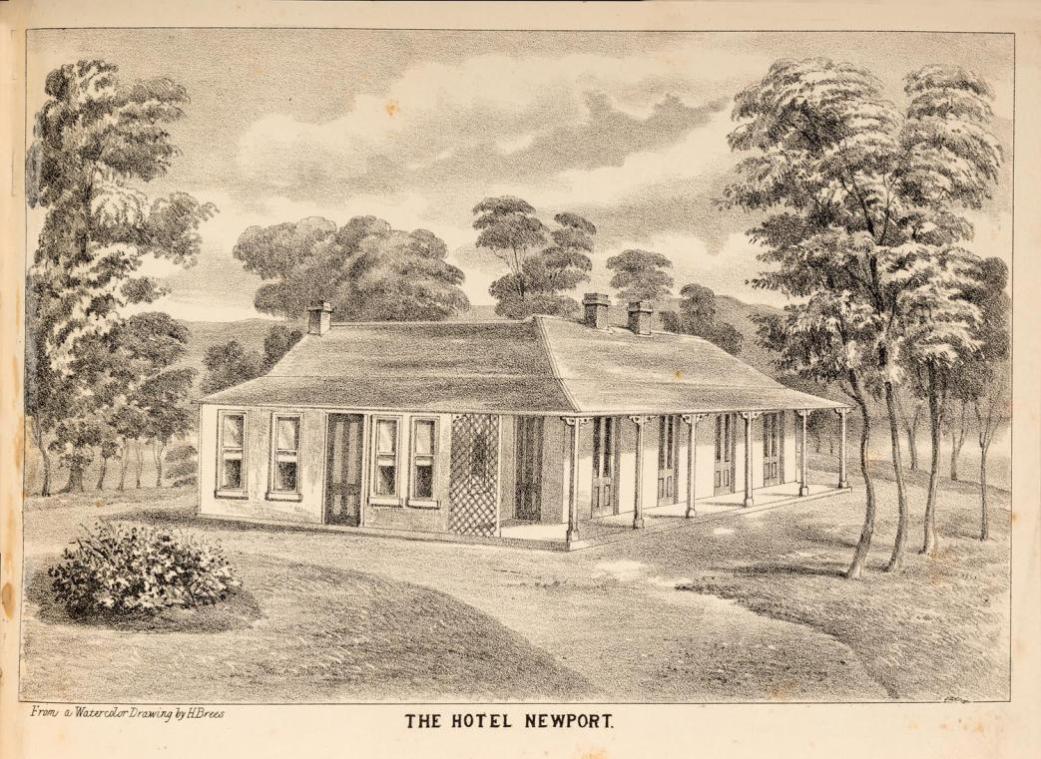
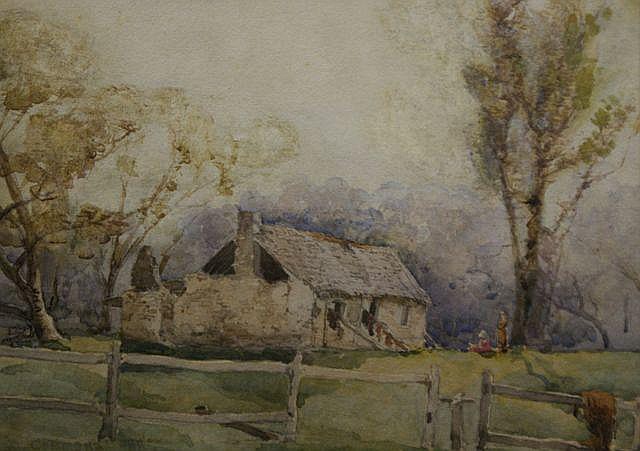
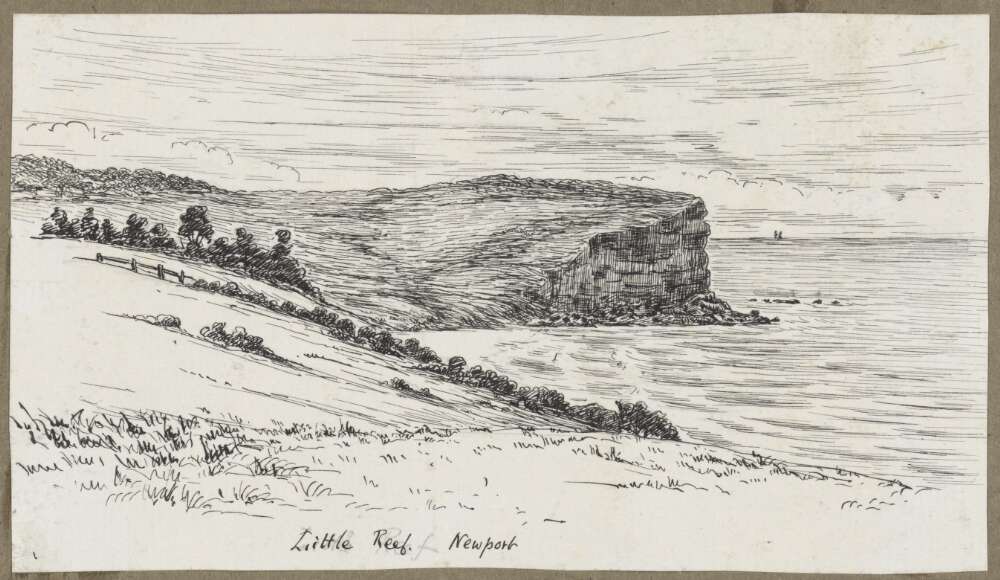
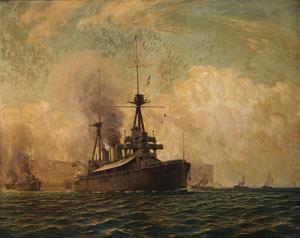 PERCY SPENCE.
PERCY SPENCE.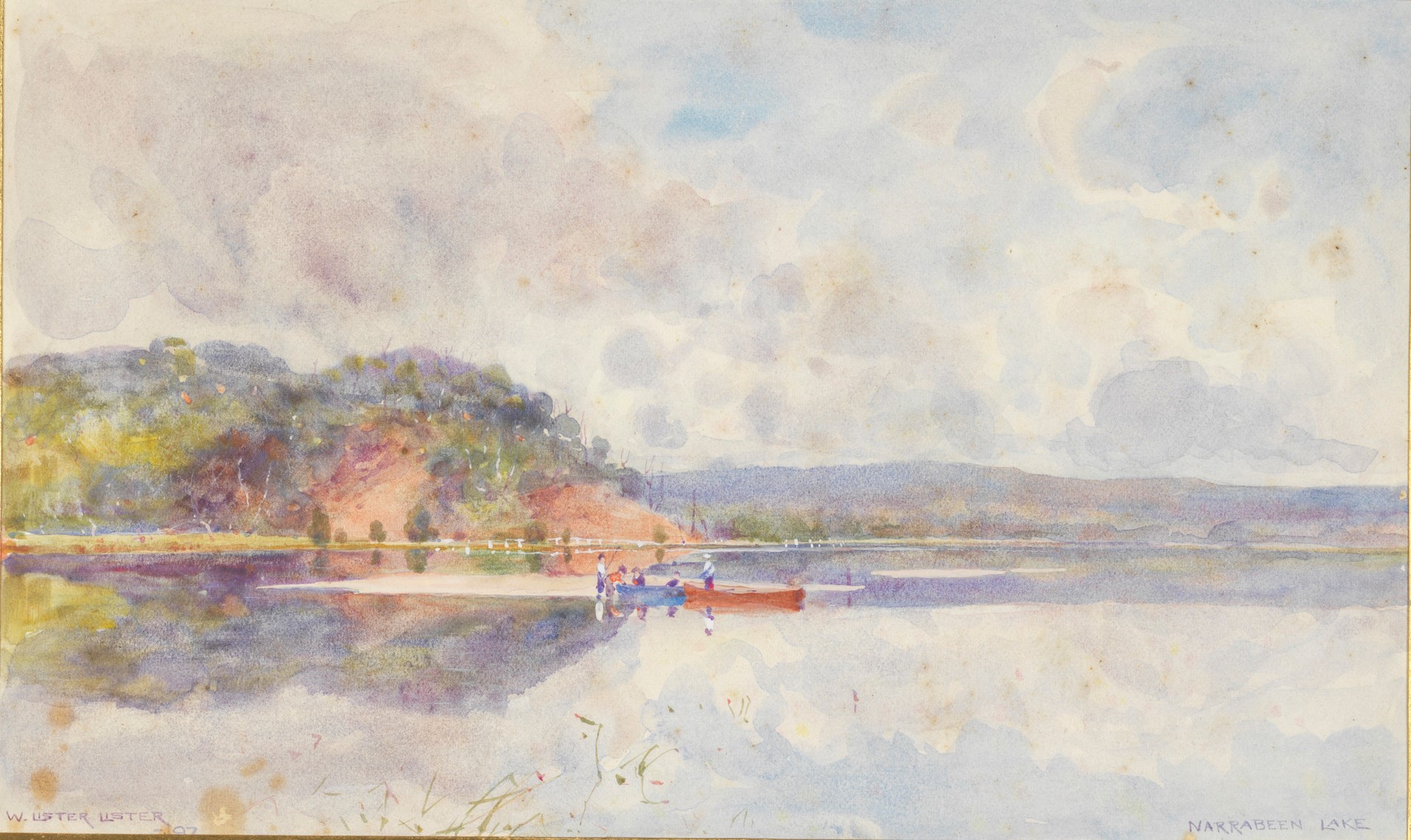
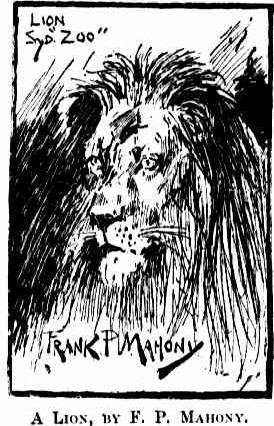
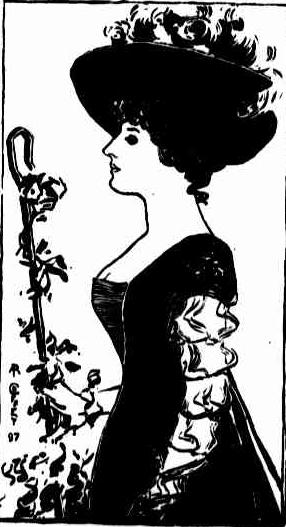
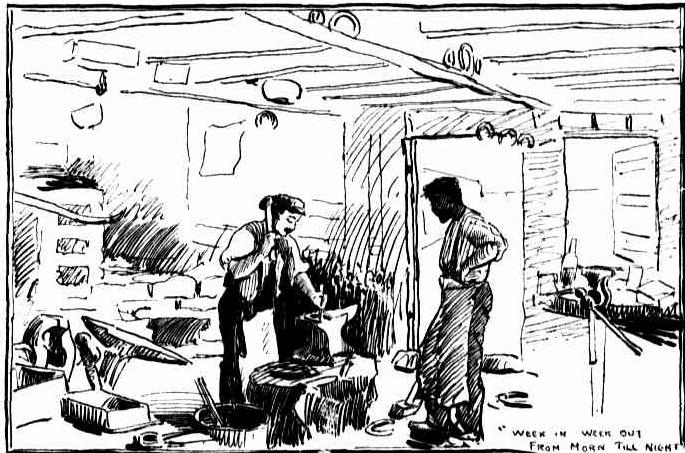
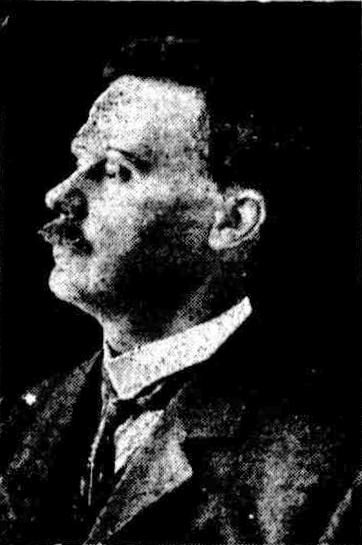
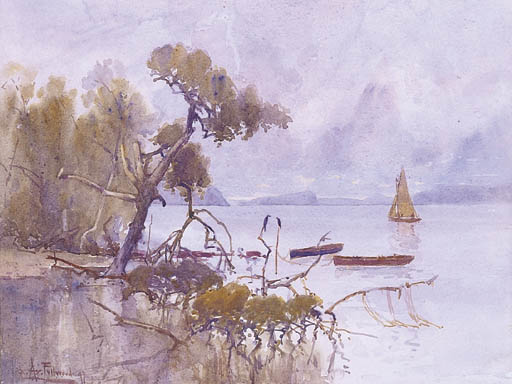
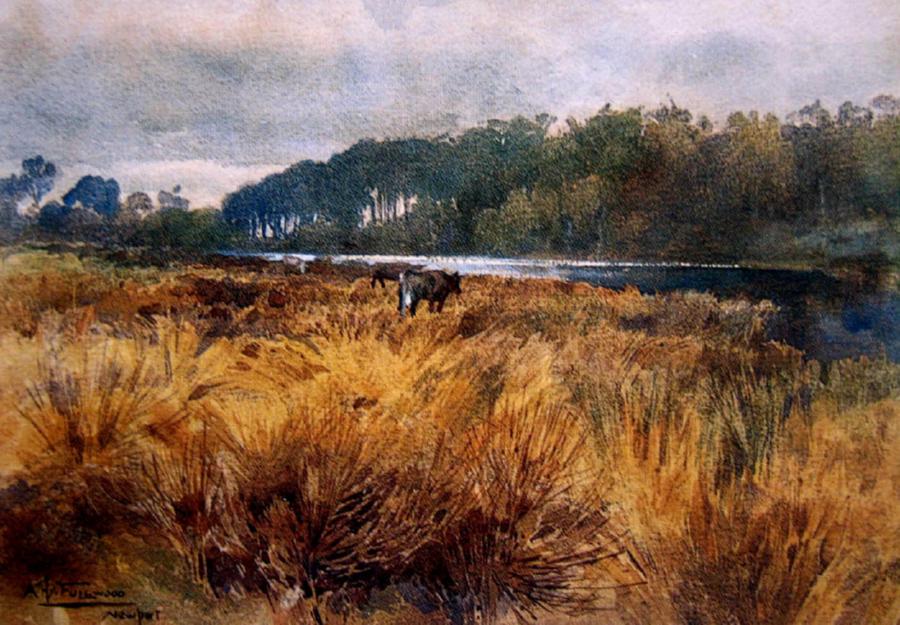
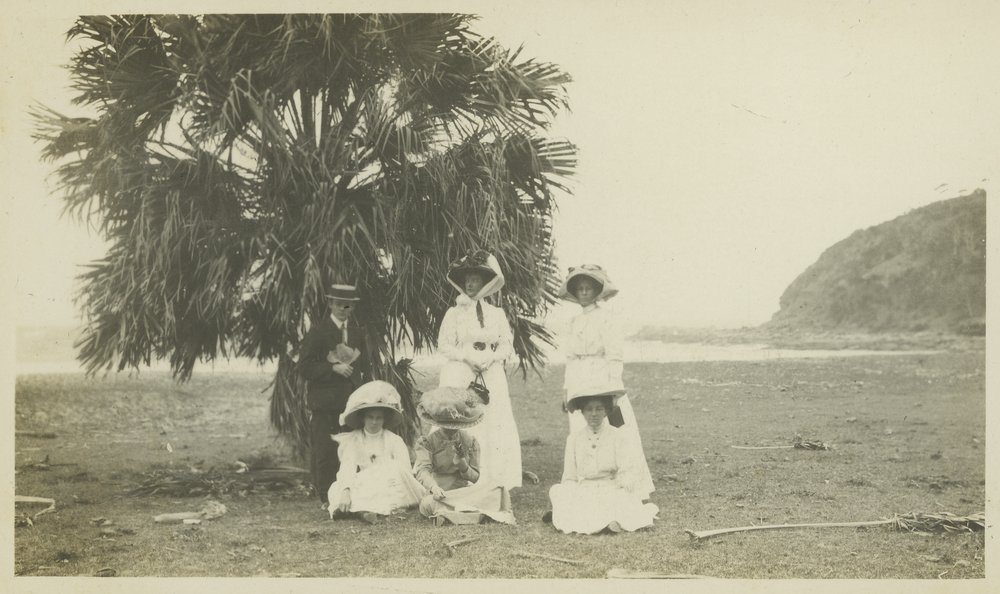
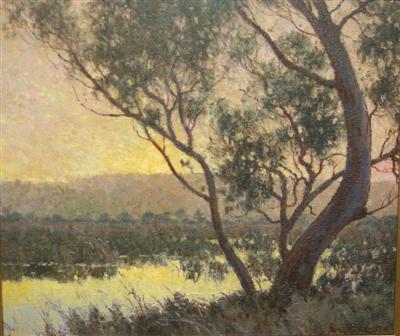
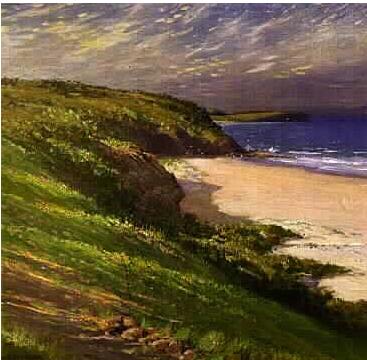
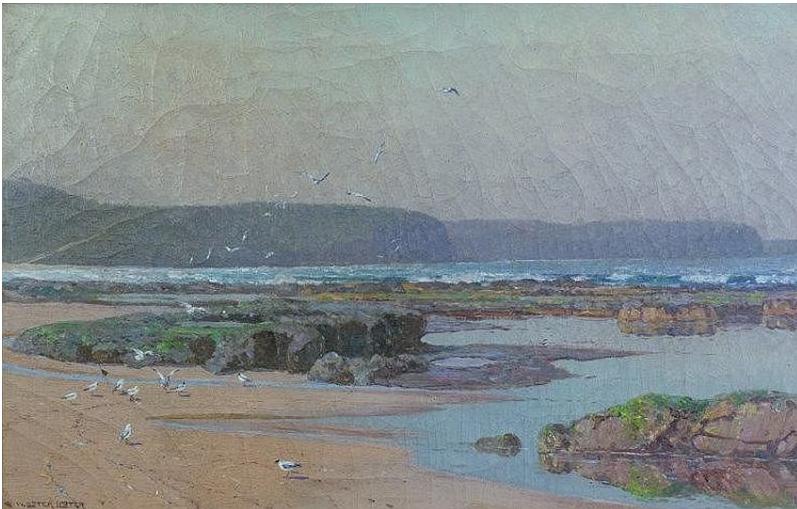
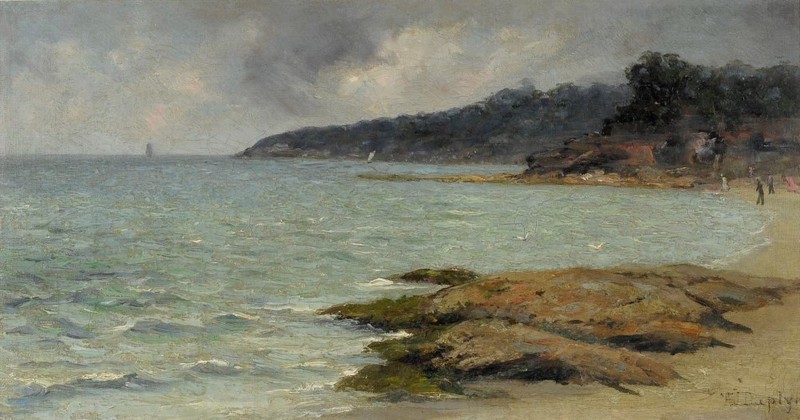
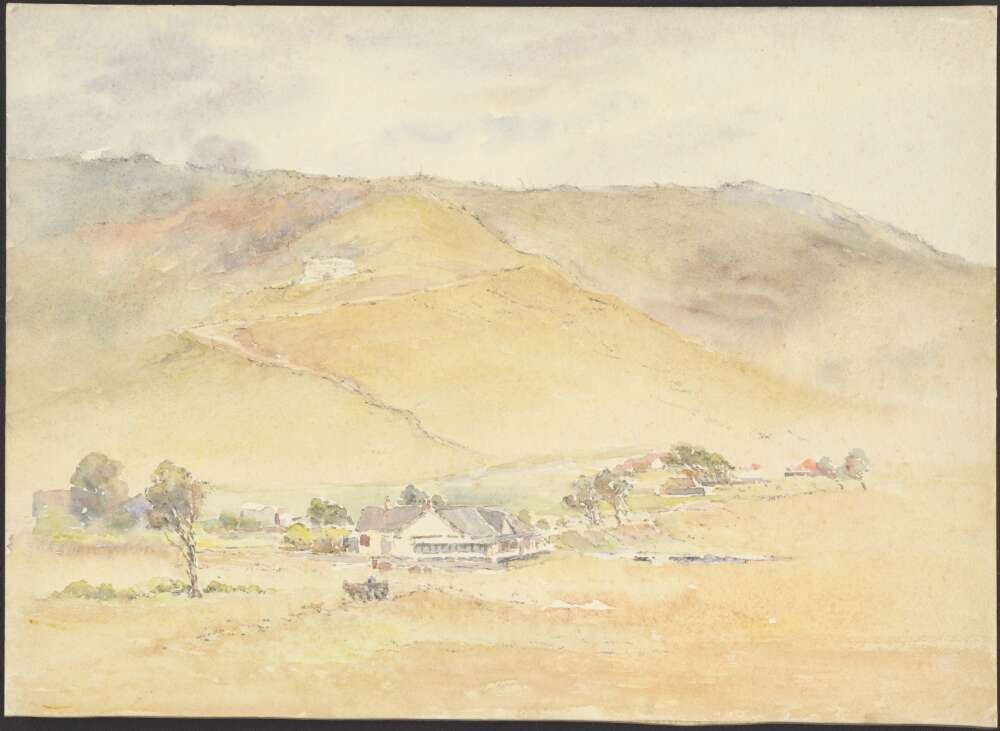
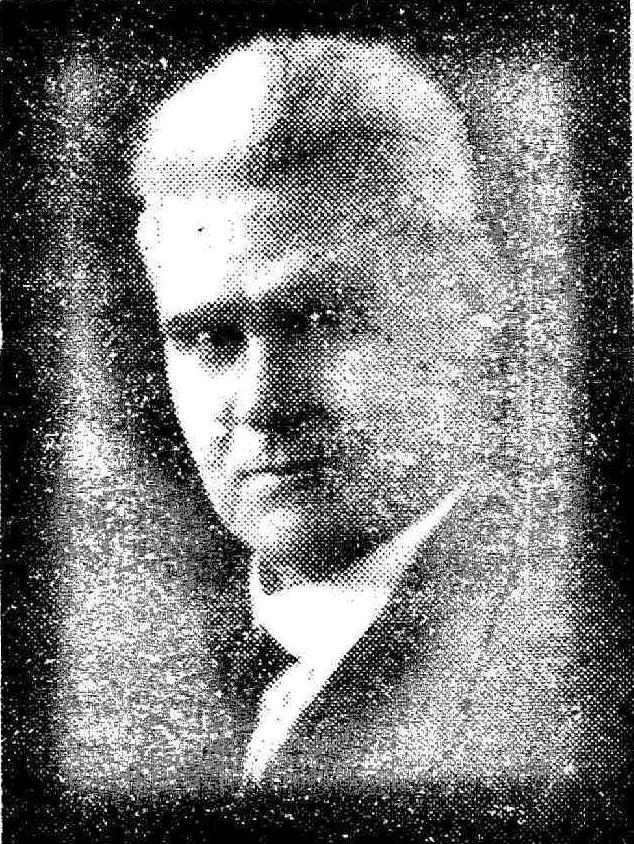

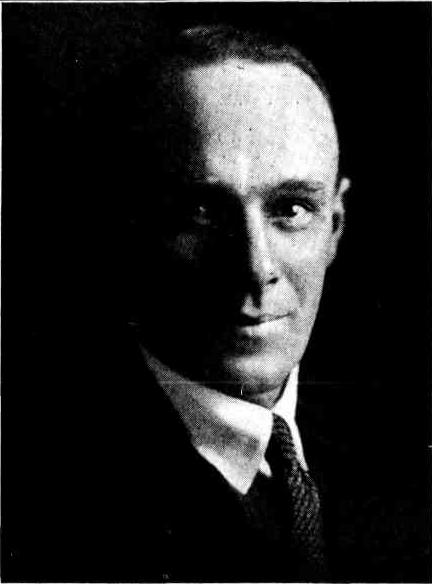
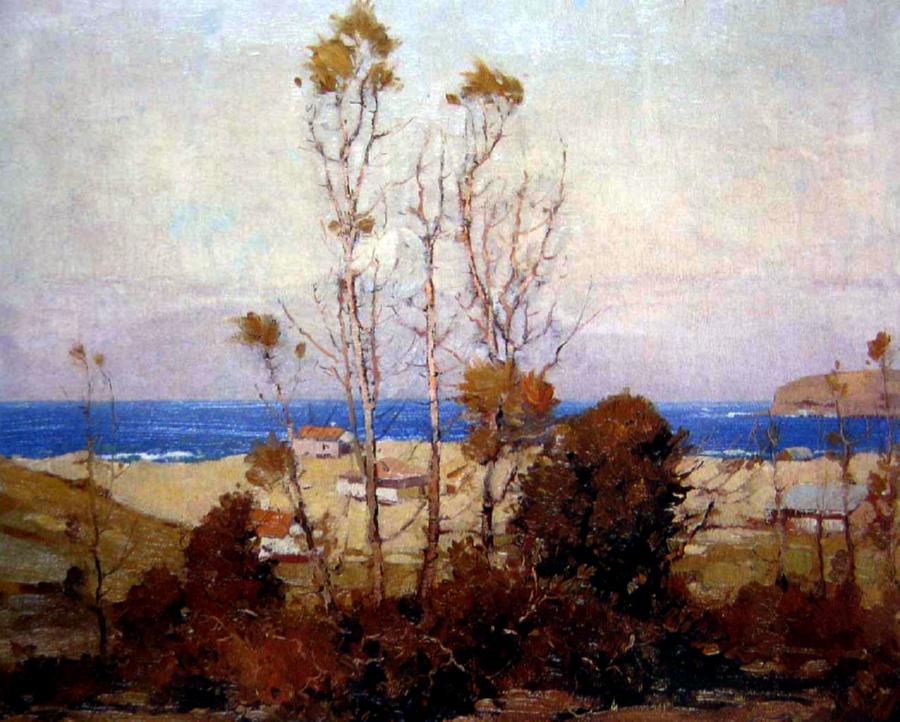
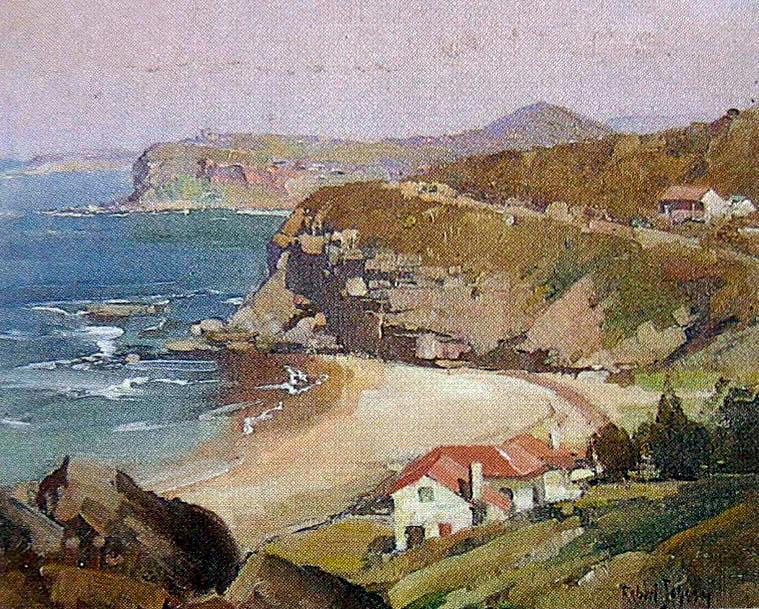
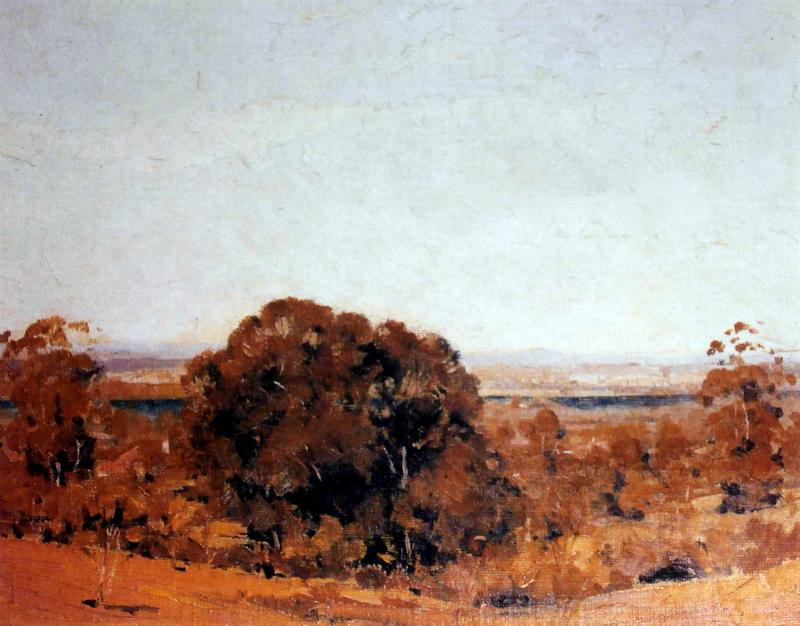
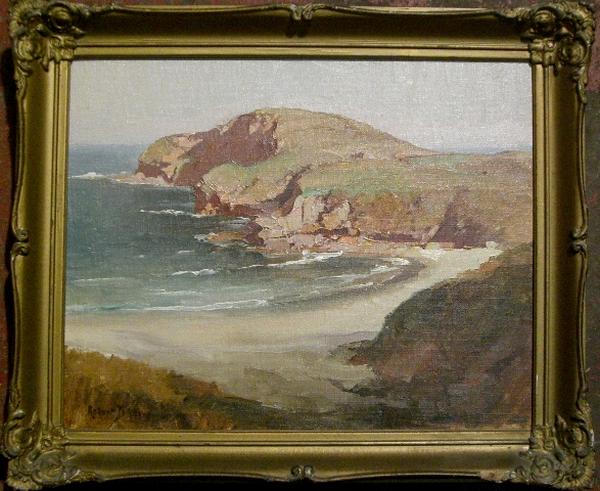
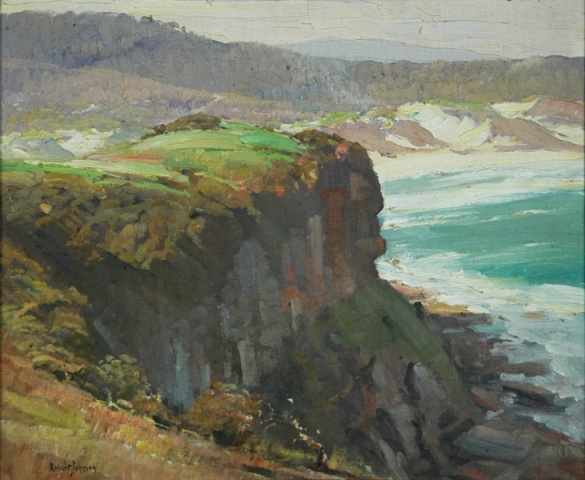
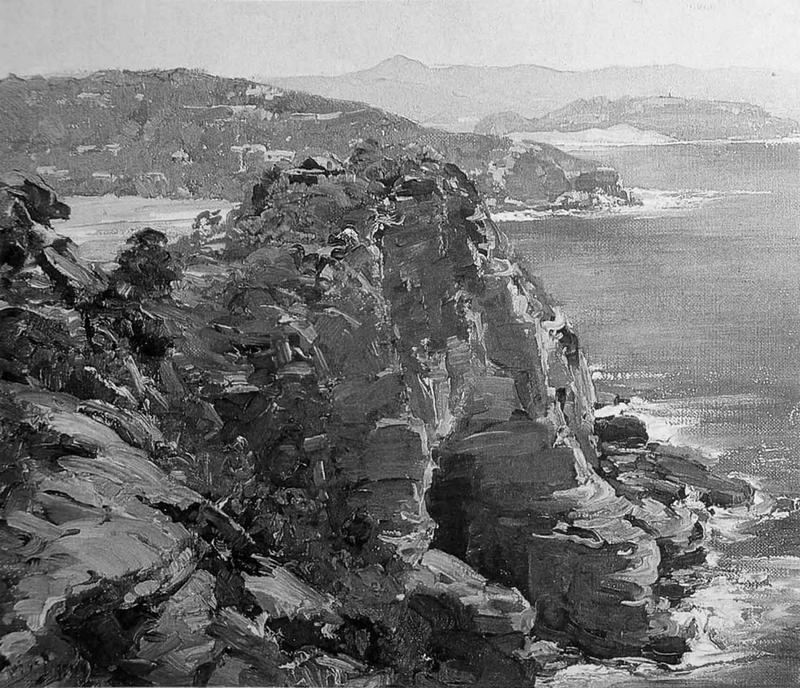
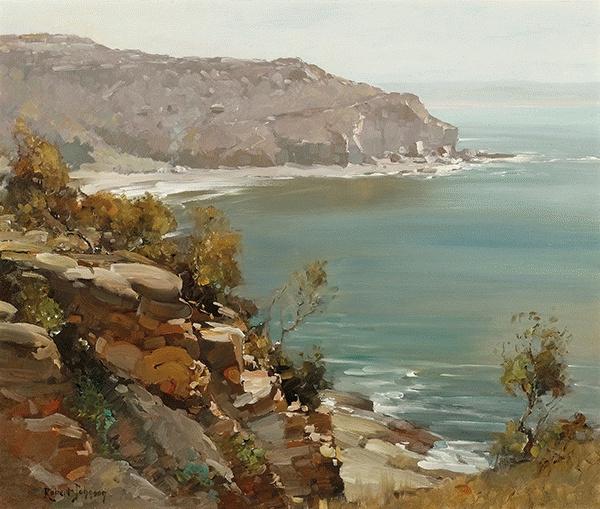
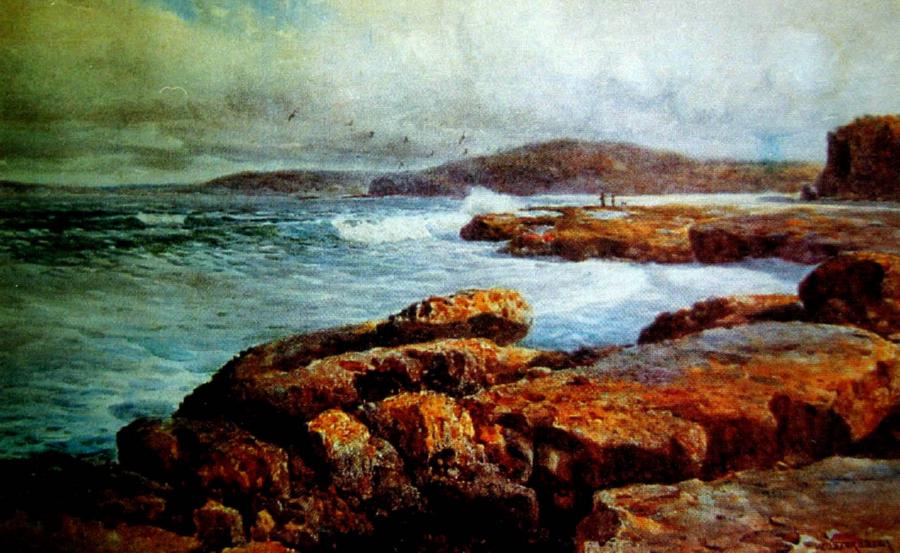
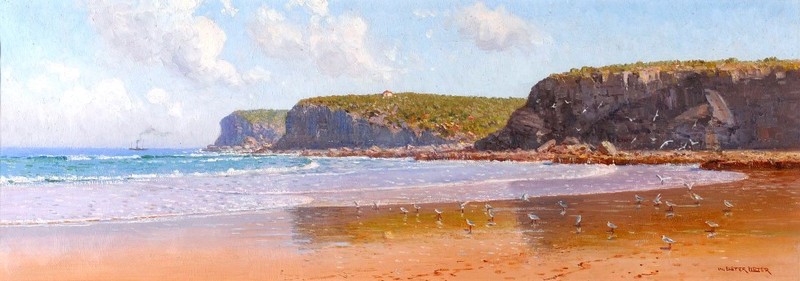
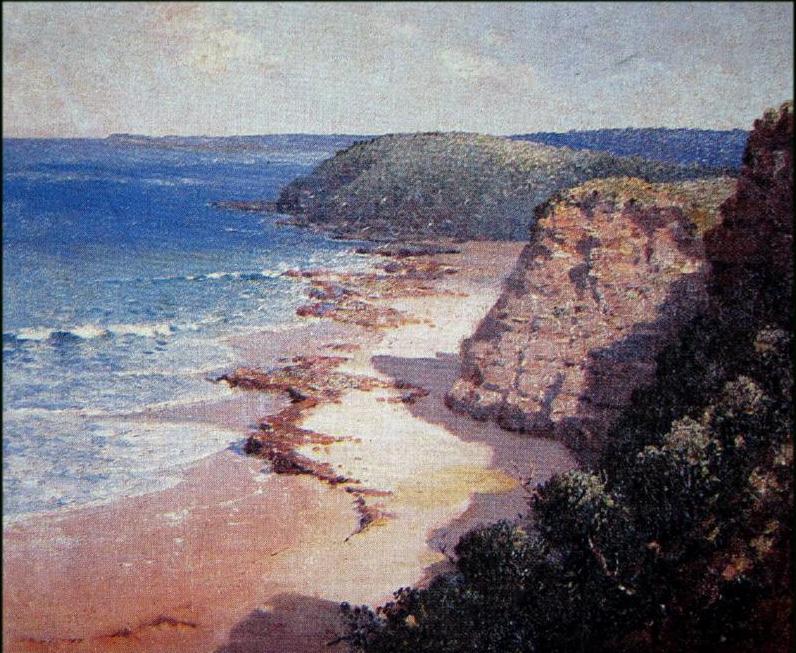
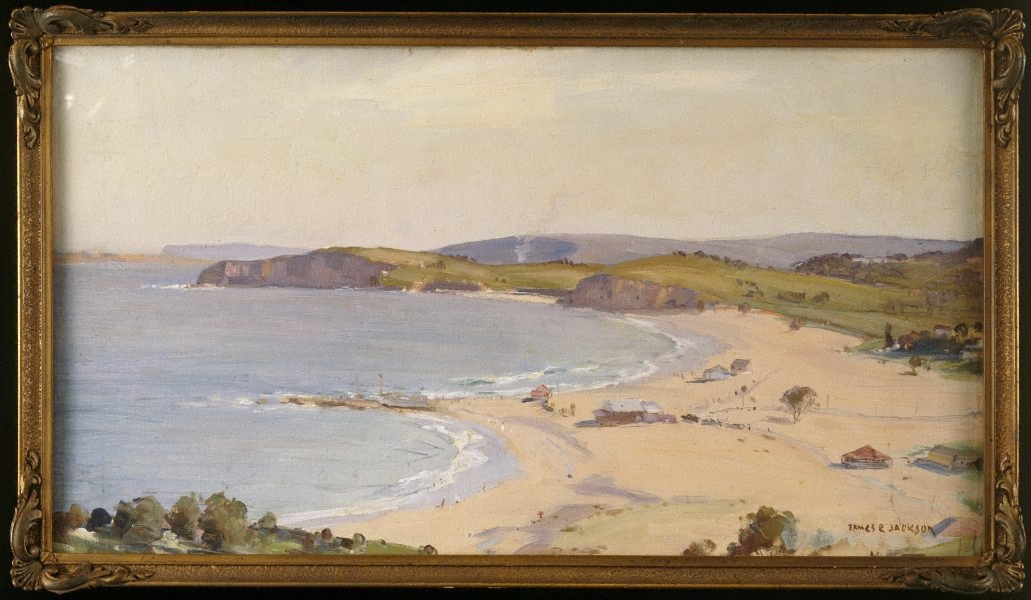
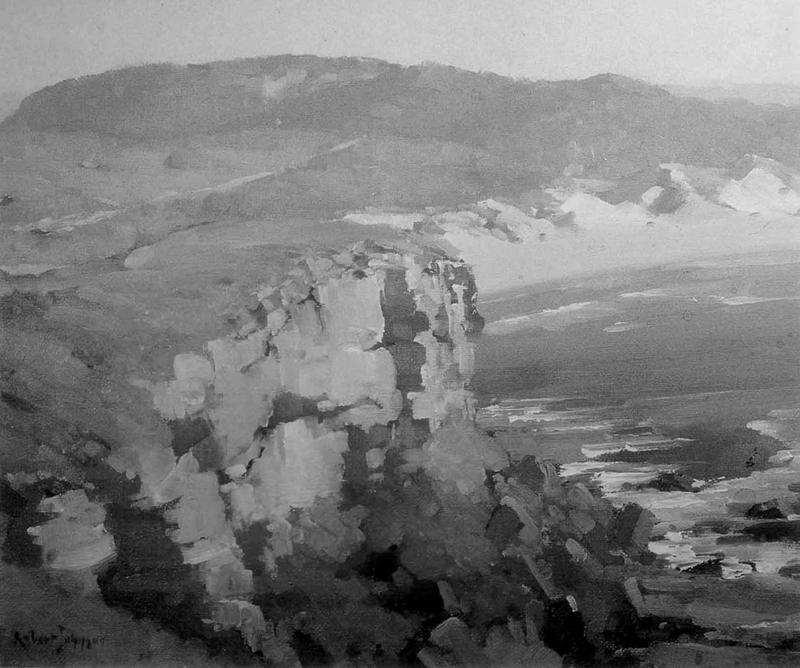
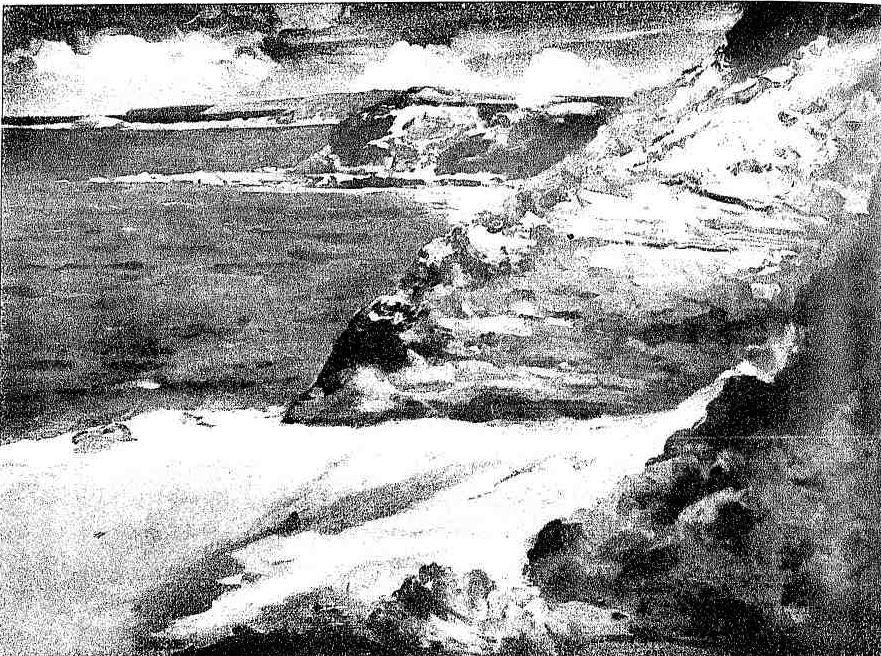
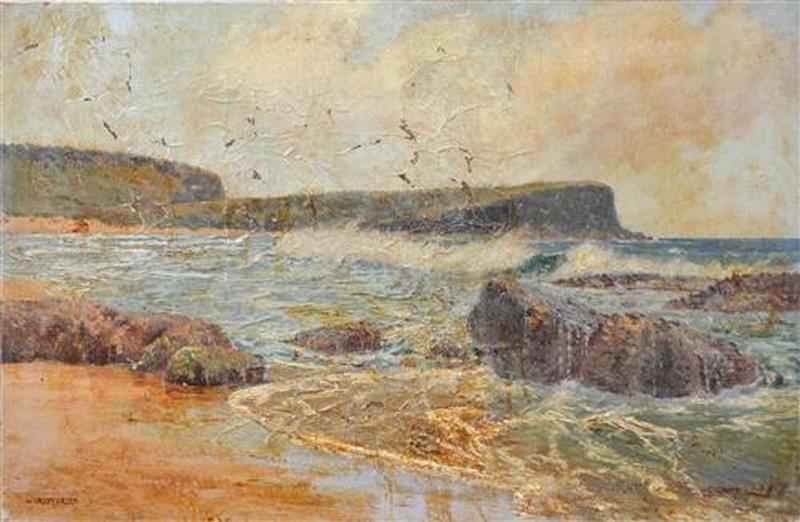
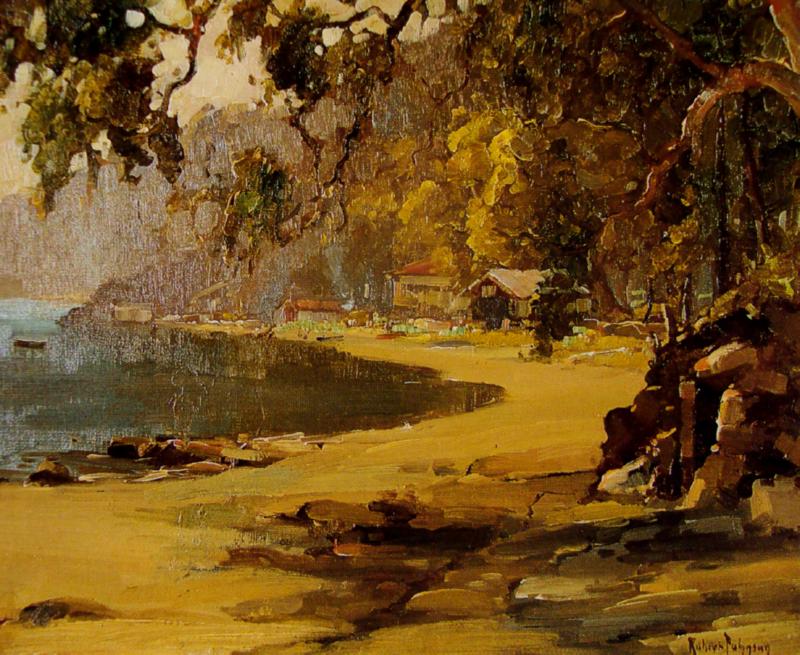
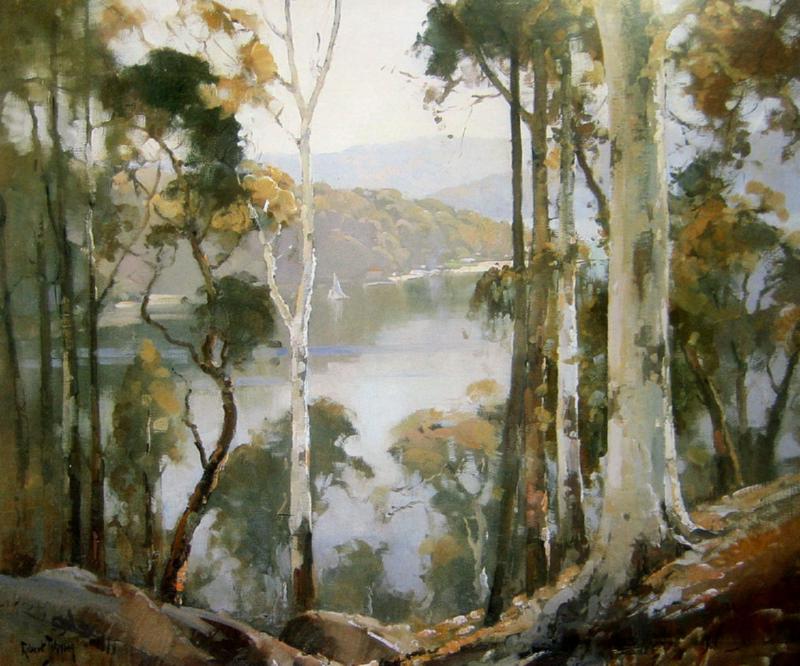
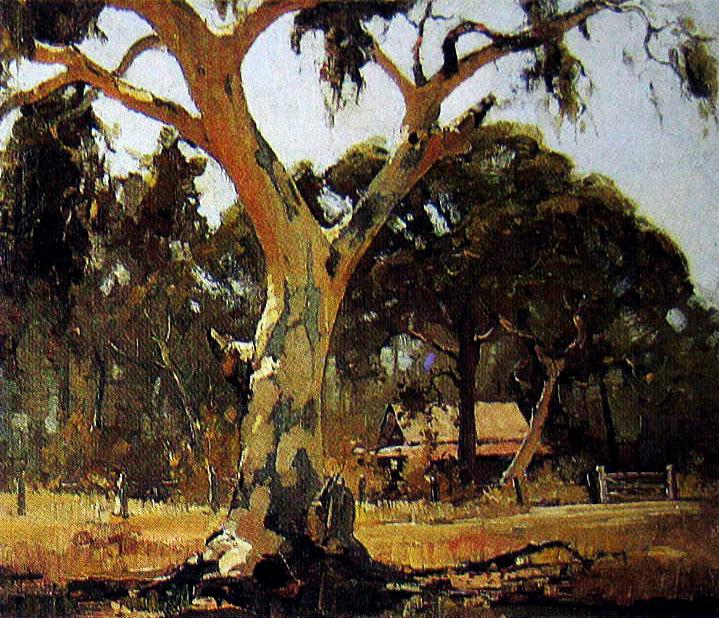
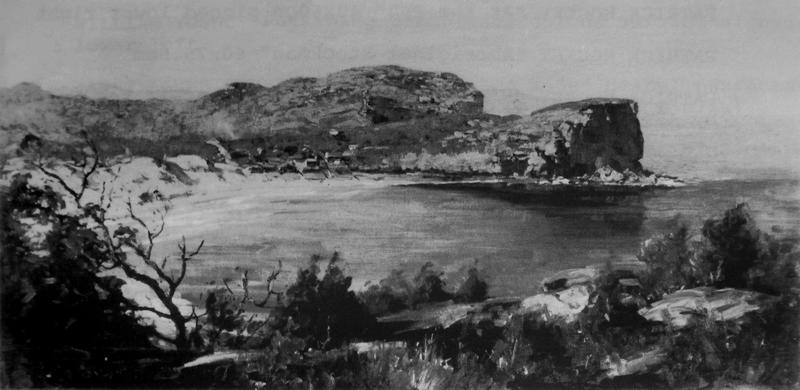
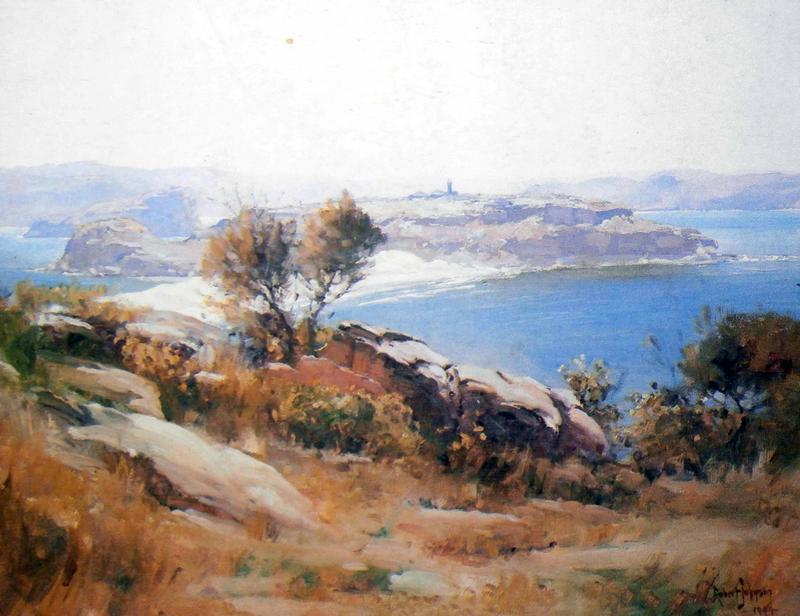
What About The Girls?
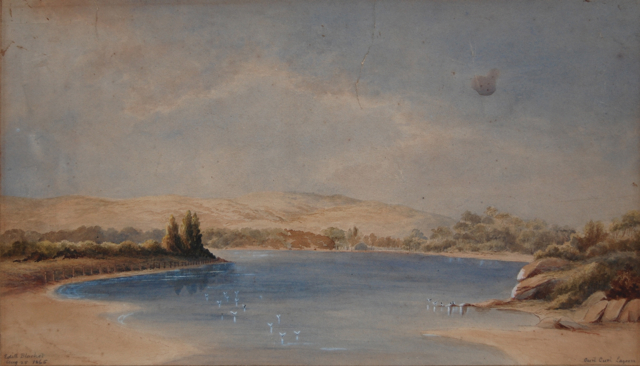
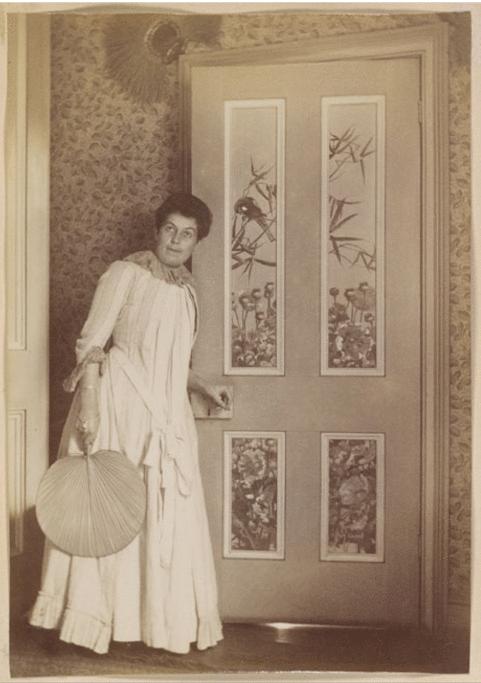 Madame Constance Roth.
Madame Constance Roth.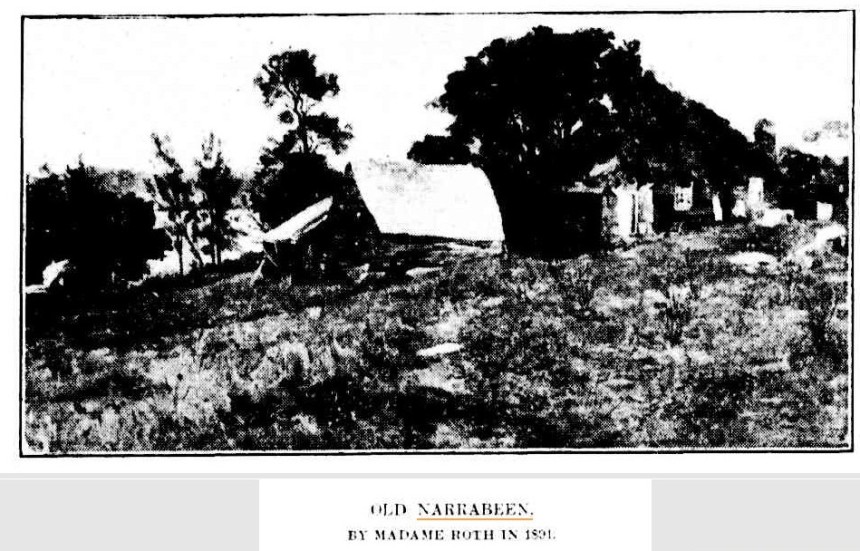
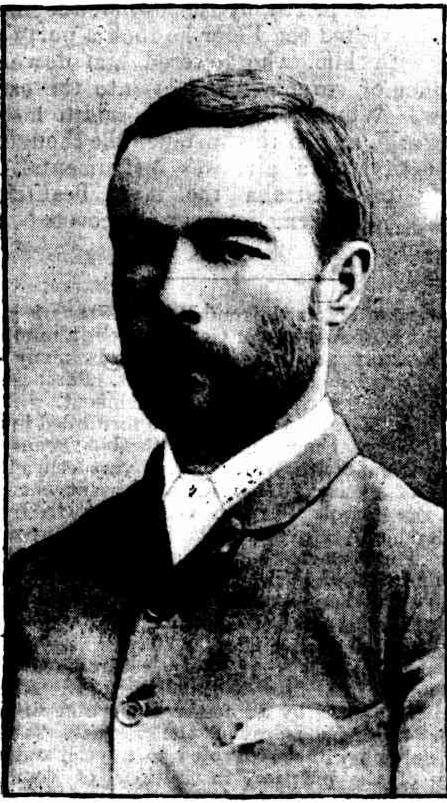
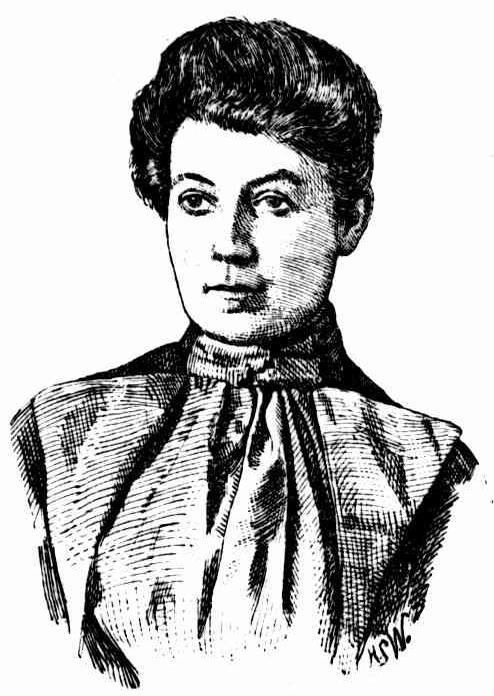
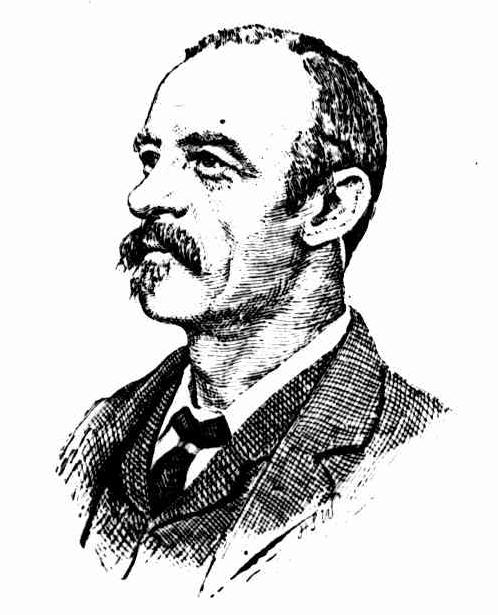
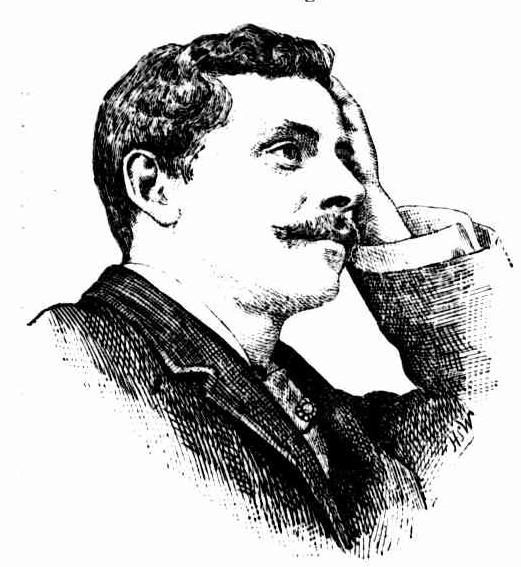
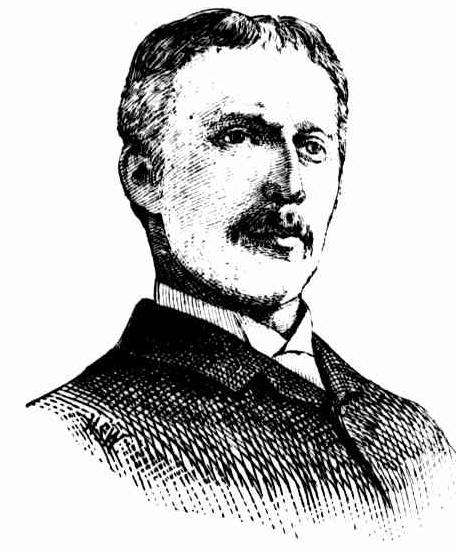
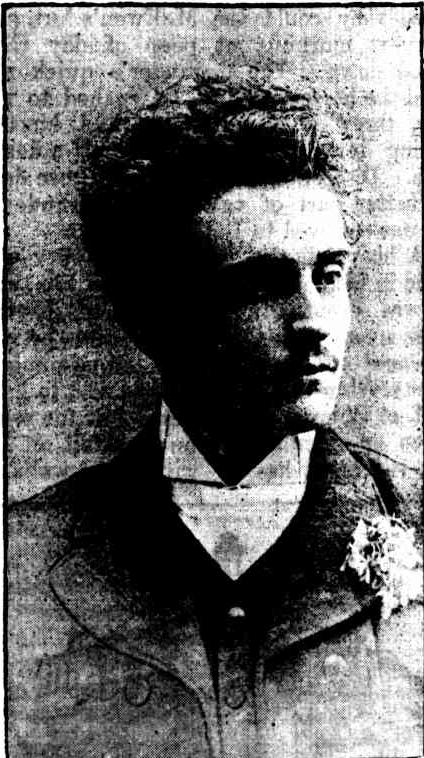
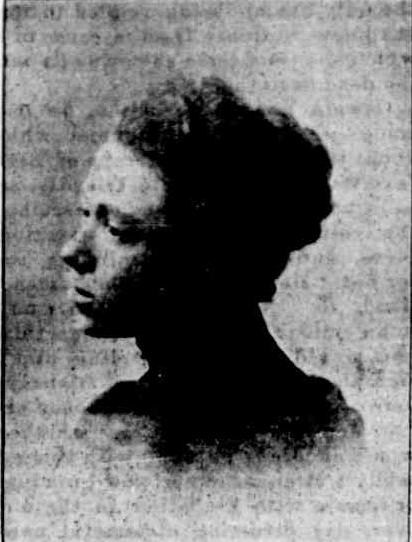
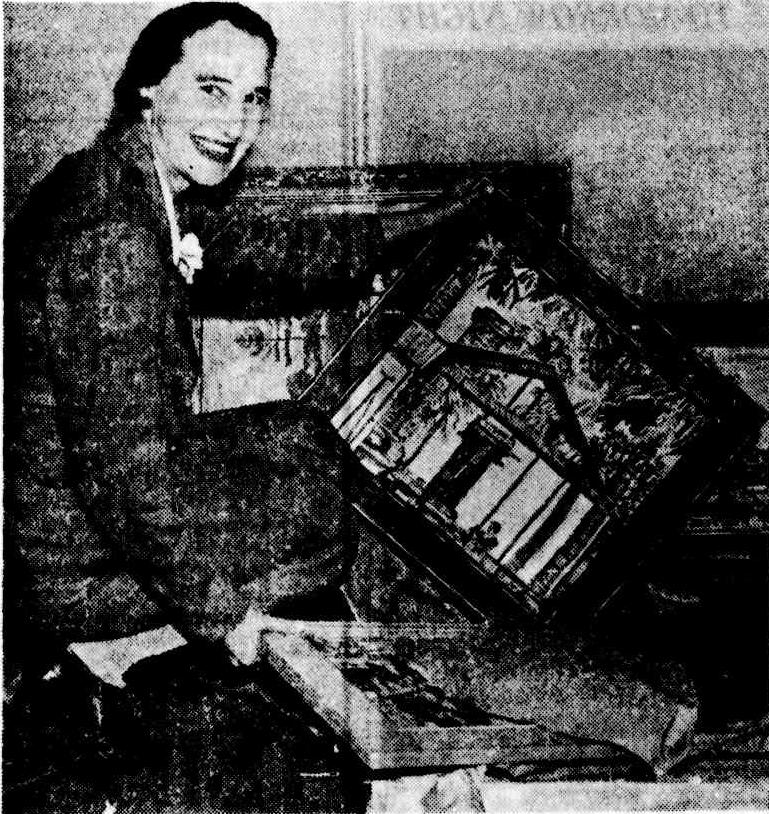
A Shift In Tides: Into The Surf We Go Whenever We Want To - Swim Where You Like!
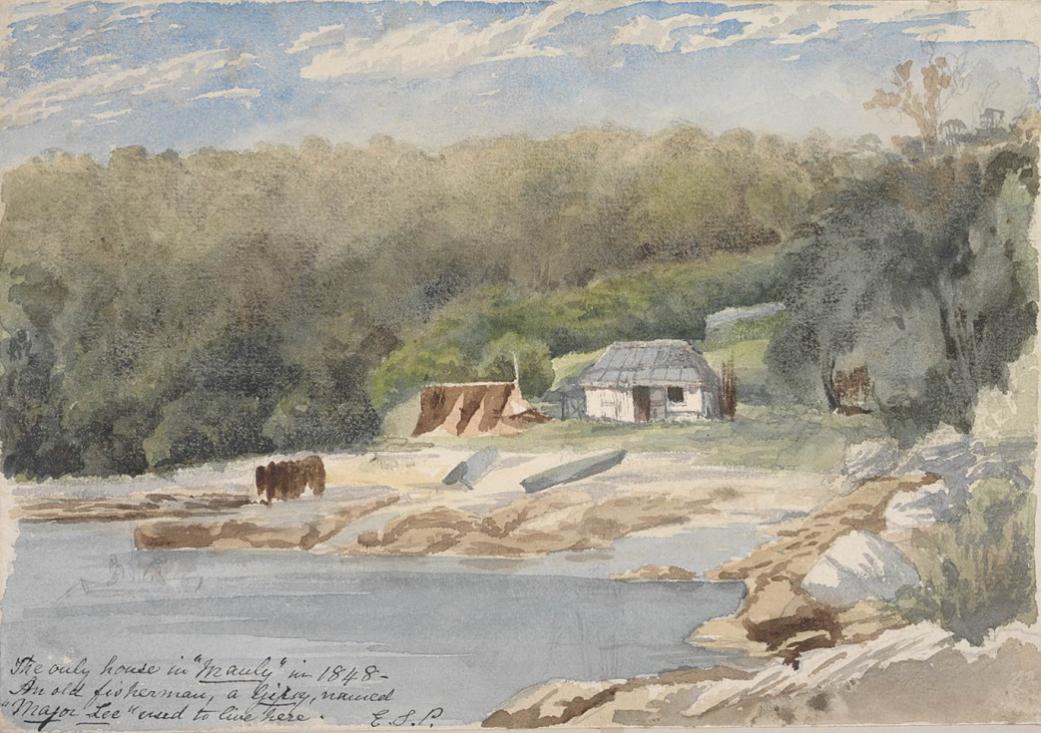
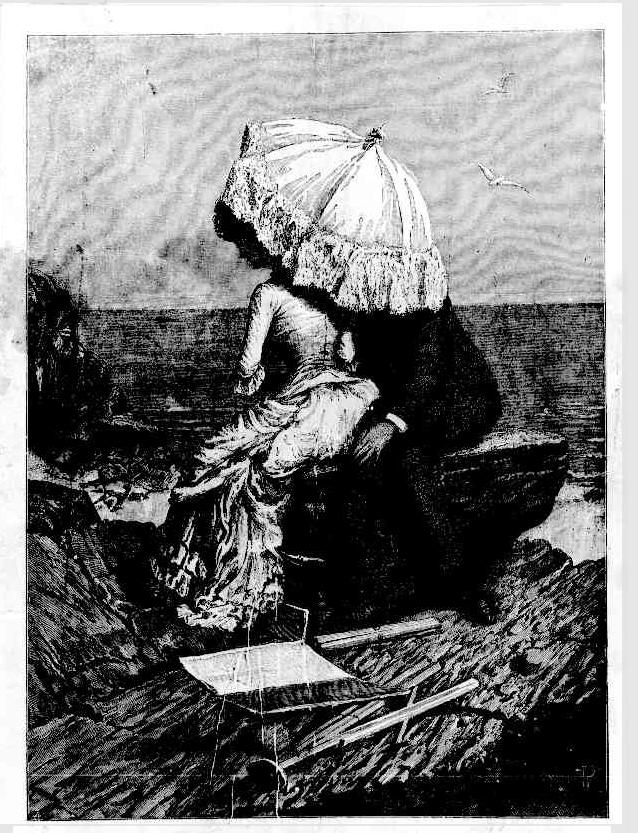
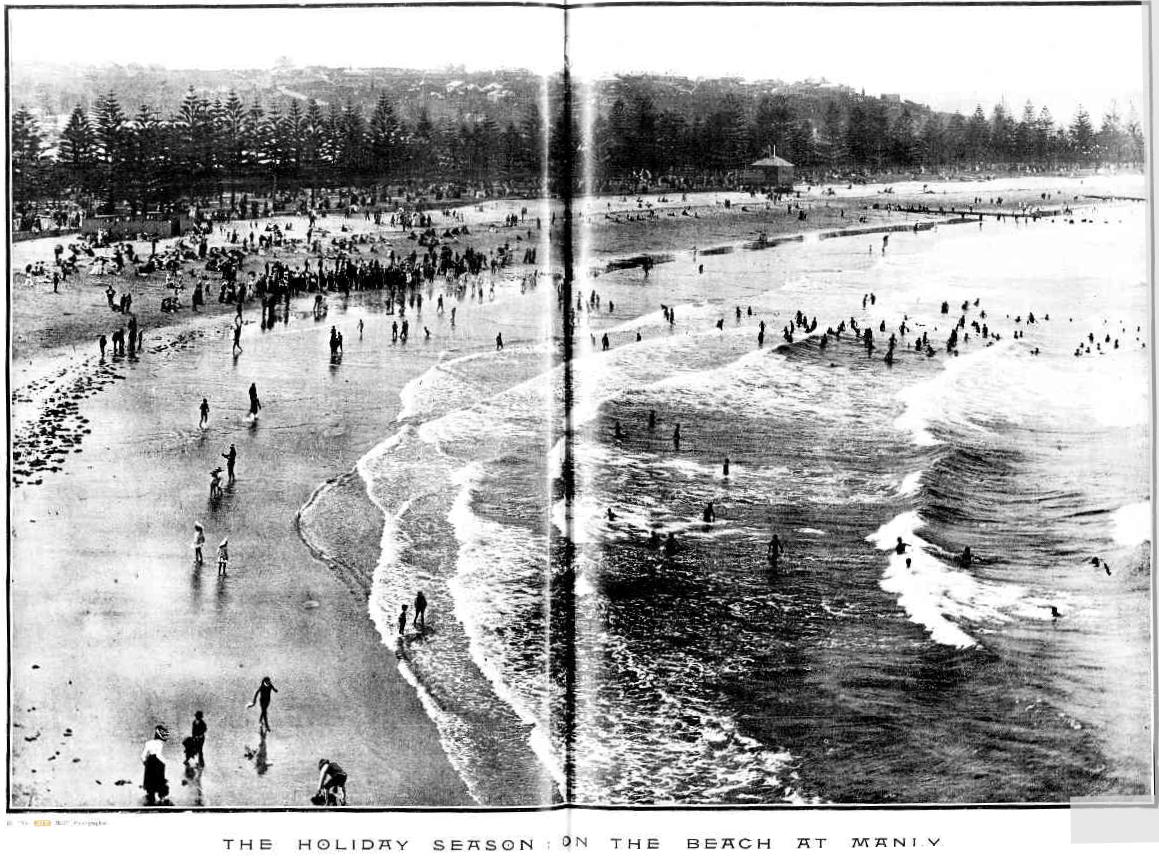
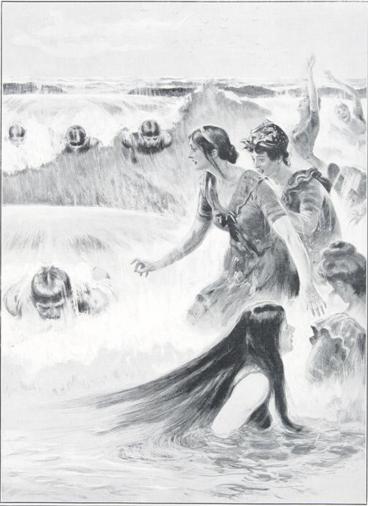
.jpg?timestamp=1494699751118)
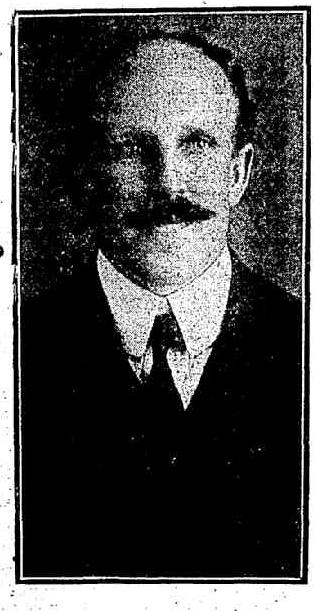 The number of people' in and around Sydney, who have acquired the knack of riding on the waves, . must surely now run into , many thousands. Every year that passes, adds scores more to the list, and it is not unreasonable to think that before long, the man who cannot 'shoot', j will be as much the object of ridicule amongst liit friends, as the one who is unable to swim. ' To become proficient in the graceful art of shooting, the breakers is the envy, if not the ambition, of every person who enters the' surf. Those who have been fortunate enough to experience the exhilaration, the pleasure, the fun, and the absolute joy of being picked up by a foaming billow, and carried with a reckless, abandoned rush shorewards, enthusiastically acclaim it to be one of the most delightful sensations imaginable, it might even better be described as 'an acute accentuation of supremest erstasy.' ' . - ' A. good deal of controversy has been going on lately in the swimming world as to how the now famous 'crawl' stroke originated, and who was responsible for its introduction here-; but not the least, doubt, exists as to how we came to be initiated into that phase of surf-bathing, which makes it the fascinating pastime it is today, namely, the art of maintaining one's body on the top of the wave as it bounds along. The general public have not had many opportunities' of becoming acquainted with the facts of the case, although no* doubt many of our 'shooters' have often discussed it' amongst themselves, ' after spending a good day in the breakers, and paid a tribute to the man who started the idea, but of whose, name they -were unfamiliar, and whose existence they knew no-thing of. A 'Sunday Times', representative, therefore, discovered the whereabouts of Mr. F. C. Williams, who was THE FIRST WHITE MAN TO UNRAVEL THE SECRET and demonstrate it to others here. In reply to a request for a little information on the subject, Mr. Williams related the following interesting story.
The number of people' in and around Sydney, who have acquired the knack of riding on the waves, . must surely now run into , many thousands. Every year that passes, adds scores more to the list, and it is not unreasonable to think that before long, the man who cannot 'shoot', j will be as much the object of ridicule amongst liit friends, as the one who is unable to swim. ' To become proficient in the graceful art of shooting, the breakers is the envy, if not the ambition, of every person who enters the' surf. Those who have been fortunate enough to experience the exhilaration, the pleasure, the fun, and the absolute joy of being picked up by a foaming billow, and carried with a reckless, abandoned rush shorewards, enthusiastically acclaim it to be one of the most delightful sensations imaginable, it might even better be described as 'an acute accentuation of supremest erstasy.' ' . - ' A. good deal of controversy has been going on lately in the swimming world as to how the now famous 'crawl' stroke originated, and who was responsible for its introduction here-; but not the least, doubt, exists as to how we came to be initiated into that phase of surf-bathing, which makes it the fascinating pastime it is today, namely, the art of maintaining one's body on the top of the wave as it bounds along. The general public have not had many opportunities' of becoming acquainted with the facts of the case, although no* doubt many of our 'shooters' have often discussed it' amongst themselves, ' after spending a good day in the breakers, and paid a tribute to the man who started the idea, but of whose, name they -were unfamiliar, and whose existence they knew no-thing of. A 'Sunday Times', representative, therefore, discovered the whereabouts of Mr. F. C. Williams, who was THE FIRST WHITE MAN TO UNRAVEL THE SECRET and demonstrate it to others here. In reply to a request for a little information on the subject, Mr. Williams related the following interesting story. 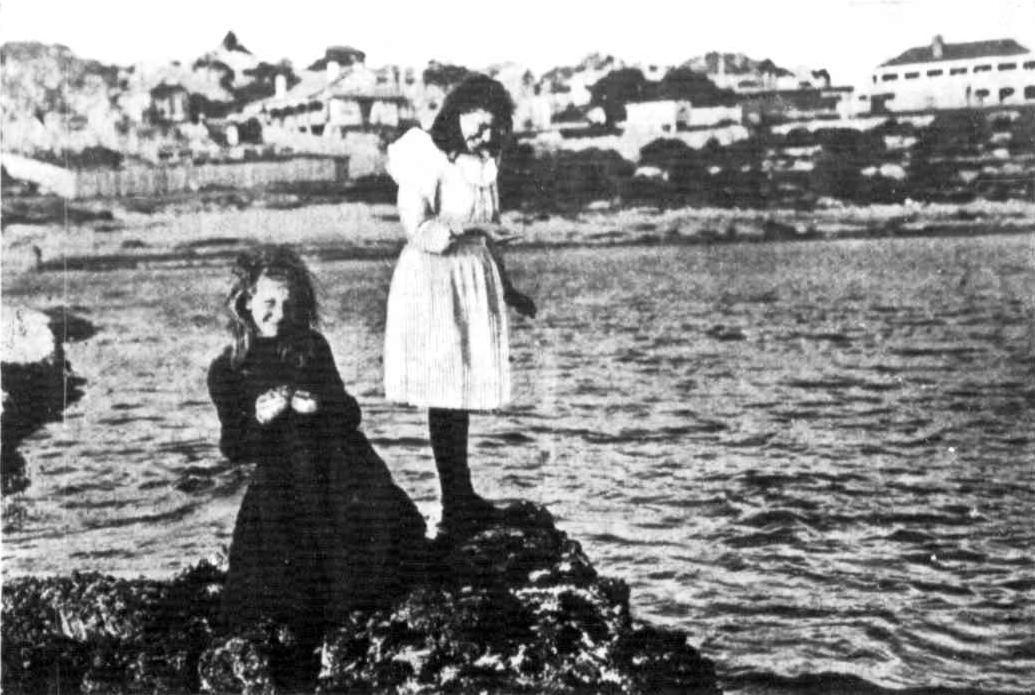
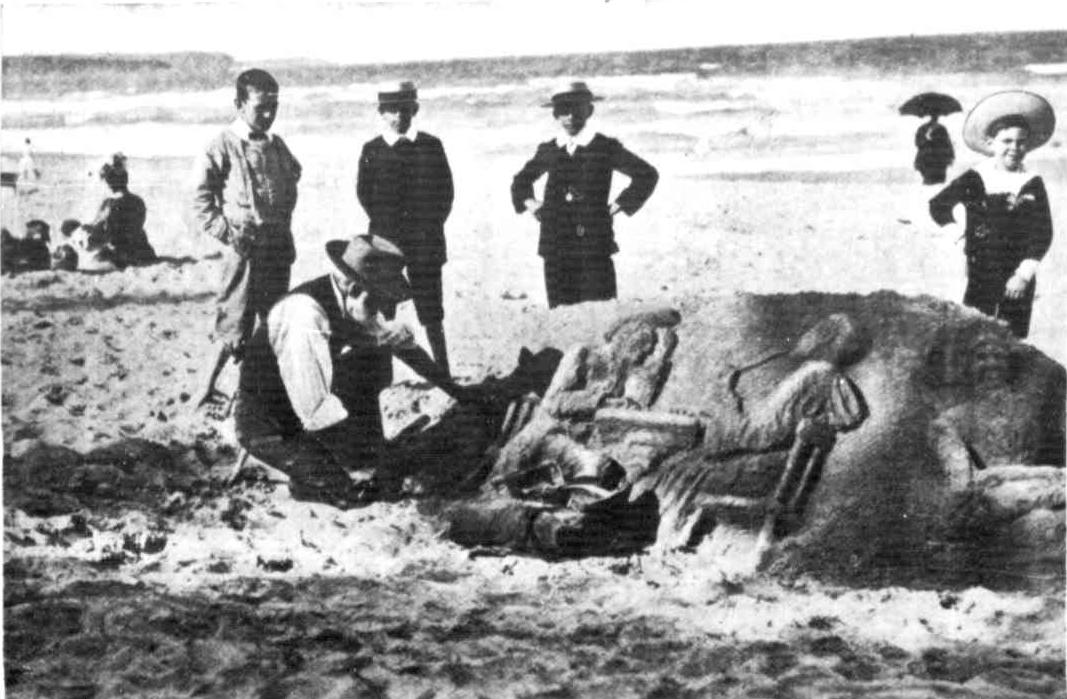
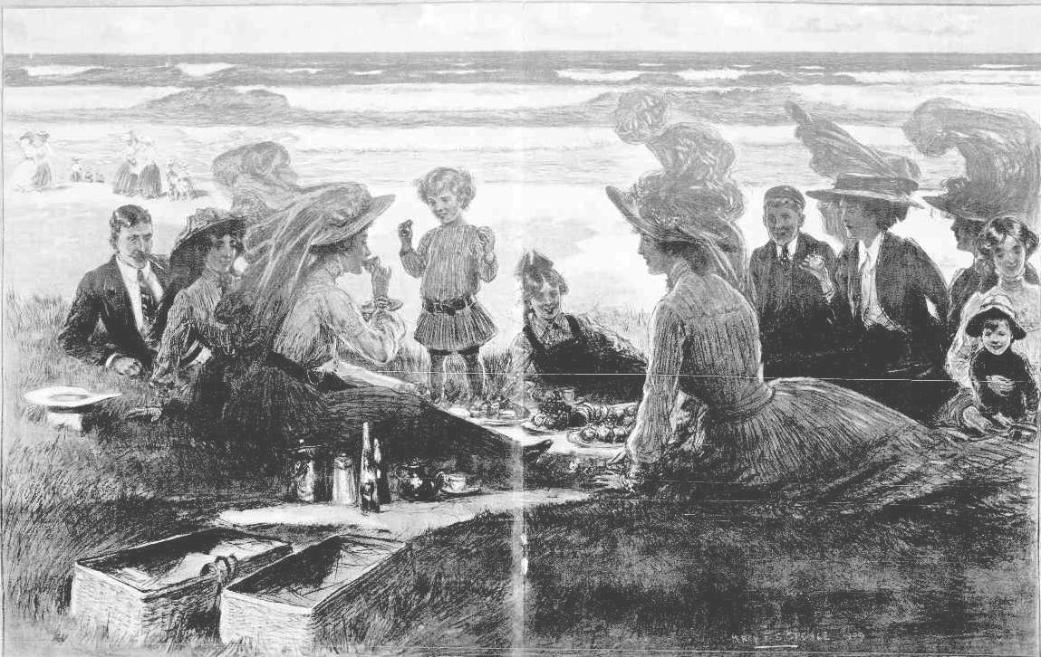
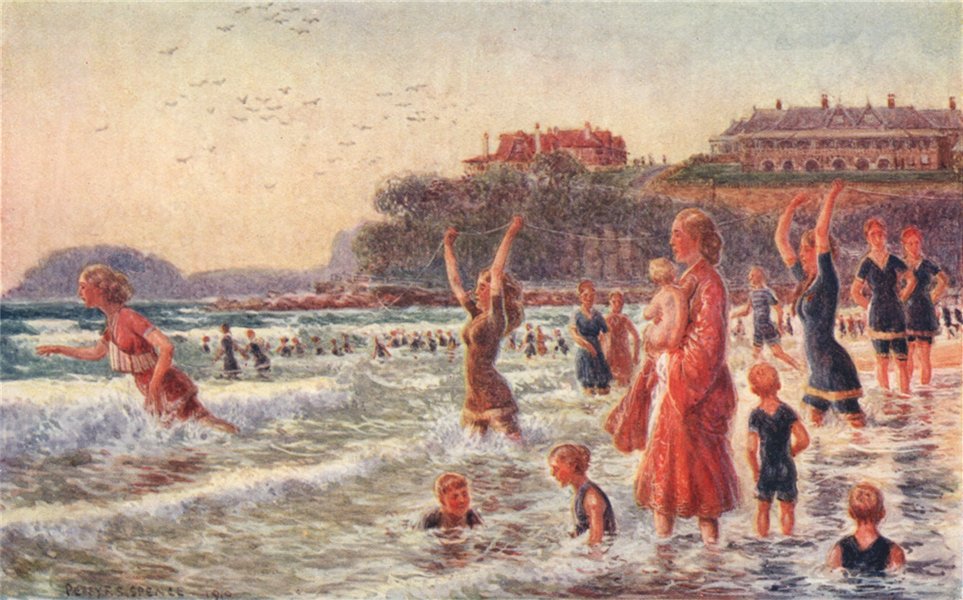
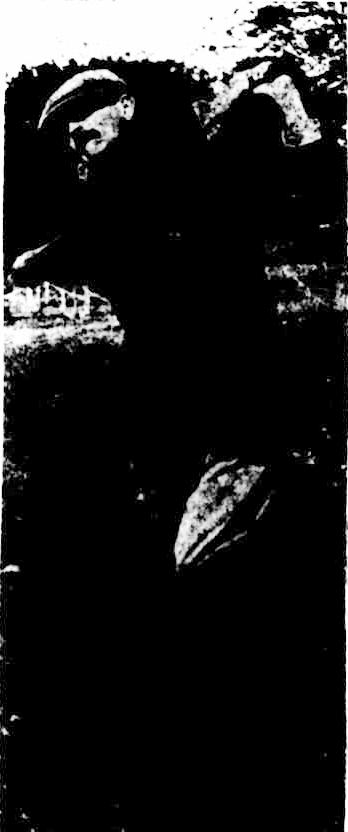
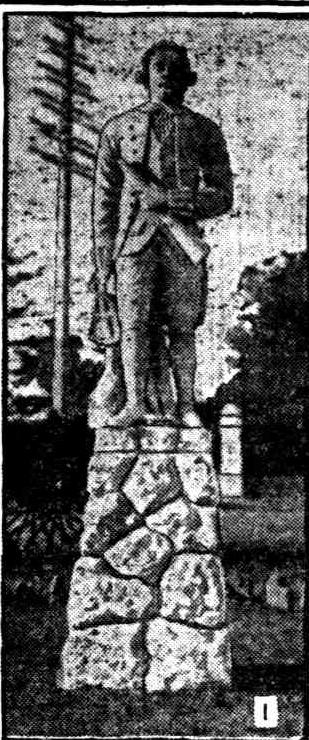
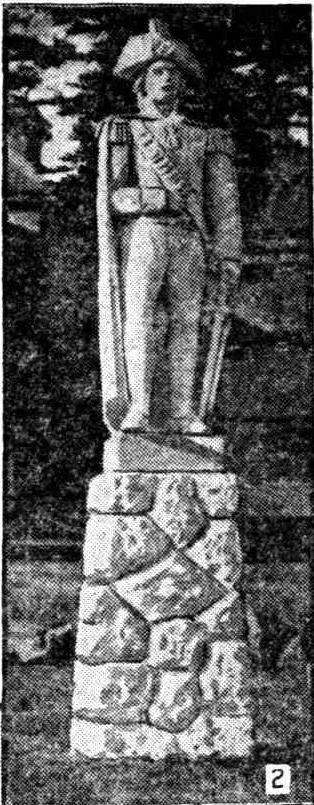
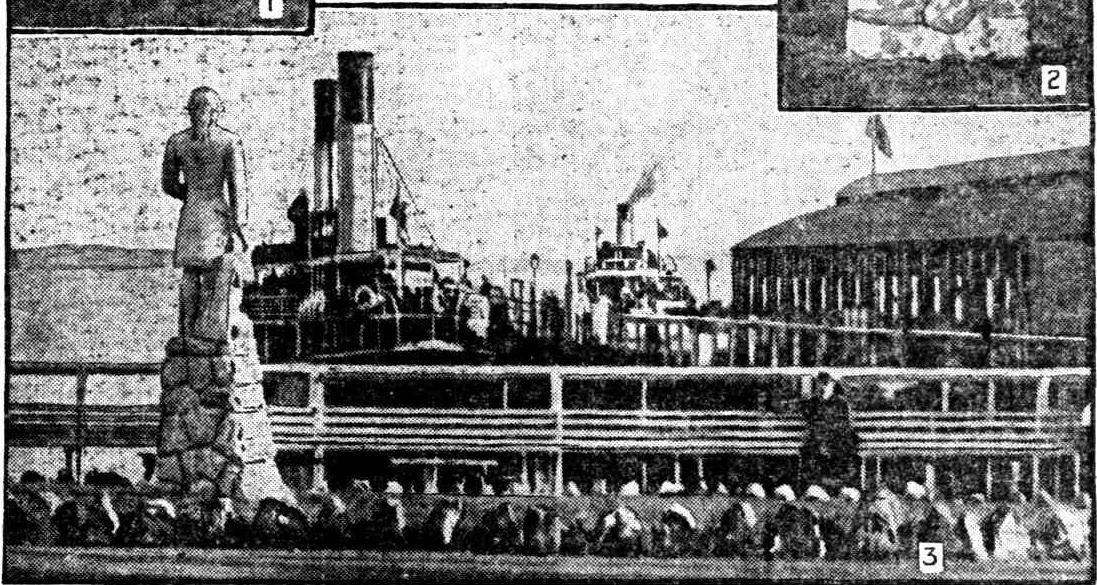
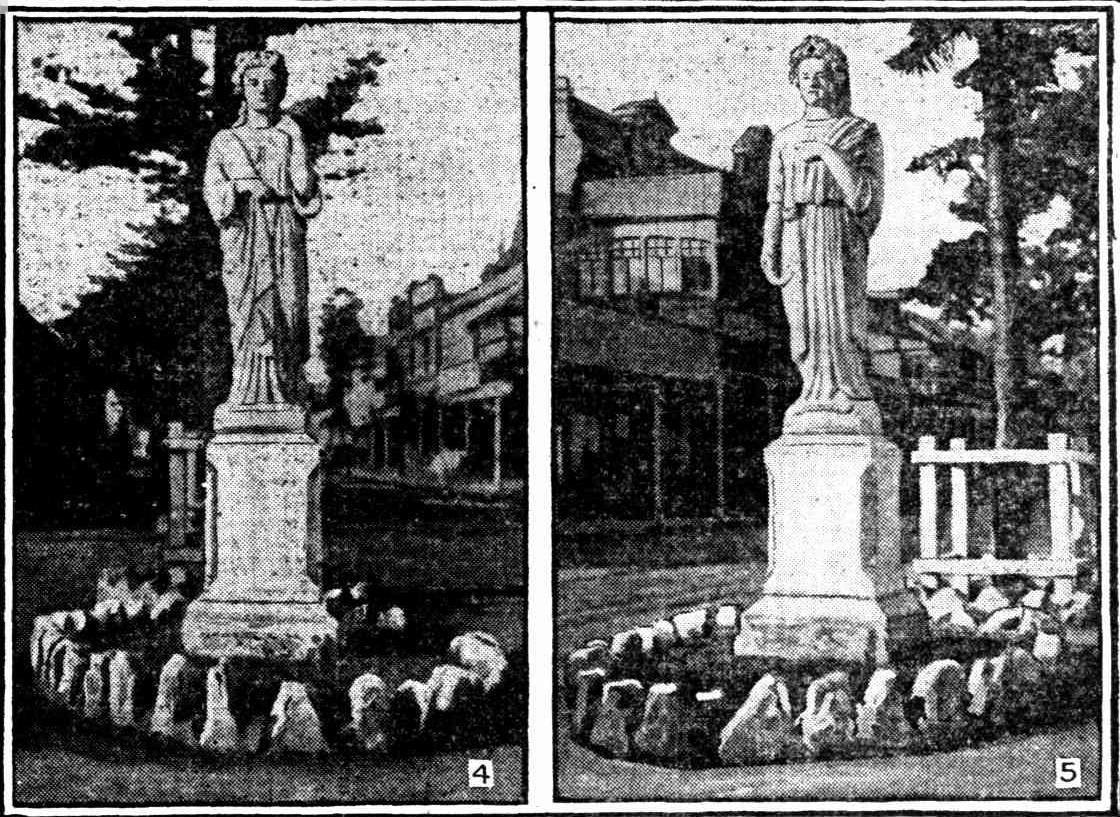
MANLY'S FINE EXAMPLE
Various schemes of a novel character have been successfully carried out from time to time. The latest was in operation during the holidays. Some of the local 'live wires' organised an art exhibition and offered £100 in prizes. They erected in the park near the centre of the town a special pavilion, of neat design, constructed of fibrous cement, with iron roof. The whole work of construction was carried out in 10 days, evidence in itself of the energy and enthusiasm displayed. Over 600 pictures were sent in, including some of a no-competitive character. A selection committee set up a certain standard, and finally selected 280 of the pictures. These covered the walls of the pavilion and formed a most interesting- art display of oils, water colors, and black and white.
Prominent artists were represented and many of the pictures were specially painted representations of scenes about Manly. Amongst the non-competitive sections was a fine collection, of Norman Lindsay’s works, and other notable artists were worthily represented. The centre of the pavilion was devoted to an attractive display of statuary. These specimens and most of the pictures were for sale and many found purchasers at good prices.. Sixpence was charged for admission, but even if the promoters were not recouped for the whole of the outlay probably they would not worry so long, as their main objective, to advance the interests of Manly itself, was- gained. That is the true public spirit and is worthy of emulations. It may be added that the promoters of the exhibition are looking: ahead. There is a proposal afoot to- erect a new Town Hall on a commodious scale and it is suggested that it should include a permanent art gallerry. The initial exhibition in a temporary building, it was thought, would furnish some- indication of the likely future requirements, so far as an art gallery is concerned. CIVIC SPIRIT. (1924, January 4). The Cessnock Eagle and South Maitland Recorder (NSW : 1913 - 1954), p. 3. Retrieved from http://nla.gov.au/nla.news-article99376126
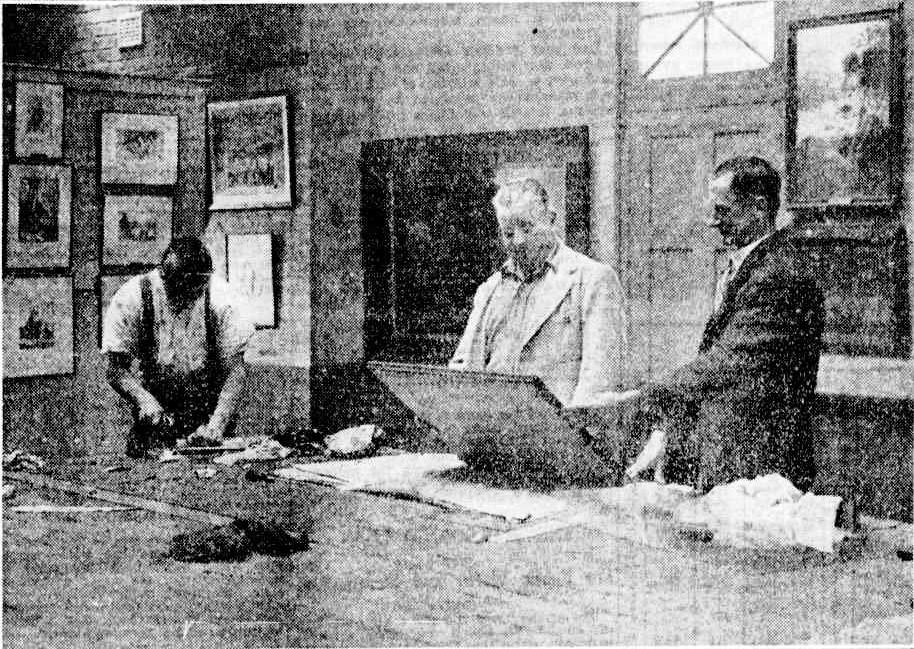
OPENING OF THE MANLY ART GALLERY.
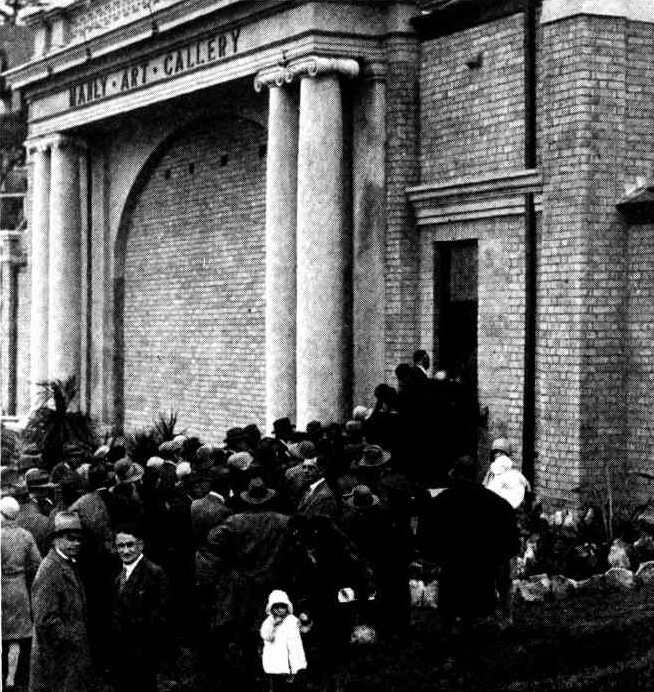
The Chief Justice (Sir Philip Street) on Saturday (June 14th) officially opened the Manly Art Gallery and Historical Collection on the West Esplanade. The scheme was inaugurated in 1924, and the contents of the new building are valued at more than £3000. Many well-known artists are represented in the collection, which includes paintings by Messrs. Will Ashton, Charles. Bryant, Dattilo Rubbo, Syd. Long, Lawson Balfour, Lister-Lister, Fred Leist, Muir Auld, and W. A. Bowring. OPENING OF THE MANLY ART GALLERY. (1930, June 18 - Wednesday).Sydney Mail (NSW : 1912 - 1938), p. 3. Retrieved from http://nla.gov.au/nla.news-article160631730
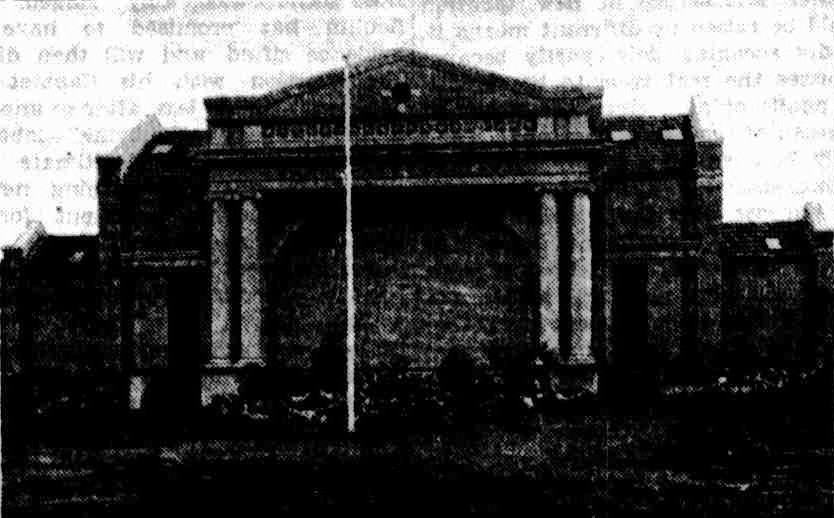

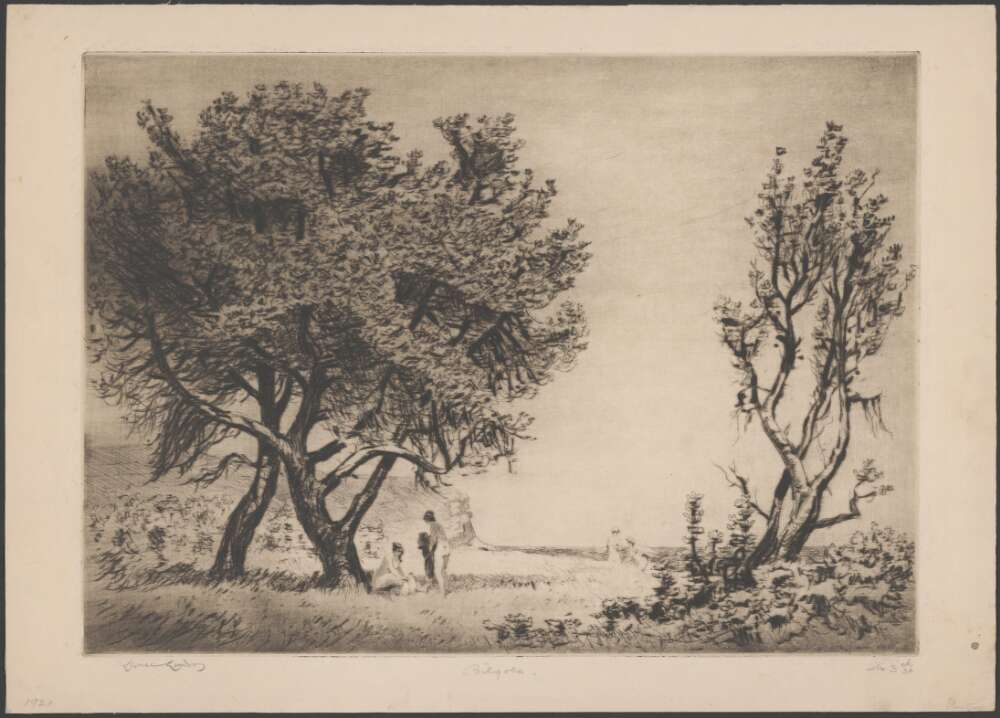
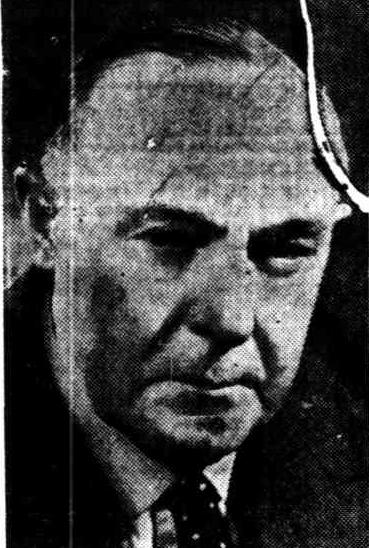
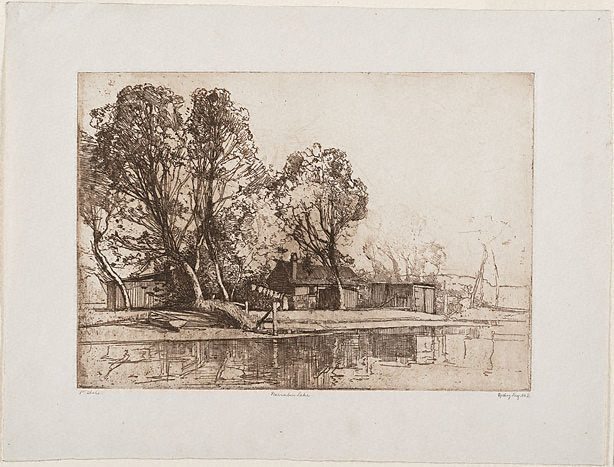
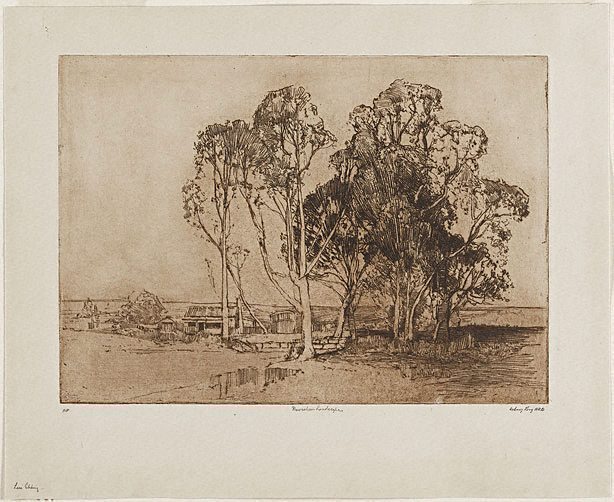
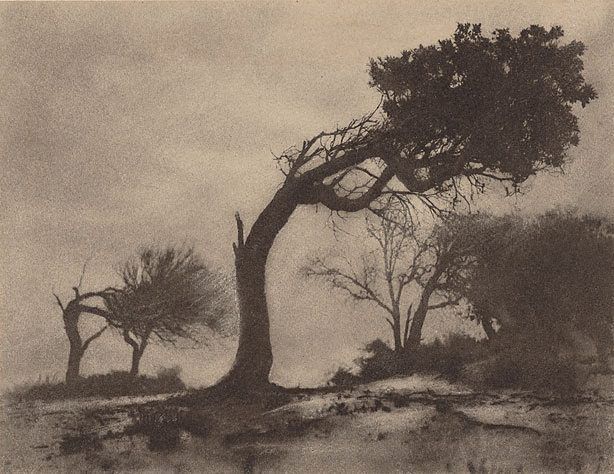
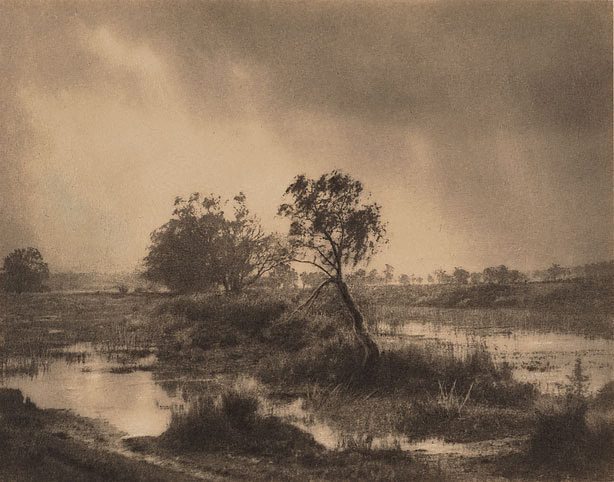
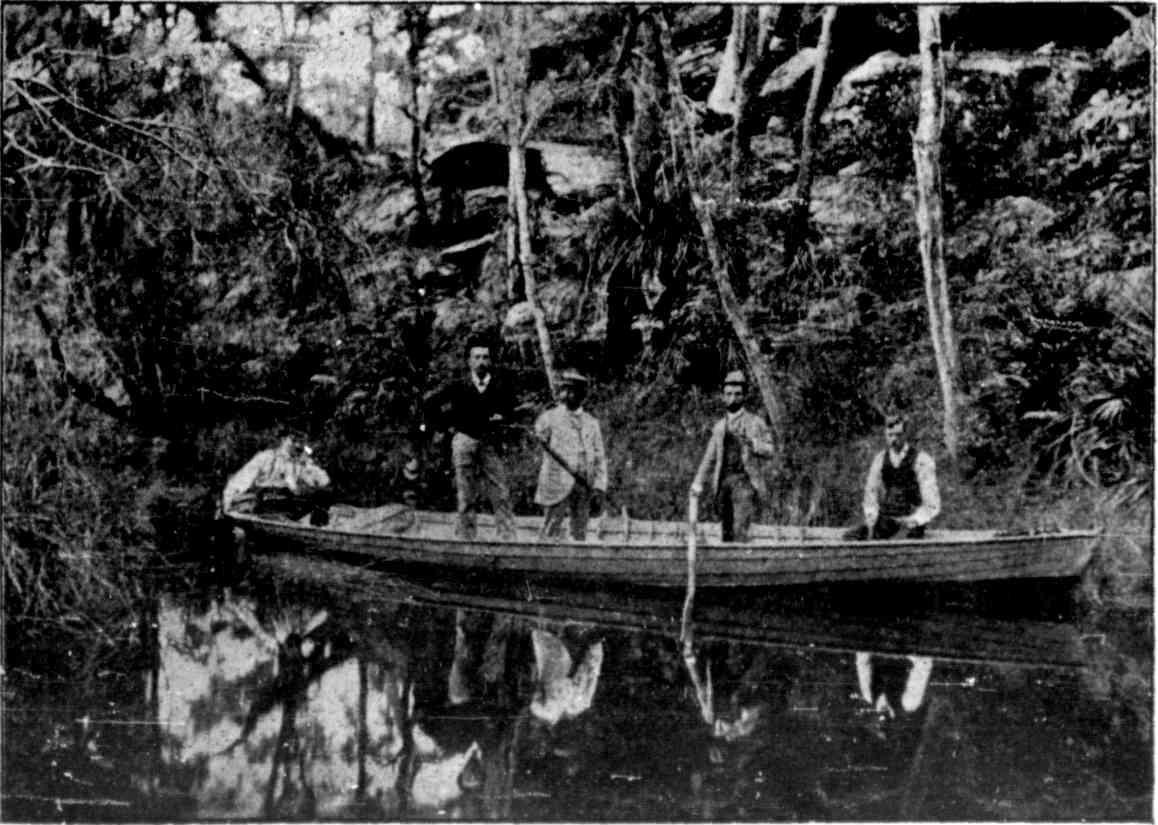
Notes, References And Extras
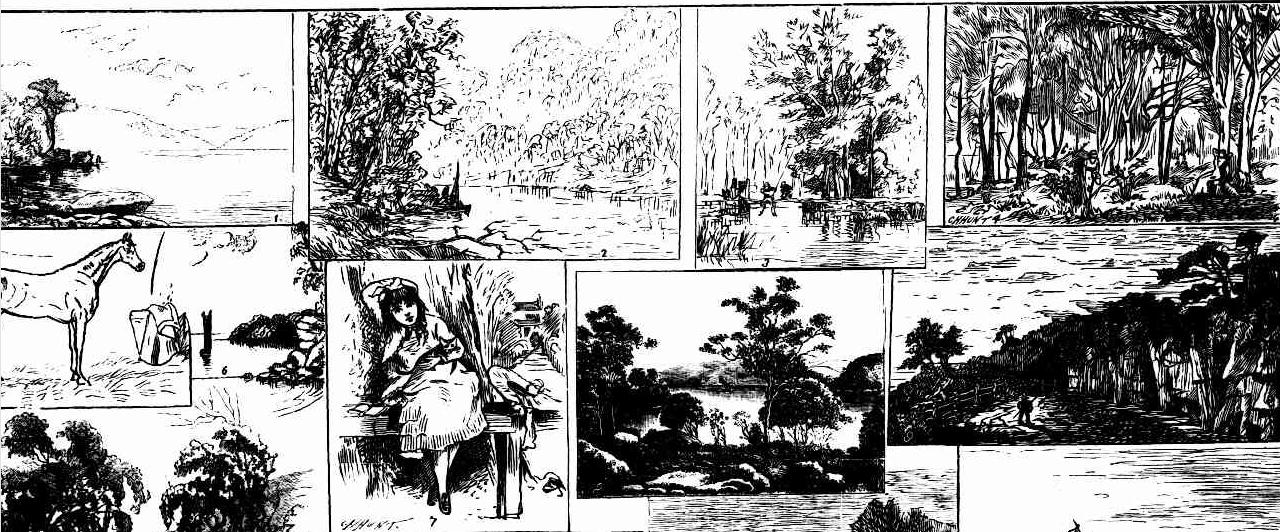
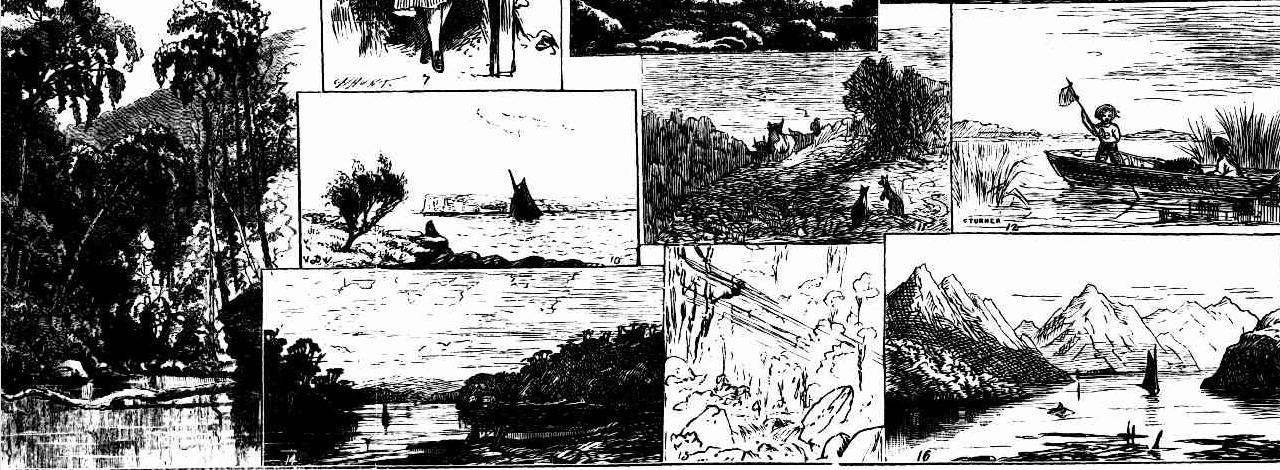
A Glimpse of the Hawkesbury.
By Francis Myers.
ILLUSTRATED BY J. C. HOYTE.
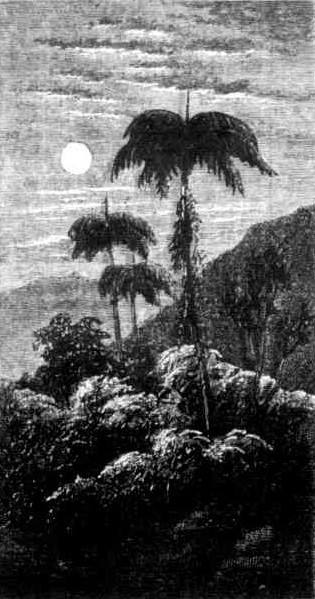 That blue glimmer of electric light along the quay gleams as the entrance of an infernal city, and the red lights above beam as the eyes of a thousand devils, and the smoke goes up as the smoke of a place of torment; for we brain-wearied workers, who have been ground in its mills for many months, are flying away to rest. Yes ; to rest amongst the cool sea spaces and the nodding caps and the sleeping islands and the majesty of beauty and the blessed peacefulness and quiet of that larger heaven within the heads of Broken Bay.' We travel by Manly, and a short hour's journey brings us to that fair suburb. From Manly, by the primitive old coach, to Pittwater. Horses rough, harness rough, coach shaky, road bumpy; still, however rude, right pleasant work, for the great white Easter moon floods all the land with silver sheen and mystery. The low hills rest like sleeping creatures with folded wings, the still lakes are as great glassy windows through which spirits of the inner world might peep at the outer glory, here and there stands a tall palm as a sentinel, and rounding headlands by the open sea the murmur of the waves come up as of a million sea doves cooing through their dreams.
That blue glimmer of electric light along the quay gleams as the entrance of an infernal city, and the red lights above beam as the eyes of a thousand devils, and the smoke goes up as the smoke of a place of torment; for we brain-wearied workers, who have been ground in its mills for many months, are flying away to rest. Yes ; to rest amongst the cool sea spaces and the nodding caps and the sleeping islands and the majesty of beauty and the blessed peacefulness and quiet of that larger heaven within the heads of Broken Bay.' We travel by Manly, and a short hour's journey brings us to that fair suburb. From Manly, by the primitive old coach, to Pittwater. Horses rough, harness rough, coach shaky, road bumpy; still, however rude, right pleasant work, for the great white Easter moon floods all the land with silver sheen and mystery. The low hills rest like sleeping creatures with folded wings, the still lakes are as great glassy windows through which spirits of the inner world might peep at the outer glory, here and there stands a tall palm as a sentinel, and rounding headlands by the open sea the murmur of the waves come up as of a million sea doves cooing through their dreams.
A FEW TALL PALM TREES STAND AS SENTINELS.
High shorelands sink to shelving braches, and there through the weird water the pink sand flushes, as the cheek of a young Endymion to the kiss of the lady moon. Still tearing along with wboop, and halloa, and much persuasion to the tired horses, and by a quick turn upon a sidelong track into woodlands high and dank and dewy, all dark below save for the glimmer of a few white starry flowers, but fringed with silver aloft, for it is midnight, and the moon is in mid heaven. And 'twere well if we could all go to heaven for an hour or two, for the mundane aspect considered in mundane fashion is not inspiriting The journey is ended, and from a grim house comes a grim custodian, gaunt and churlish. House, man, and furnishings all much alike — better forgotten, o-better, perhaps, fixed in memory as things seen upon the shores of that lovely water in the Easter of 1883. What will it be in '93? Certainly it will not be fairer than it appeared at the very earliest dawning of the following day. Look outward and be happy, for the sunrise has not yet lipped the hills. The lovely purple uncrowned by one single gleam of gold deepens to indigo upon the edge of the water, which in its centre reflects the gray of the sky and the dying lights of some few pale twinkling stars. The birds are piping timidly as fearing to break the solemn hushfulness.
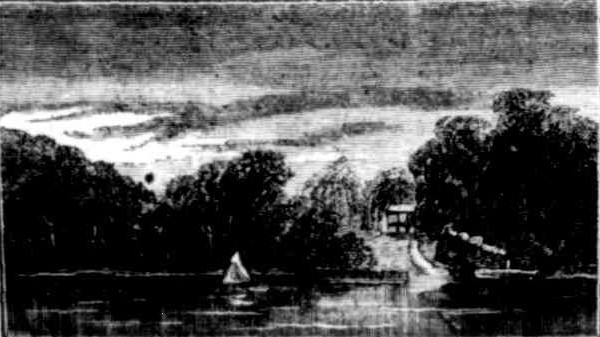
NEWPORT BASIN.
The tall trees hold every bough and branch and tiniest leaflet motionless. Only the blue mist quivers waiting, waiting — and suddenly, swiftly as the unfurling o1banners at a trumpet blast, a red light flashes on the high clouds to the westward, and the blue mist is burned up, and the glassy face of the water is broken, and the mystery of beauty of the dawning is thrust out of the world be for the glorious majesty of the day. The day spreads his livery of gold and brightness upon All the hills. The day smites the inner waters and the outer deeps with his strong hand and the white caps leap and flash, and the surges ring upon sand and rock. But very soon that white sail we are awaiting comes stealing, floating, gliding on, compelling the little fluttering breeze to her will, straight up the mid channel and round with a flutter of canvas abreast the narrow space of half civilized shore. And quickly we are on board and at rest.
There is no rest in the world to compare with that perfect abandonment, that absolute repose which comes with the idle lap of water against the vessel's sides, the near shores drifting backwards, a new heaven and a new earth perpetually opening ahead. At noon that autumn day we sailed into ' The Basin 'and dropped anchor. Ten years hence the article will be qualification enough for that basin. It will be no more necessary to ask what basin than what queen when Englishmen stand together to do allegiance. There are beauties enough within our own harbour gates, but they areas tiny pearls to an emperor's crown-jewel when compared with this. Here is a deep, still pool, a Constance, a Leman, a Katrine filled twice a day with the vigour and freshness of the strong sea tides.
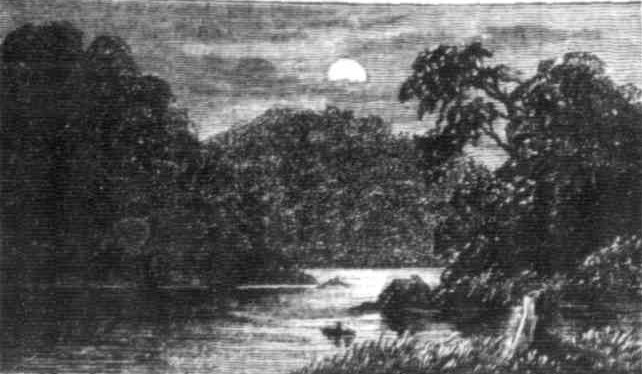
THE INNER BASIN.
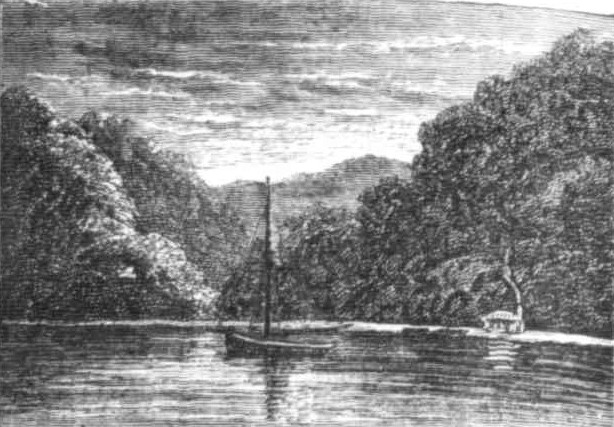
THE OUTER BASIN -MARY ANN'S HUT.
Round Barrenjoey comes the swirling rush, rolling along the eastern harbour branch through the deep channel, washing the point of the sandspit, whispering on every beach, and lapping gently at the rocky base of every cliff, then resting for a quiet hour while the sun sets or the moon rises, and some few strange birds chirp contentedly in the forest. The hills, of a lordly size in the daylight, rise huge and vast when the moonshines. The great tree trunks below are scarcely perceived, but above, each leaf edge touched by the white light sparkles and gleams, and the waterfall sings louder through the dark, dank fern, and lazily-moving oars strike fire from the blackness that is barred from shore to shore by the long moon rays. Strange that no poet has sung of the mystery of the moonrise, the dawning of the night light. It is colourless but marvellously beautiful, a perfect revelation of all the divinity of form. 'What will the future show us about that basin's banks? Houses, homes, pleasure grounds, one of the chief playfields of the city ? It has marvellous capabilities. Room enough upon the promontory jutting out from cliff toward cliff for such an hotel as we have not yet seen in Australia, water enough, always smooth and still and pure, to give battle space for half-a-dozen warships, or to bathe a nation, and water that about three chains of stout sea- fencing would render absolutely safe against all sharks and finny monsters.
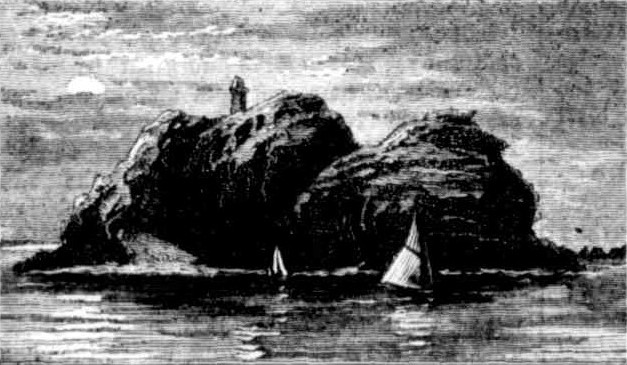
BARRENJOEY.
Now, a yachtsman's cottage and a fisherman's hut occupy the promontory, and for 11 months out of the year there is no more life or appreciation about the basin than about some lone tarn of the backblocks upon whose shore has been erected a boundary rider's hut. Morning brings us a dip in the lazy rollers upon the sand, a splash beneath the fresh water, raining from the ferns, a great breakfast of the black bream that swim into the fish-trap, poor foolish creatures, innocent and trustful as if their home were a thousand miles from any dwelling of man. Noon sees white wings spread again, and a further flight towards undiscovered beauties. Seeking the true Hawkesbury, we beat down abreast of the Heads, past the long sandspit coupling Barrenjoey to the mainland, regarding with much interest the huge,
grim, wave-washed, time-worn crag that lacks but around tower and a romance to fetter it to the hearts of a people. It bears a lighthouse useful to the mariner, but only vexatious to the dreamer. Wild and strong and stern frowns that rock with the sea foam at its base and the few sparse wind-tortured trees about its bead. It should have memories other than those of lamp- trimmers' yarns and convicts' jeers and groans.
And Elliott Island, lying almost in mid-channel, is also an artist's rock, so strangely shaped as to be capable of any comparison ; a lion couchant, a headless sphinx, a remnant of some giant's work of the world's strong youth worn down to vast indistinctness by winds and waves. Ah ! let us recall one evening when moored off the west head, the island and the rock, with every distant point, and all the dome of Heaven and the spaces of the sea, were seen transfigured and glorified by the out breathed spirit of a dying day. A thunderstorm had rolled over and lay upon the eastern bar and light from the clear inland western sky smote all its breast with fire. Some little shreds of cloud in midheaven let down a film of rain which bent the rays till they made bows upon the thundercloud, three separate trichord bands of light upon three points of distant land, an intense blackness below, and beyond a strange rich purple and greyness. Right out in the fore
ground Barrenjoey, his face as the face of an angry giant, every line, point, dent, and scar glowing as with the fire of an inward-born passion, and separated but by a silver band, the lovely Elliott Island cradled in blue water, fringed with the leaping foam, swathed in a silver haze that deepened to golden mist, end darkened too soon to a purple veil, all evanescent and beautiful as a dark proud woman's smile, and yet, thank God, in memory perpetual.
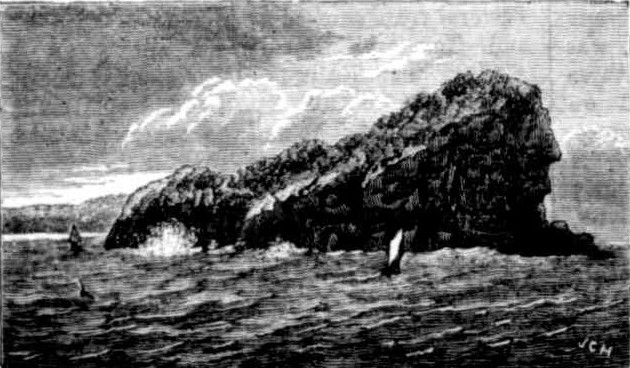
ELLIOTT ISLAND.
Round that West Head the river's mouth, or rather the ocean estuary, divides, and as we keep to the southern bank for a time the land is dreary, its monotony only broken by occasional fringes of sand and damp ravines, down which the waters flash, or trickle silently through wondrous mate of ferns, dense masses of luxuriant colour these ferns, showing every varying tints of tender green and rarest brown, the withered fronds above, dyed in the richest blood of autumn. But they are meanest details, thumbnail sketches in the great gallery. A merrier breeze pipes up from seaward, and in an hour we enter darker water, brown with all the silt of the big river, robbed of its beauty by the land stream and of its usefulness by the tide. A Glimpse of the Hawkesbury. (1883, April 7). The Sydney Mail and New South Wales Advertiser (NSW : 1871 - 1912), p. 640. Retrieved from http://nla.gov.au/nla.news-article162078253
These Illustrations would have been made from woodcuts or engravings.
A VETERAN ARTIST. DEATH OF MR. J. C. HOYTE.
By the death of Mr. John Clark Hoyte, which occurred at his residence, 141 Avenue-Road, Mosman, on Friday morning, the art world of Sydney loses one of its oldest identities. Mr. Hoyte was born in England in 1835, and received his early artistic training there, but some years of his early manhood were spent in the West Indies. Returning to England about 1860, Mr. Hoyte married, and shortly afterwards decided to go out to New Zealand, where some time after his arrival he joined the teaching staff of the Auckland Grammar School.
It was about this time that Mr. Hoyte's artistic work began to bring him into prominence. It was not long before he occupied a leading position in New Zealand art circles, and it is as a portrayer of the scenic beauties of the Dominion that he will be long remembered. Right up to the time of his death his work found keen appreciation there. About 1877 Mr. Hoyte left New Zealand, and settled in Sydney.
He was one of the founders and the first president of the Royal Art Society, among those associated with him at the time being Mr. A. J. Daplyn, the present secretary of the society. Of late years Mr. Hoyte had been but little before the Sydney art public. He was one of the old school, and found it difficult to adopt his ideas to the conventions of the newer artistic cult. The deceased has left a widow and two married daughters (one daughter having died some years ago), and several grandchildren and great-grandchildren. A VETERAN ARTIST. (1913, February 25). The Sydney Morning Herald (NSW : 1842 - 1954), p. 8. Retrieved from http://nla.gov.au/nla.news-article15400595
PUBLIC IMPROVEMENTS. THE CAFE FRANÇAIS.
One of the least pretentious improvements, externally, but not the least interesting to those who have watched the progress of this city, has been the entire remodelling of the buildings in George-street formerly known as " Giblin's" , a well-known hostelry in years gone by, famous as the house of call of numerous "choice spirits" of the sporting and other fraternities, and as the birth place of many a good story and of many a heavy wager on sporting events The position is excellent for the superoir class of business done there, and the site itself is extremely valuable.
The premises were opened about 35 years ago, as auctioneer's sale rooms, by Messrs Cohen and Co , and five years later they passed into tho hands of a French- man, a Mons. Cheval, who started a restaurant, &c, there. His enterprise was highly remunerative, and at the end of six years he retired on a handsome competency and migrated to New Caledonia, where he established a coffee plantation, from which he derives a large income. He parted with his interest in the concern to Mr. J.F. Maloney, of the Imperial Hotel, Wynyard square, who remained for 10 years in very profitable occupation of the premises.
Mr. Wheeler was the next tenant, and at the expiration of 12 months he retired in favour of Mr. T. M. Giblin, who occupied the cafe and billiard-rooms for 11 years, and under whose energetic control the business expanded rapidly.
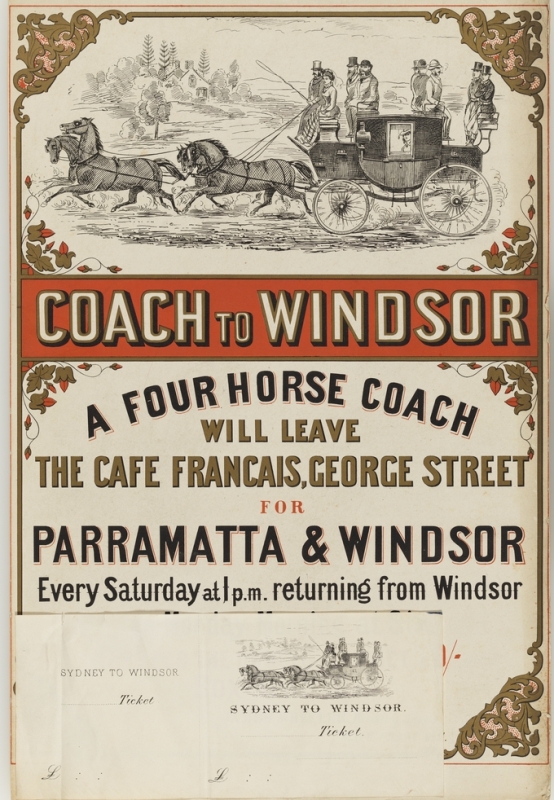
A coach to Windsor / poster and ticket for four horse coach to Parramatta & Windsor, ca. 1870. Image No.: a3660001h, courtesy State Library of NSW. Beneath title is printed "A four horse coach will leave the Cafe Francais, George Street for Parramatta & Windsor Every Saturday at 1 p.m. returning from Windsor on Monday Morning at Six. Fare for the double journey 20/- box seat 30/- James Wheeler, Booking Agent, Cafe Francais."
Mr. Giblin's lease terminated upon the 13th February last year, when the owner of the building signified an intention to raise the rent payable by the next tenant. Mr. Giblin could not see the way clear to incur this increased liability and therefore vacated the premises, which remained practically shut up for many months. At this juncture Mrs. Elizabeth Bowes became the lessee, she was formerly at Melbourne, where her husband, Mr. W. Bowes, a much-respected master of the hounds -- of whom an interesting obituary notice appeared in the Sydney Mail of the 15th May last-was for many years in charge of Tattersall's Hotel, which business she carried on by herself successfully for seven years before removing to this city. Upon taking possession of the promises she found them, particularly the cellars and the ground-floor, in a condition of disrepair and dinginess scarcely inferior to that of the celebrated " Dirty Dick's," which all visitors to London used to go and see as the nearest attainment of the art of getting as much "matter out of place" into one building that was reason-ably possible. The floors were old, worm-eaten, and decayed to such an extent that it was marvellous how they had borne the weight placed upon them. The stairs were almost in the last stage of their existence, jammed into odd, out-of-the-way corners, dark, narrow, and unsafe. Three "active and intelligent " fox-terriers, celebrated dogs in their day, were attached to the regular staff of the establishment for the express purpose of hunting and keeping down the hordes of daring and ferocious rats which infested the place and effectually prevented any spare victuals from getting stale for the want of eating. Many a portly customer has been ignominiously and suddenly upset, while quaffing his beer at the bar, by one of these terriers charging between his legs at rat scampering away in front of the counter. This café was also famous for a large and inquisitive breed of " roaches " who would persist in having, not a finger, but several dirty feet in every pie and other comestibles. But all these merry practical jokes are over now. "We have altered all that, Messieurs. "
Mrs Bowes at once saw that nothing but a complete remodelling of the promises would do in these days of fierce competition, and she issued instructions accordingly to Mr. J. Kirkpatrick, the architect, under whose careful directions the internal accommodation has been entirely recast and a new front put to the ground floor.
The site of the premises has a frontage of 40 feet to George-street and 76 foot to Wynyard-lane and a depth of 90 feet. It required the exercise of careful ingenuity to make the best use of the available space. The ancient shop-front in George-street has disappeared and a modern front has been substituted, neatly ornamented in the Italian style, haying four large plate-glass windows and wide double doors. The restaurant is entered from George street by a double door with moulded panels, and a semicircular fan-light over them. On the immediate right and left are handsome lavatories, fitted with marble topped, lift-up basins and silver-plated furniture, the floors being laid with black and white tiles. A protective margin of brass surrounds a sunk mat. The lavatories are enclosed in panelled and embossed glass, in screens bearing the hand-embossed name of the café with a gold monogram. The lavatories and entrance form a convenient lobby, with large inner swing-doors, 4 feet wide, opening upon the public dining-room, 63 feet x l8 feet, with three rows of tables, laid out in the most approved continental style, and capable of seating 100 customers. At the further end of the room, on the right hand side, is a small private bar, and a carving table with fittings, warmed by steam, for keeping dishes hot, also hot-plate racks and sliding-doors in front and back. On the left-hand side is a pantry, &c., and stairs leading to the floor above. Beyond the dining-room is the kitchen (which required an excavation of 8 feet of the old site), 25 feet x l8 feet well lighted and ventilated by three large windows, fitted with a Ward's 8 feet 6 inches range, separate grill &c. There is also a steam boiler, sinks, with hot as well as coldwater laid on, bain marie, and every necessary convenience for cooking for many customers. A serving-lift communicates with the floor above. Next to the kitchen is the tradesmen's entrance from Wynyard-lane, and other conveniences. Adjusting the restaurant, and communicating by a separate door with George street, is the cafe, 68 foot x l8 feet, divided by venetian blinds on spring rollers, which are let down at night. The entrance from George-street is similar to that of the restaurant, with a similar convenient lobby. The cafe is fitted up with a magnificently-carved counter and buffet, of special design, in rich, dark blackwood and mahogany. The buffet is of imposing appearance, ornamented with five pediment-headed recesses filled with large mirrors, and with a very finely-carved vase over the central recess. The gas fittings of this buffet are all silver-plated, with globes hand-painted in rich floral designs, the shelves and racks are also of special patterns. The counter is a very fine specimen of solid, handsome work, and looks remarkably effective, the front being divided into panels by richly-carved pilasters, set back on a slope, with floral drops and carved caps and basis. The plinth of the counter is protected by a foot-rod of brass, supported by a standard in front of each pilaster, and is supplied with a couple of three-pull beer engines heavily silver-plated, fixed on marble stands. The buffet and counter were executed from the architect's full sized details by Messrs. Bradley, Newton and Lamb and as specimens of art-workmanship are highly commendable, the carving being all of the most artistic kind, and its sharpness having apparently not been destroyed by the pernicious and officious use of sand-paper, for which many carvers have an incurable mania. Adjoining the cafe is a lounge-room, lighted by a skylight, fitted in the Pansian style with marble-topped tables, and supplied with easy chairs of inviting appearance. Here the constant rattle of dominoes may be heard from about a dozen tables, the games being often intently watched by critical bystanders, and here the smokers also do congregate for a friendly chat over the post-prandial wood. Under this floor are commodious cellars. At the end of the lounge-room are stairs leading to Wynyard-lane and to another bar, under which is another cellar. From the café the guest mounts to the first floor by a flight of easy stairs of massive and ornate appearance, executed in rich blackwood, with elaborately-carved newal, of elegant design, supporting an artistically-modelled bronze figure carrying a gas globe light. These stairs have an enriched close string and elegantly-carved balusters. On the first floor, facing George-street, is a most comfortable club-room and private dining-room, 37 feet x l8 feet, with two fireplaces and rich marble chimney-pieces, a private drawing-room 21 feet x l8 feet, and a parlour 15 feet x11 feet. At the back of these rooms, and extending nearly all round the open area, is a glazed balcony communicating with a spacious billiard-room 46 feet x l8 foot, with two tables, amply lighted by a large skylight and six windows. The manager's office, 10 feet square, and a store room, are also on this floor. Parallel with the billiard-room are three bedrooms, approached by separate stairs communicating with the rooms above. On the second floor, towards George-street, there are five bed-rooms, a bathroom, and other conveniences, and at the back are seven bedrooms and another bathroom, &c. There are 28 rooms in the building, exclusive of the restaurant and café.
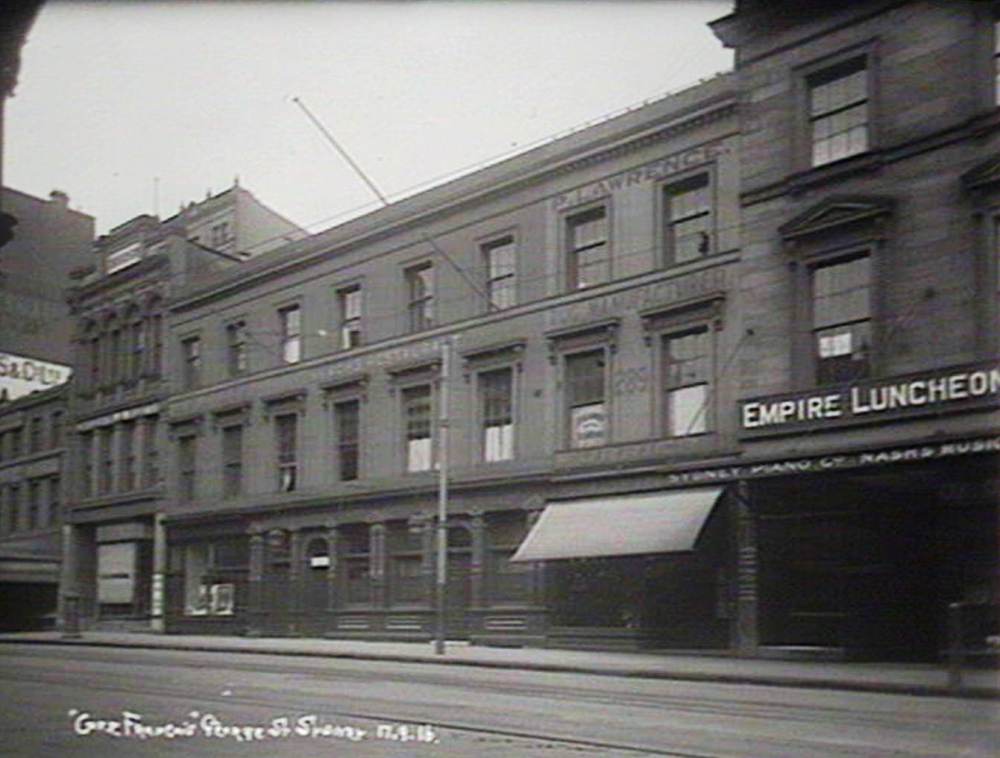
Cafe Francais, George St Sydney, Government Printing Office . IMage No.: d1_49562, courtesy State Library of NSW
The most noticeable features in the rejuvenated premises are the perfect good taste and comfort shown every-where. Lincrusta has been used in the restaurant, café, and private dining-room, &c., with great success, the effect being increased by subdued and artistic decoration of the walls and ceilings where necessary, the whole harmonising with the well-designed furniture and appointments in such a manner as to give pleasure, not pain, to the connoisseur. The sanitary arrangements are complete, and placed wherever required. PUBLIC IMPROVEMENTS. (1887, March 15). The Sydney Morning Herald (NSW : 1842 - 1954), p. 8. Retrieved from http://nla.gov.au/nla.news-article13629480
Art Society of N.S.W.
The gods help them -who help themselves,' or, in other 'words, persistence and perseverance will almost invariably secure a just award. It is but a few years since the first exhibition of the efforts of the members of the 'Art Society was held in a corner of the upstairs portion of the late Garden Palace. That the productions were somewhat of a motley order is true; but the spirit was in the work, and it was evident, by the exertions put forth, that the Art Society, meant business, that it intended to garner to itself the talent and the imagination of the artists of the colony, and by the means of an annual exhibition of the productions of its members to kindle the fire of emulation amid the artistic circle, and to tower as a beacon,' directing the tastes of the dilettanti toward that haven of art, purity and simplicity of depiction. It is enough to say that the ninth exhibition has more than fulfilled the anticipations of its founders. The presence of three of the Ministers of the Crown, together with the elite of the art world of New South Wales, at the society's unnnftl dinner last Saturday evening1, demonstrates the success of the society, and shews what can be accomplished when the heart is in. the work. The Premier's speech at the banquet is probably one of his best efforts as an orator, and behind the speech is to be discerned a recognition of the claims of the society to participate in a monetary grant toward further propagating a love of art. Leaving these diatribes and coming at once to the pictures and drawings. The numbers as they run will possibly be the most easy method by which a, visitor can follow our remarks and judge of the merits of the exhibits.
The watercolors range from Nos. 1 to 55 in the catalogue. No. 3. By J. Mather, ' Surf ' : The sea breaking on an ironbound coast. The natural color of the rocks and the living motion of the water is faithfully and naturally rendered. No. 4. 'A Rainy Day/' by Percy F. Spence, calls for, more than common notice. The picture represents a loaded lorry drawn by the horses, which appear to be trotting up Macquarie-place in the face of a heavy shower of rain. No more lifelike drawing is to be found on the society's walls, and Mr. E. Barton must consider himself most fortunate in securing so graphic a delineation of a Sydney scene. This drawing could have been sold over and over again at the price affixed to it, which shows the modesty of tru« talent in not affixing a prohibitory value. No. 7, by Catherine Devine, is full of merit and promise. No. 10, by John Smedley, 'Bradley's Head, with Sydney in the distance,' is one of those happy inspirations which one is not inclined to leave without a longing look cast behind. Mr. Smedley s sketches in oil of Japanese subjects, which he first loaned to one of the earlier exhibitions of the Art Society, were full of vigor, and stamped him at once as an artist in culture and in feeling ; nor does this simple little watercolor lessen the appreciation of his ability; it is really a charming work. No. 14, by Robert Atkinson, ' An Old Farmyard, Titirangi, New Zealand,' deserves attention ; the drawing is good, and the cattle and figures are good, but the coloring is a trifle too pronounced. No. 20, by Donald G. G. Commons, ' Long Bay, Middle Harbor ' : Mr. Commons must have made Middle Harbor a home ere he could have so successfully portrayed the tints the bush therein daily assumes. No. 21, by B. E. Minns, ' Near Double Bay,' is a view of the blind creek running into Double Bay and the tumble-down rocks which mark its juncture; the grays and reflection lights are highly artistic. No. 22, by J. E. Ashton, ' A Solitary Ramble '': No more can be said in praise of this inspiration than the fact that one may wade through a dictionary without finding words sufficiently strong to characterise the graceful pose of the figure, or the serenity of its surroundings. The National Art Gallery is to be congratulated on securing1 so eloquent a specimen from the hand of the president of the society. Breaking for one moment the discussion as to the merits of the pictures, Mr. Ashton's exhibits confirm the opinion that he is the right man in the right place ; the watercolor drawings and the oil paintings he has contributed to enhance the interest of this year's exhibition not only stand out as the creme de la creme of the collection, but set forth vividly the Turneresque adaptability of his genius; neither in water nor in oil is he found wanting. No. 26, by Donald G. G. Commons, 'At Manly': A charming composition, small but effective, the perspective and coloring perfect. No. 37, by B. E. Minns : This is pure in color, and thrown in with a dash appertaining to the true artist. The trees are handled remarkably well No. 40, by W. Lister Lister, 'By the Sea, Hastings, Sussex:' This work should be studied, as the impression is that its author is a rising man. No. 42, E. W. Minchen, 'Mangroves, Lane Cove River:' Well worthy of note, and a vast improvement on Mr. Minchen's former exhibits. No. 44, by J. R. Ashton: Morning effect sear Richmond. The drawing as a whole is sober, the atmospheric effect and the delicacy of the touch quite unapproachable, yet as with all other earthly enjoyment, the stake or mistake in the drawing has to be shadowed out before one can get a full conception of its beauties. No. 48, by Donald G. G. Commons, ' Foley*s Head, near Newport.' This work of Mr. Commons deserves special notice, as it gives the promise of the limner becoming one of the most prominent of our artists. No. 49, by W. Lister Lister, ' Keston Common, Kent, Crystal Palace in the distance.' This is one of those conceptions which attract the attention of the observer^ clothed, as it were, in nature's own garments, there is no need of commendation to enhance its excellence No. 50, by J. E. Ashton, 'The Meesageries' Wharf, Circular Quay' : A powerful and effective combination of color and perspective. No. 51, by J. Mather, ' Landscape' : It is not well understood how this can be designated as a landscape ; it is in reality the rush of a swollen river, the water wonderfully natural, and the trees strikingly in keeping, yet a little too green. No. 53, by J. B. Ashton, 'The Bluff opposite Clontarf, Middle Harbor:' In this drawing the artist has not only had the opportunity, but has availed himself of it, of throwing in the multitudinous tints which this abrupt headland is noted for at all hours of the day ; approach it as ' you may, it has an ever-changing, ever-fleeting variation of color unsurpassed in the neighborhood of the city. Mr. Ashton has caught the agencies in a happy moment, and fixed them in his drawing. No. 51, by the same artist, 'Fremantle Lighthouse, Western Australia :' A group of buildings under a cliff, the lighthouse standing out prominently on the heights. Beneath the rise in deep gray shadow the houses are, as it were, in perfect repose ; but where the sun's rays fall on the foreground there is a display of figures and boats only to be pencilled by an adept. Respecting the watercolor drawings, those who have been in the habit of inspecting the contributions to the society's annual exhibitions most miss the once familiar names of Hoyte, Comber, Andrews, Coveny, Fletcher-Watson, and Carse, all good and true men, familiar with the brash, their works highly -esteemed, and -their industry acknowledged. Let, say what may be said, the absence of their names from tie list of exhibitors begets a train of thought which lingers on the past, forgetful mayhap that the new members, are not unlikely to eclipse the old in originality of design, skilful manipulation, and in public favor. There are many other examples amongst the watercolors which deserve more than passing attention j Miss Willis's ' Plumbago,' No. 5, and Madame Both's 'Kingfisher,' No. 24, being of the number; as alto Miss Lilly Creed's 'Pink Horse Chestnut/' No. 55. Mr. Hunt's 'In the Part' No. 1, a sketch of three figures, is very spirited. Mr. Hunt would have done well to have contributed more of his watercolors. The fifty-five drawings are from the pencils of the following artists: The president, Mr. J. B. Ashton, 8; G. E. Ashton, 2 ; E. Atkinson, 1 ; Geo- Collingridge, 9 ; Miss Creed, 1 ; Donald G. G. Commons, 3 ; A. J. Darlyn, 2 ; Miss Devine, 1 ; A.H. Fullwood, 1 ; Wo. Heron, 3 ; C. H. Hunt, 1; W. A. Ker, 1; W. Lister Lister, 3; F. P. Mahony, 1 ; J. Mather, 6; E. W. Minchen, 1; B. E. Minns, 3 ; Madame Both, 2 ; P. F. G. Spence, 2; G. Sedgfield, 1 ? J. Smedlev, 1 ; and Miss Willis, 1. The number of exhibitons in this branch of the profession is, as with the oils, very limited, and -it is somewhat questionable whether the society has not been too vigorous in its selection, net bearing in mind that everything must have a beginning, and the avowed object of that body is to encourage the tyro and foster any spark of genius presented to its notice. A suggestion was made by one of the visitors that a separate room might be set aside for the display of the rejected pictures, so that the public should be enabled to pass an opinion on the discrimination exercised by the selection committee.Art Society of N.S.W. (1888, September 20). Evening News (Sydney, NSW : 1869 - 1931), p. 3. Retrieved from http://nla.gov.au/nla.news-article107331737
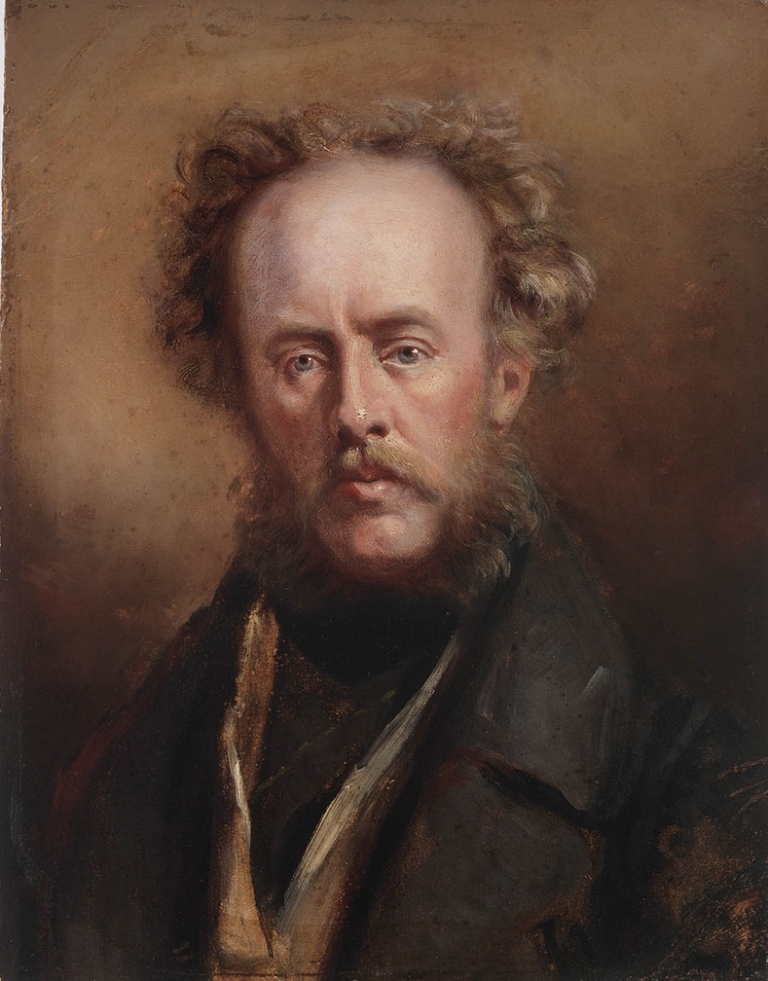
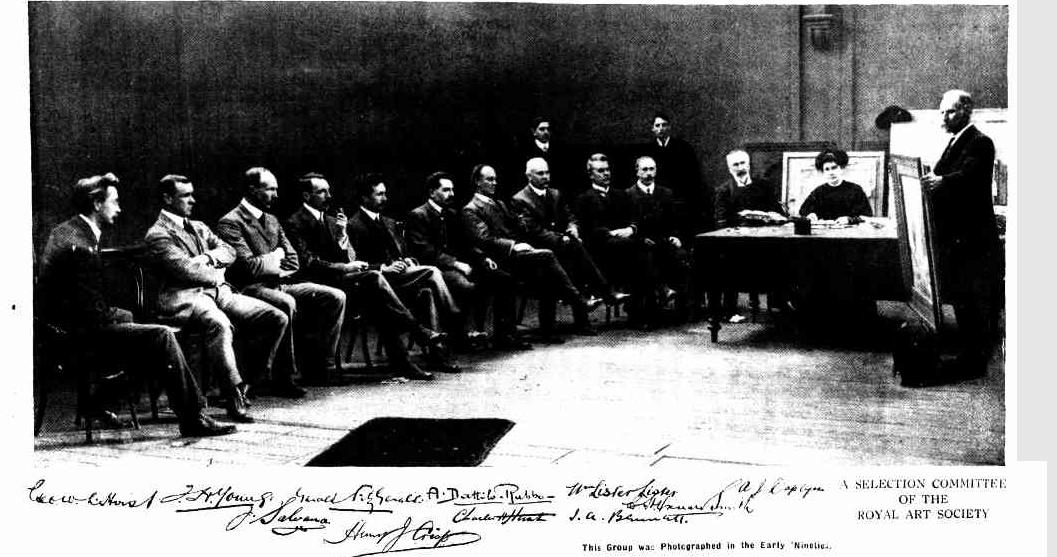
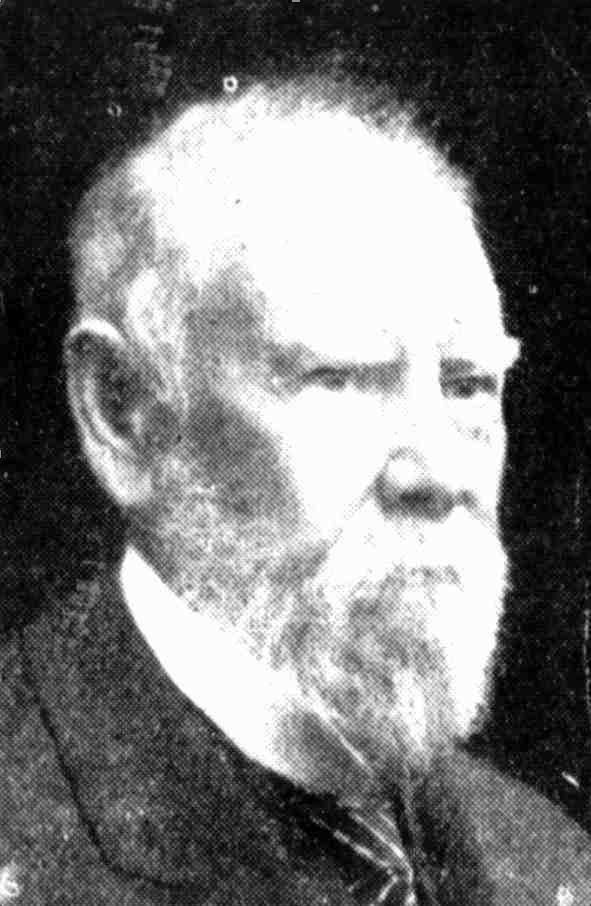
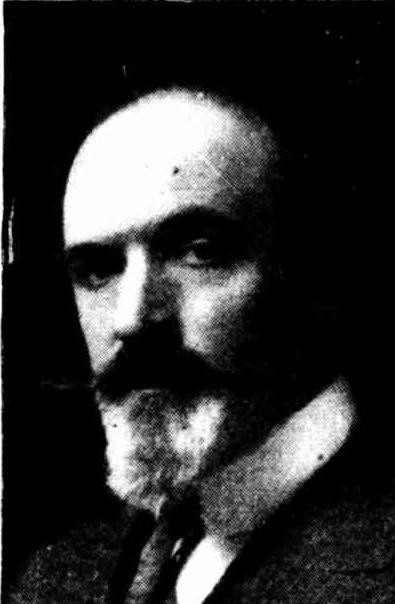
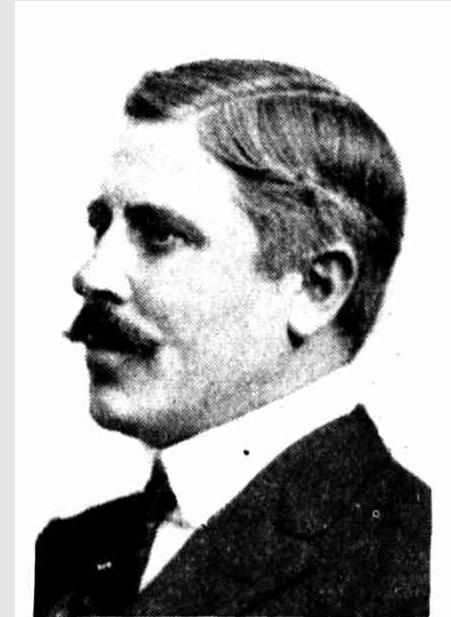
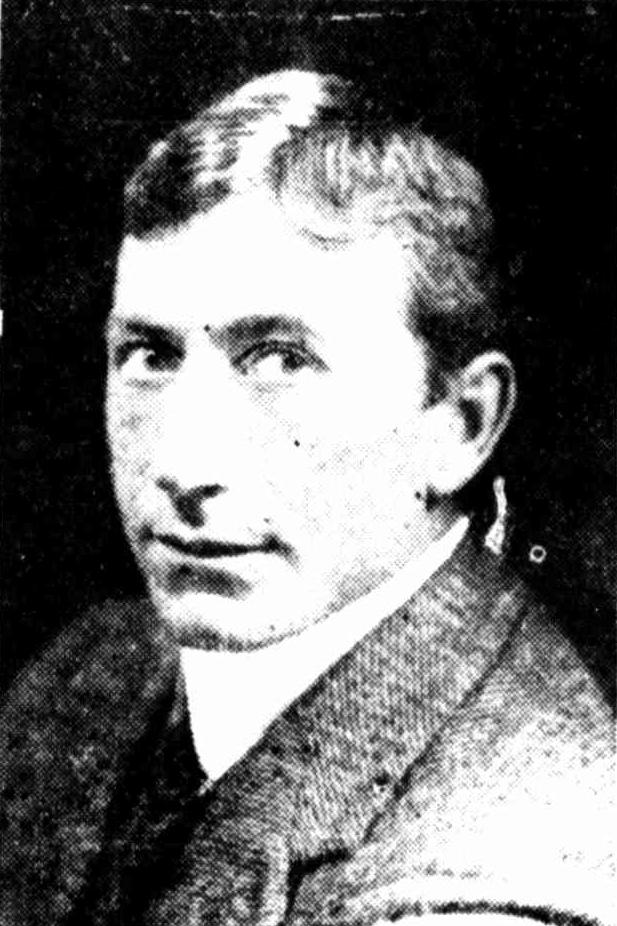
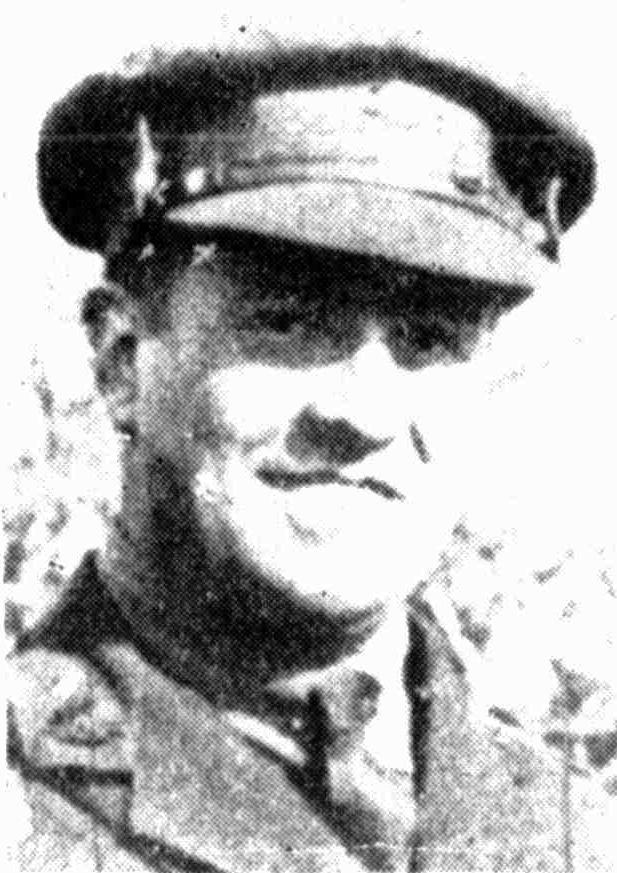
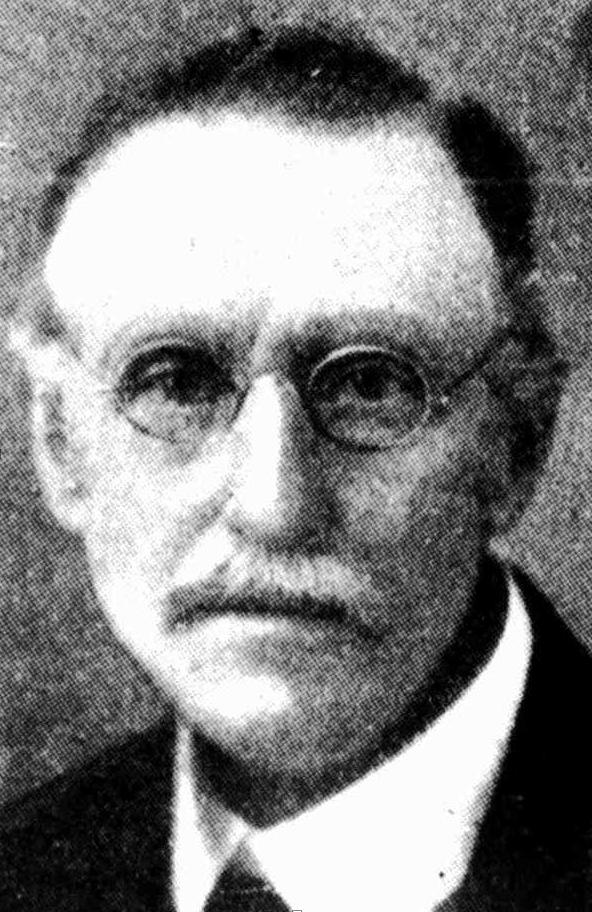
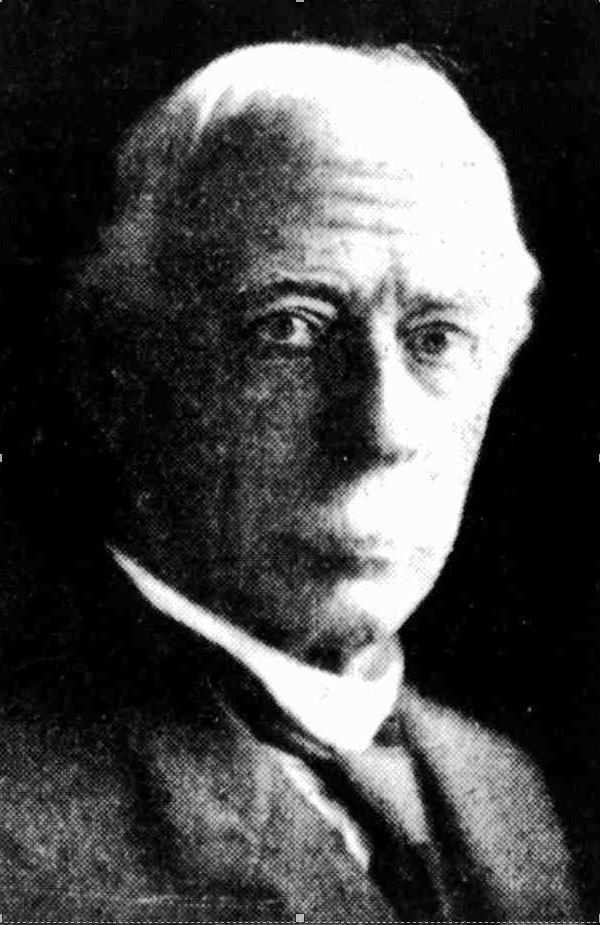
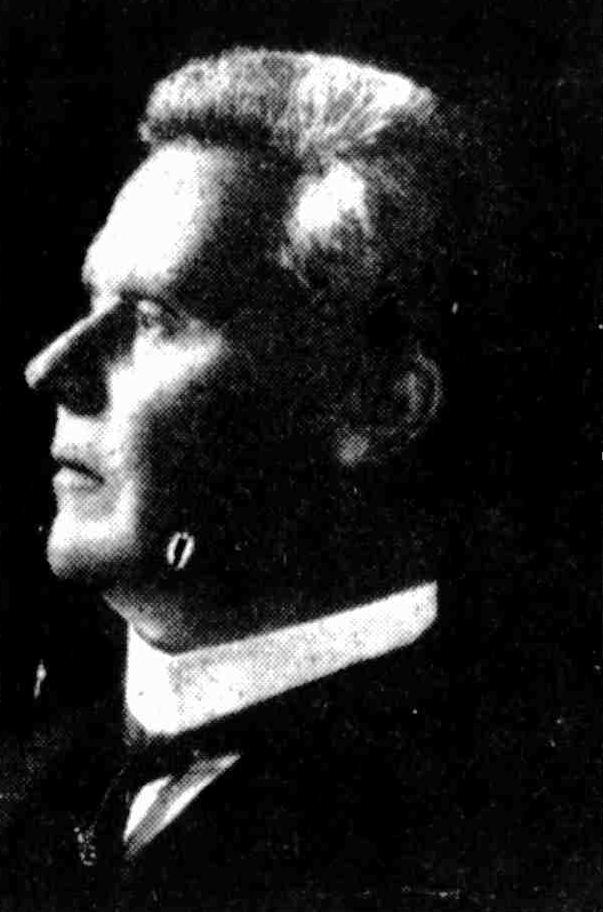
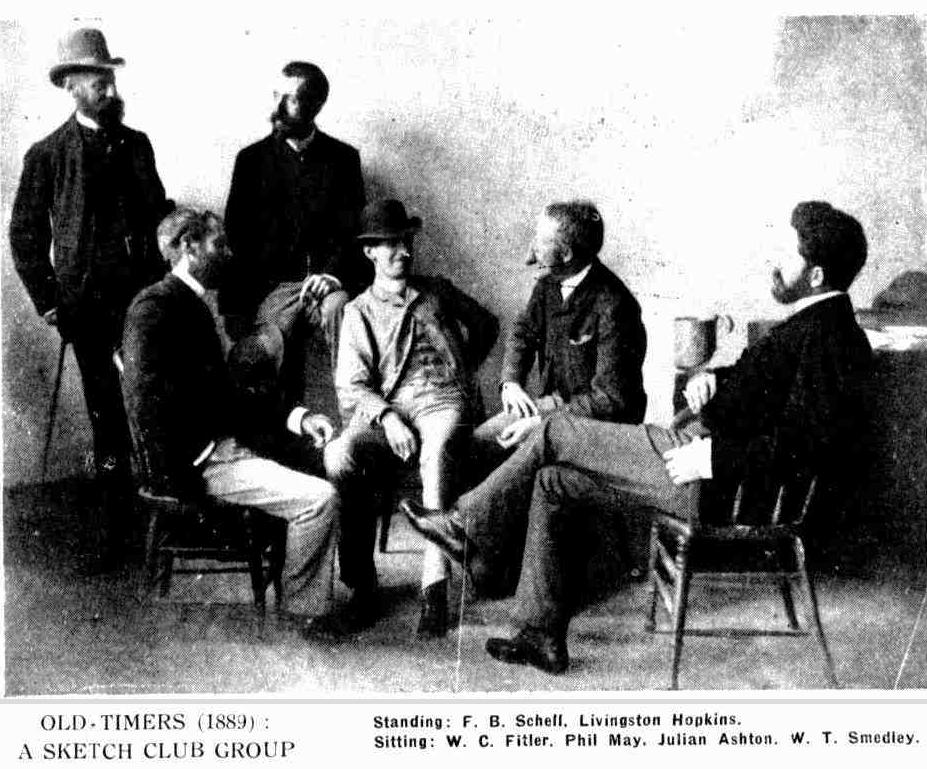
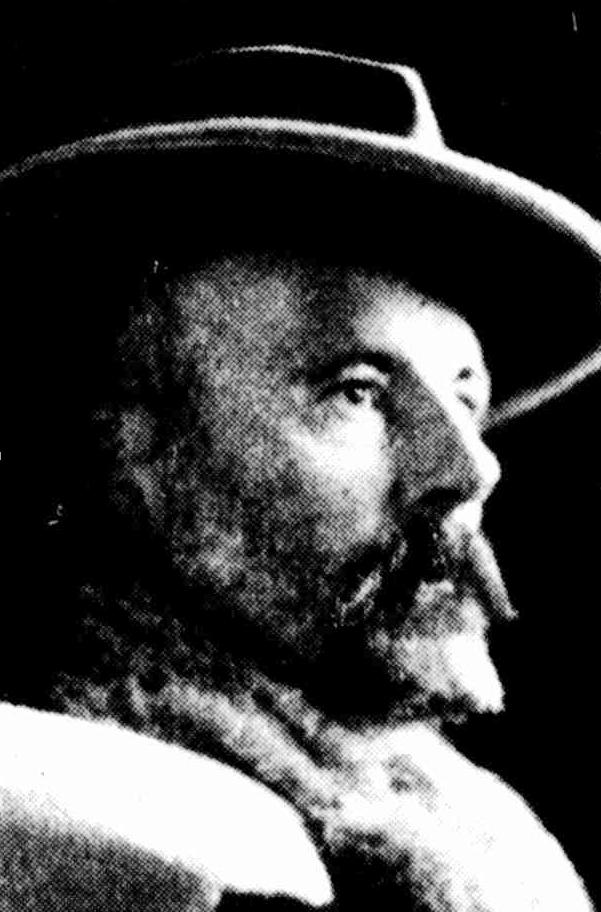
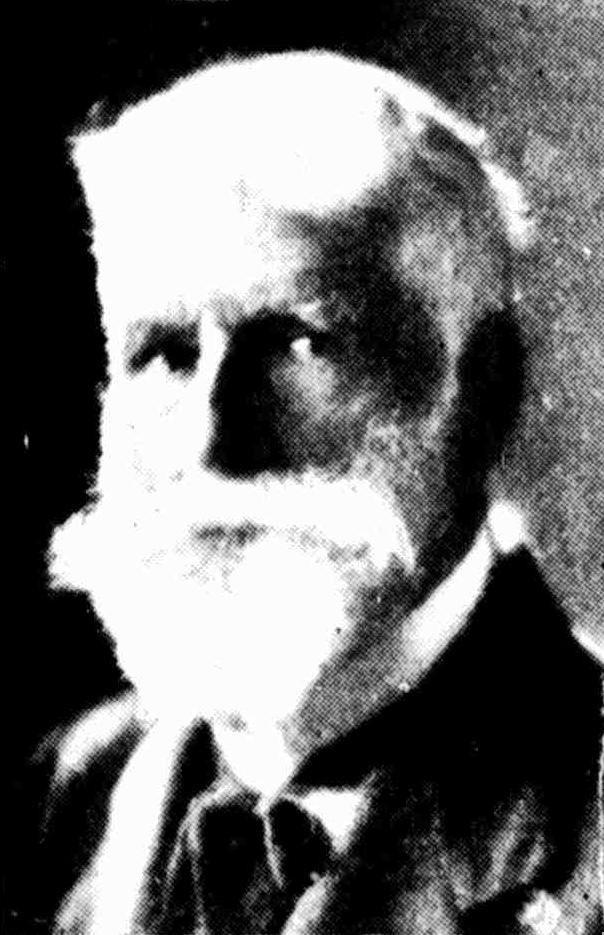
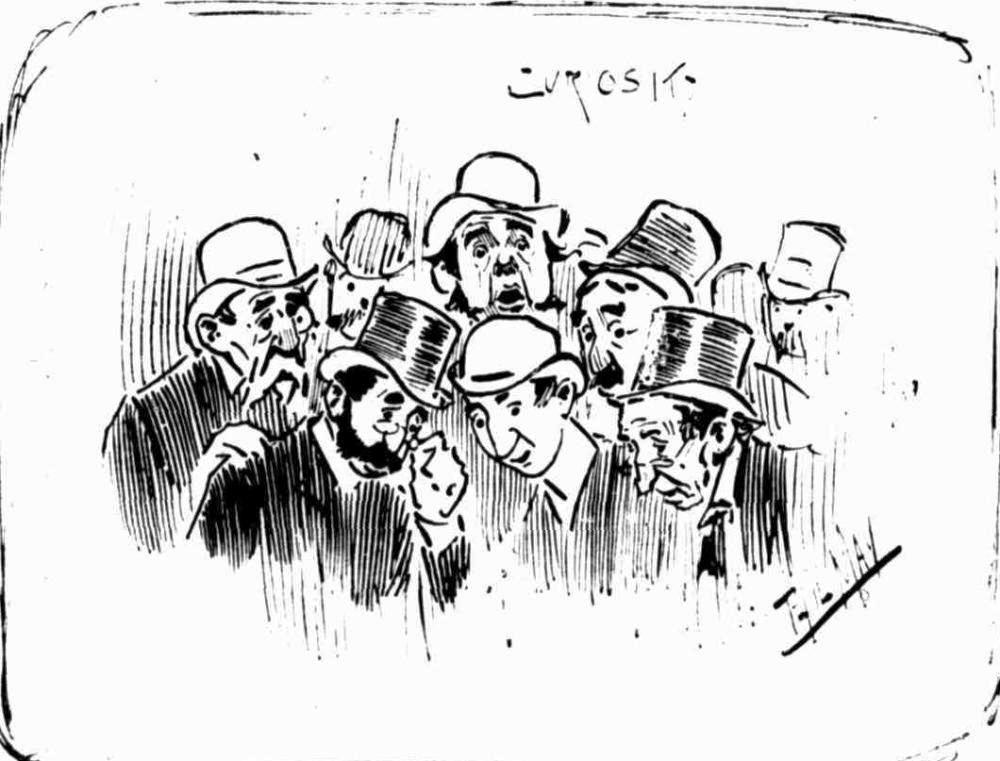
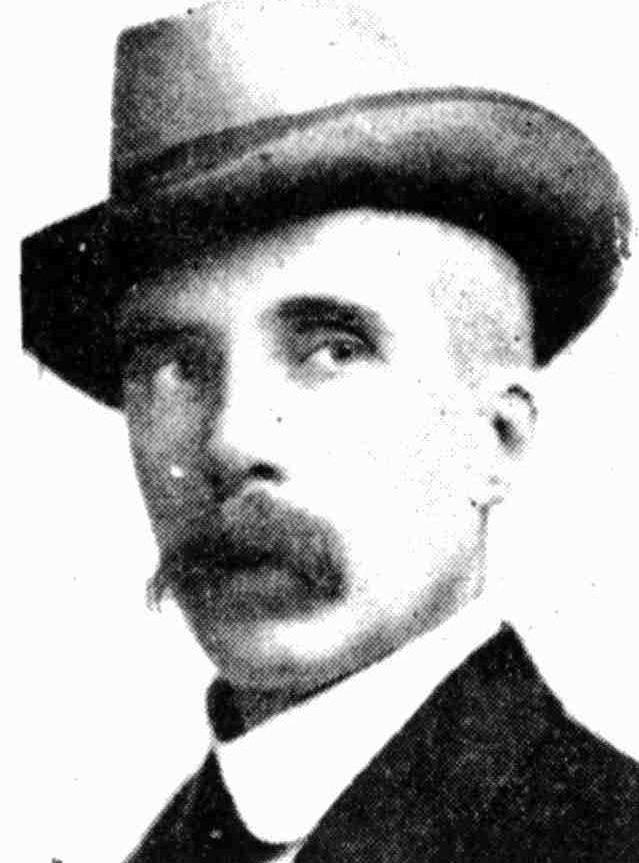
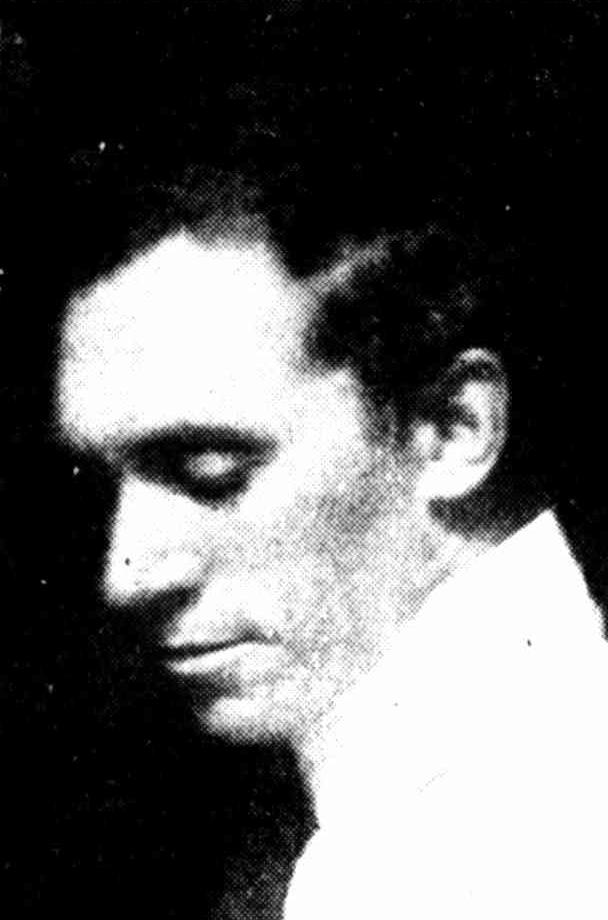
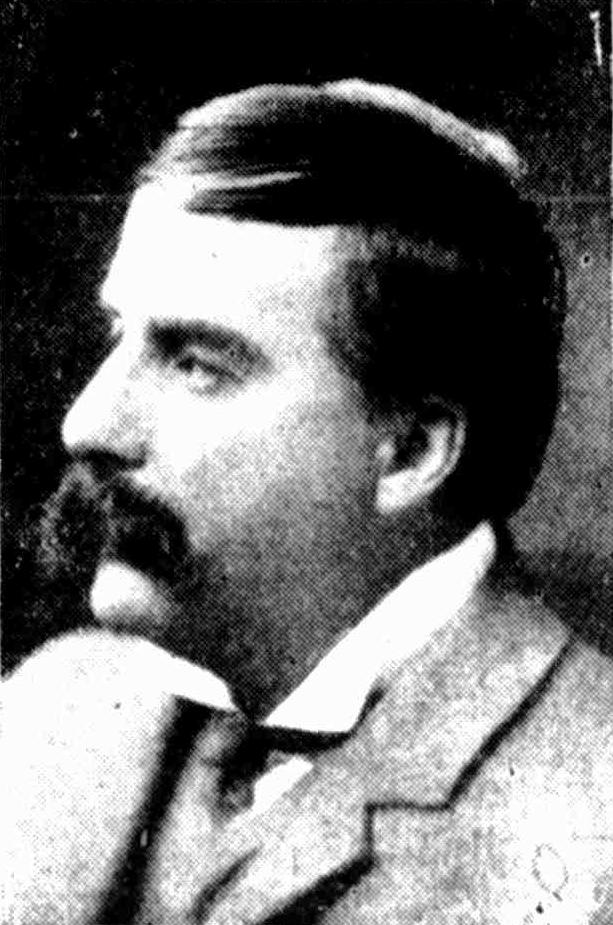
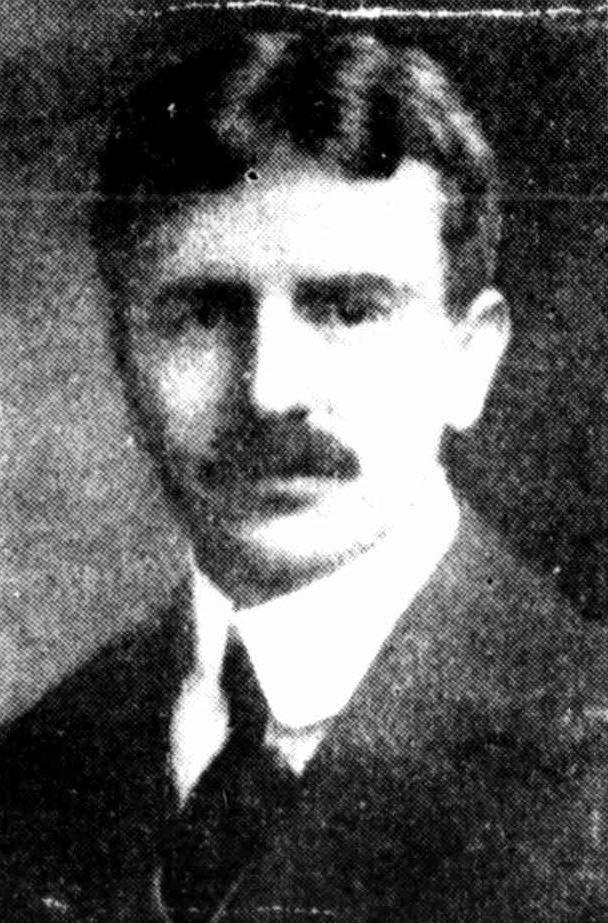
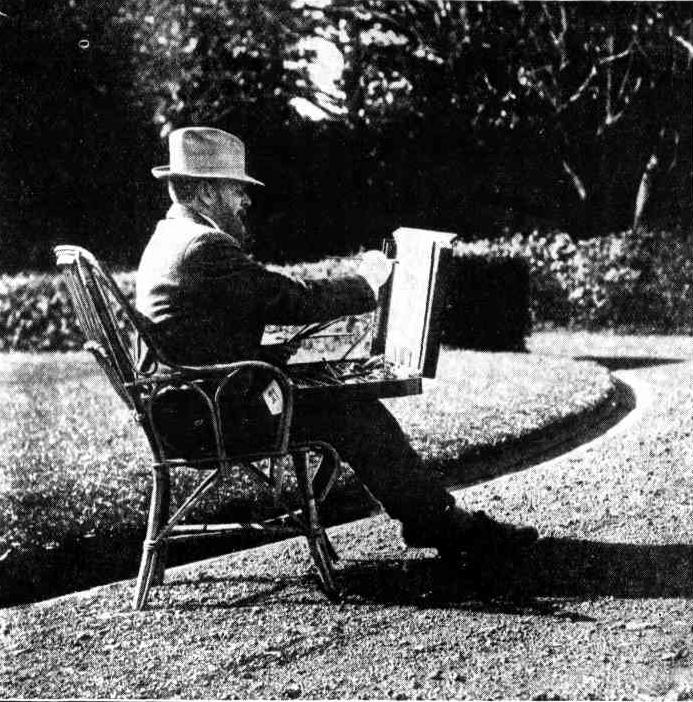
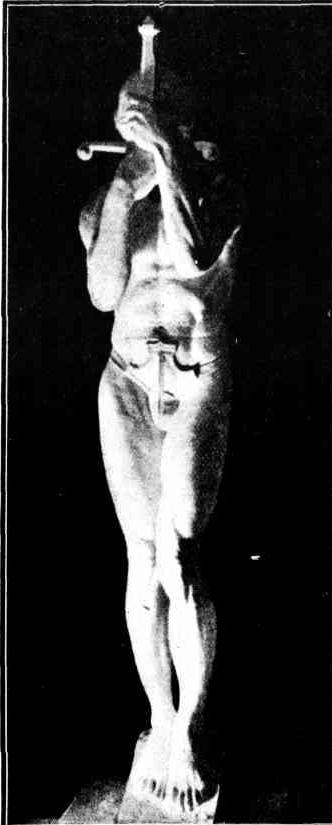
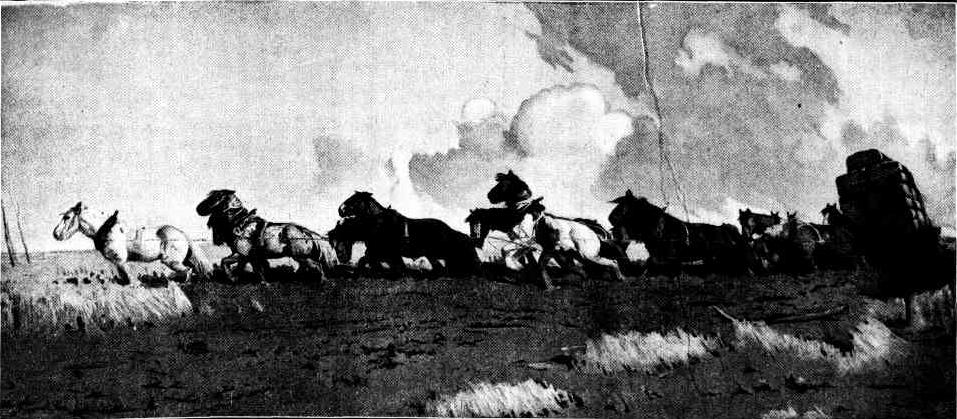
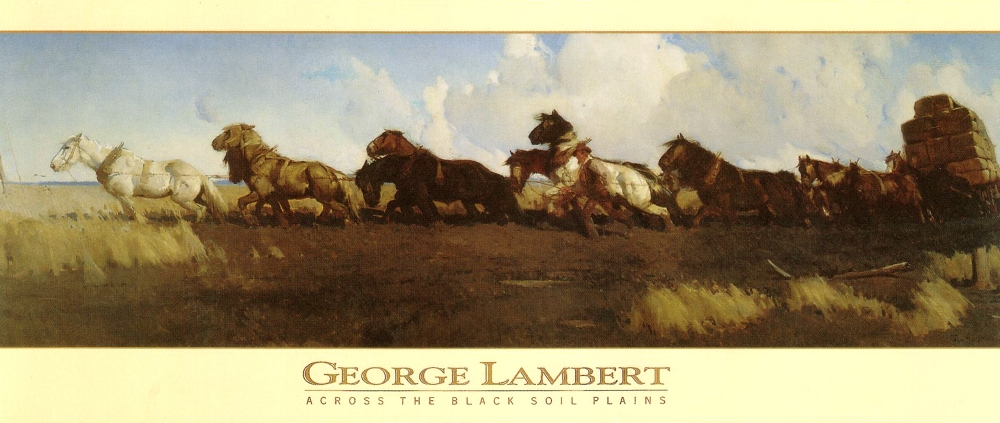
Buttrey - Lister Notes
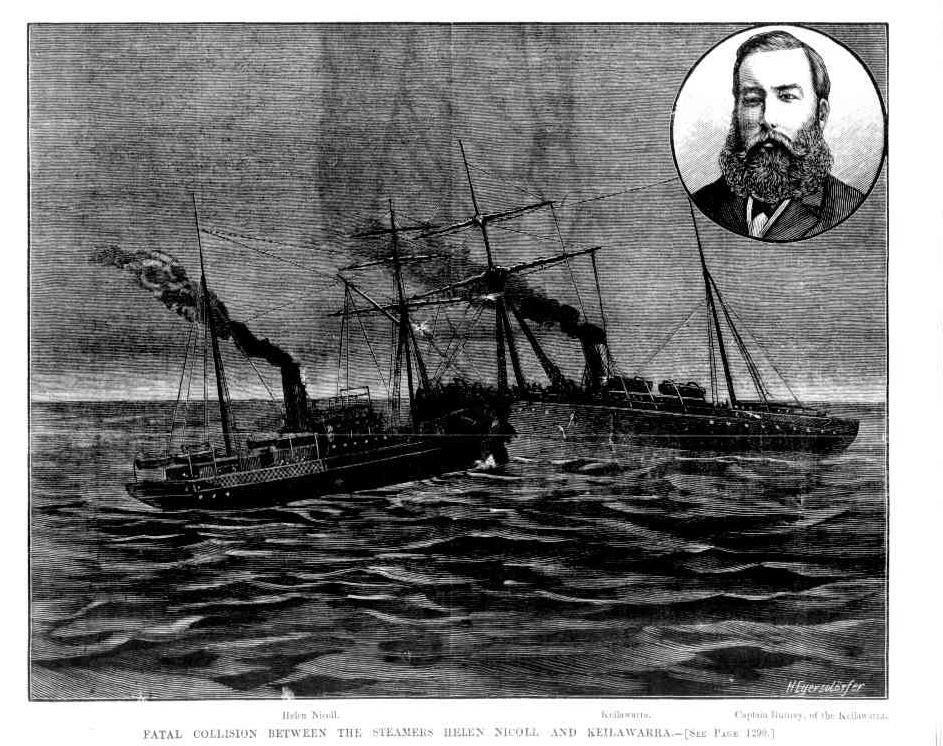
Previous History Pages:
Marie Byles Lucy Gullett Kookoomgiligai Frank Hurley Archpriest JJ Therry Sir Patrick Gordon Taylor Bowen Bungaree W. Bradley 1788 Journal Midholme Loggan Rock Cabin La Corniche La Corniche II Lion Island Bungan Beach Botham Beach Scarred Trees Castles in the Sand Dame Nellie Melba lunches at Bilgola Spring, 1914 First to Fly in Australia at North Narrabeen Mona Vale Golf Club's Annual Balls Governor Phillip camps on Resolute Beach Ruth Bedford Jean Curlewis Mollie Horseman Charlotte Boutin May Moore Neville W Cayley Leon Houreux Frederick Wymark Sir Adrian Curlewis Bilgola Heron Cove Mullet Creek Shark Point Woodley's Cottage A Tent at The Basin Collin's Retreat-Bay View House-Scott's Hotel Bilgola Cottage and House The First Pittwater Regatta Women Cricketers Picnic Filmed In Pittwater Governor Phillip's Barrenjoey Cairn Waradiel Season The Church at Church Point Gov. Phillip's Exploration of Broken Bay, 2 - 9 March 1788 Petroglyths: Aboriginal Rock Art on the Northern Beaches Avalon Headland Landmarks Steamers Part I Pittwater Aquatic Club Part I Woody Point Yacht Club Royal Motor Yacht Club Part I Dorothea Mackellar Elaine Haxton Neva Carr Glynn Margaret Mulvey Jean Mary Daly Walter Oswald Watt Wilfrid Kingsford Smith John William Cherry George Scotty Allan McCarrs Creek Narrabeen Creek Careel Creek Currawong Beach Creek Bushrangers at Pittwater Smuggling at Broken Bay An Illicit Still at McCarr's Creek The Murder of David Foley Mona Vale Outrages Avalon Camping Ground Bayview Koala Sanctuary Ingleside Powder Works Palm Beach Golf Course Avalon Sailing Club Mona Vale Surf Life Saving Club Palm Beach SLSC Part I - The Sheds Warriewood SLSC Whale Beach SLSC Flagstaff Hill Mount Loftus Pill Hill Sheep Station Hill S.S. Florrie S.S. Phoenix and General Gordon Paddlewheeler MV Reliance The Elvina Florida House Careel House Ocean House and Billabong Melrose-The Green Frog The Small Yacht Cruising Club of Pittwater Canoe and I Go With The Mosquito Fleet - 1896 Pittwater Regattas Part I - Dates and Flagships to 1950 Shark Incidents In Pittwater The Kalori Church Point Wharf Bayview Wharf Newport Wharf Palm Beach Jetty - Gow's Wharf Max Watt Sir Francis Anderson Mark Foy John Roche Albert Verrills Broken Bay Customs Station At Barrenjoey Broken Bay Water Police Broken Bay Marine Rescue - Volunteer Coastal Patrol Pittwater Fire-Boats Prospector Powder Hulk at Towler's Bay Naval Visits to Pittwater 1788-1952 Pittwater's Torpedo Wharf and Range Naval Sea Cadets in Pittwater S.S. Charlotte Fenwick S.S. Erringhi P.S. Namoi S.Y. Ena I, II and III Barrenjoey Headland - The Lessees Barrenjoey Lighthouse - The Construction Barrenjoey Broken Bay Shipwrecks Up To 1900 Barrenjoey Light Keepers Douglas Adrian Ross Newport SLSC 1909 - 1938 Part I Overview North Narrabeen SLSC - The Formative Years Bilgola SLSC - the First 10 years North Palm Beach SLSC A History of Pittwater Parts 1 and 4 Pittwater Regattas - 1907 and 1908 Pittwater Regattas - 1921 - The Year that Opened and Closed with a Regatta on Pittwater Pittwater Regatta Banishes Depression - 1933 The 1937 Pittwater Regatta - A Fashionable Affair Careel Bay Jetty-Wharf-Boatshed Gow-Gonsalves Boatshed -Snapperman Beach Camping at Narrabeen - A Trickle then a Flood Pittwater's Parallel Estuary - The Cowan 'Creek' RMYC Broken Bay Boathouse and Boatshed Barrenjoey Boat House The Bona - Classic Wooden Racing Yacht Mona Vale Hospital Golden Jubilee - A Few Insights on 50 Years as a Community Hospital Far West Children's Health Scheme - the Formation Years The First Scotland Island Cup, Trophy and Race and the Gentleman who loved Elvina Bay Royal Motor Yacht Club Broken Bay NSW - Cruiser Division History - A History of the oldest division in the Royal Motor Yacht Club Royal Motor Yacht Club Broken Bay Early Motor Boats and Yachts, their Builders and Ocean Races to Broken Bay, the Hawkesbury and Pittwater The Royal Easter Show Began As the Royal Agricultural Society of New South Wales The Mail Route to Pittwater and Beyond The Wild Coachmen of Pittwater - A Long and Sometimes Bumpy Ride on Tracks Instead of Roads The Fearless Men of Palm Beach SLSC's Surf Boats First Crews - A Tale of Viking Ships, Butcher Boats and Robert Gow's Tom Thumb 'Canoe' Furlough House Narrabeen - Restful Sea Breezes For Children and Their Mothers From Telegraphs to Telephones - For All Ships at Sea and Those On Land Mona Vale Training Grounds - From Lancers on Horses to Lasses on Transport Courses Fred Verrills; Builder of Bridges and Roads within Australia during WWII, Builder of Palm Beach Afterwards Communications with Pittwater Ferries To Pittwater A History of Pittwater - Part 4: West Head Fortress Pittwater's Lone Rangers - 120 Years of Ku-Ring-Gai Chase and the Men of Flowers Inspired by Eccleston Du Faur Early Pittwater Launches and Ferries Runs Avalon Beach SLSC - The First Clubhouse Avalon Beach SLSC The Second and Third Clubhouses From Beneath the Floorboards at Hyde Park Barracks Bungaree Was Flamboyant Andrew Thompson - 'Long Harry' Albert Thomas Black John Collins of Avalon Narrabeen Prawning Times - A Seasonal Tide of Returnings Oystering in the Pittwater Estuary - Oyster Kings and Pearl Kings and When Not to Harvest Oysters Yabbying In Warriewood Creeks Eeling in Warriewood's Creeks (Includes A Short History of community involvement in environmental issues/campaigns in and around Narrabeen Lagoon - 1974 to present by David James OAM) Eunice Minnie Stelzer - Pittwater Matriarchs Maria Louisa Therry - Pittwater Matriarch Katherine Mary Roche - Pittwater Matriarchs Sarah A. Biddy Lewis and Martha Catherine Bens Pittwater Matriarchs Pittwater's New Cycle Track of 1901 Manly to Newport The Rock Lily Hotel Barrenjoey House The Pasadena Jonah's St Michael's Arch The First Royal Visitor to Australia: the Incident at Clontarf March 12th, 1868 Pittwater: Lovely Arm of the Hawkesbury By NOEL GRIFFITHS - includes RMYC Wharf and Clareville Wharf of 1938 + An Insight into Public Relations in Australia George Mulhall First Champion of Australia in Rowing - First Light-Keeper at Barranjuey Headland Captain Francis Hixson - Superintendent of Pilots, Lights, and Harbours and Father of the Naval Brigade The Marquise of Scotland Island The First Boat Builders of Pittwater: the Short Life and Long Voyages of Scotland Island Schooner the Geordy Boat Builders of Pittwater II: from cargo schooners and coasters to sailing skiffs and motorised launches The Currawong: Classic Yacht The Riddles of The Spit and Bayview/ Church Point: sailors, boat makers, road pavers winning rowers VP Day Commemorative Service 2015 – at Avalon Beach RSL Cenotaph: 70th Anniversary Captain T. Watson and his Captain Cook Statues: A Tribute to Kindness Pittwater Reserves: The Green Ways; Hordern or Wiltshire Parks to McKay Reserve – From Beach to Estuary Pittwater Reserves, The Green Ways: Clareville Wharf and Taylor's Point Jetty Pittwater Reserves: The Green Ways Bilgola Beach - The Cabbage Tree Gardens and Camping Grounds - Includes Bilgola - The Story Of A Politician, A Pilot and An Epicure by Tony Dawson and Anne Spencer Pittwater Reserves - The Green Ways: Mona Vale's Village Greens a Map of the Historic Crown Lands Ethos Realised in The Village, Kitchener and Beeby Parks Pittwater Reserves: The Green Ways; Bungan Beach and Bungan Head Reserves: A Headland Garden Early Pittwater Paddlers, Oarsmen, Rowers and Scullers: The Green Family Elanora - Some Early Notes and Pictures The Stewart Towers On Barrenjoey Headland Early Pittwater Paddlers, Oarsmen, Rowers and Scullers: The Williams Family Early Cricket in Pittwater: A small Insight Into the Noble Game from 1880's On The Pacific Club's 2016 Carnival in Rio Fundraiser for Palm Beach SLSC Marks the 79th Year of Support Bert Payne Park, Newport: Named for A Man with Community Spirit Early Pittwater Paddlers, Oarsmen, Rowers and Scullers: The Fox Family Surf Carnivals in February 1909, 1919, 1925, a Fancy Dress Rise of Venus and Saving Lives with Surfboards Early Pittwater Paddlers, Oarsmen, Rowers and Scullers: The Paddon Family of Clareville Mermaid Basin, Mona Vale Beach: Inspired 1906 Poem by Viva Brock Early Pittwater Schools: The Barrenjoey School 1872 to 1894 The Royal Easter Show and 125th Celebration of the Hawkesbury Agricultural College: Farmers Feed Us! The Newport School 1888 to 2016 Pittwater's Ocean Beach Rock Pools: Southern Corners of Bliss - A History The Royal Botanical Garden Sydney Celebrate 200 Years in 2016 The Porter Family of Newport: Five Brother Soldiers Serve in WWI Church Point and Bayview: A Pittwater Public School Set on the Estuary The Basin, Pittwater: A Reprise: Historical Records and Pictures Lighthouse Keepers Cottages You Can Rent in NSW - Designed or Inspired by Colonial Architect James Barnet: Includes Historic 'Lit' Days records Bayview Days Ships Biscuits - the At Sea Necessity that Floated William Arnott’s Success Mona Vale Public School 1906 to 2012 St Johns Camden: 176th And 167th Anniversaries In June 2016 - Places To Visit Narrabeen Lagoon And Collaroy Beachfront: Storms And Flood Tides Of The Past Avalon Beach Public School - A History Muriel Knox Doherty Sir Herbert Henry Schlink Shopping And Shops In Manly: Sales Times From 1856 To 1950 For A Fishing Village Royal Prince Alfred Yacht Club's 150th Sailing Season Opening: A Few Notes Of Old A Few Glimpses Into Narrabeen's Past Beauties Dr. Isobel Ida Bennett AO Taronga Zoo 100th Birthday Parade: 1000 Reasons To Celebrate War Memorials: Manly, October 14, 1916 Avalon Beach Golf Links: Pittwater Fields of Dreams II War Memorials - Mona Vale, November 14, 1926 Annie Wyatt Reserve Palm Beach: Pittwater Fields of Dreams II Tumbledown Dick Hill Waratah Farm and Narrabeen Plums: Pittwater Fields of Dreams II Mark Twain, J.F. Archibald And Henry Lawson - Did They Go Fishing At Narrabeen In The Spring Of 1895?: Probably! Bayview Baths Centenary Celebration in November 2016 hosted by Bayview-Church Point Residents Association Dr. Jenny Rosen's Historical Timeline Palm Beach RSL - Club Palm Beach Celebrating 60 Years Early Years At Narrabeen: The Plane Sailing Day Of 1944 The Five Ways- Six ways Junction; Kamikaze Corner - Avalon Bilgola RPAYC Season on Pittwater and coming of Jubilees in Summer of 1938 Local Explorers’ Modern Day Discovery - Governor Phillip’s First Landing site, Campsite and contact with Local Aborigines in Pittwater: The Case for West Head Beach Rendezvous Tea Rooms Palm Beach: links with 1817 and 1917: Palm Beach Stores and Fishermen St Cloud's Jersey Stud: Elanora Heights: Pittwater Fields of Dreams II Roderic Quinn's Poems And Prose For Manly, Beacon Hill, Dee Why And Narrabeen A Historic Catalogue And Record Of Pittwater Art I – Of Places, Peoples And The Development Of Australian Art And Artists: The Estuary Celebrating World Radio Day: The Bilgola Connection With The Beginnings Of Radio In Australia Emile Theodore Argles - champion of all Australians without a Voice - a very funny Satirist, Manly Poet and Pittwater Prose Writer and Litterateur Sydney Harbour Bridge Celebrates 85th Birthday: A Few Pittwater Connections Victor James Daley: A Manly Bard And Poet who also came to Pittwater and the Hawkesbury Let's Go Fly A Kite !: Palm Beach Whistling Kites Inspire sharing How to Make Standard, Box and Whistling Boy Kites - school holidays fun with a bit of Australian and Narrabeen history Clifton Gardens Mosman: An Eternal Green and Saltwater Space, and Of Many Captains